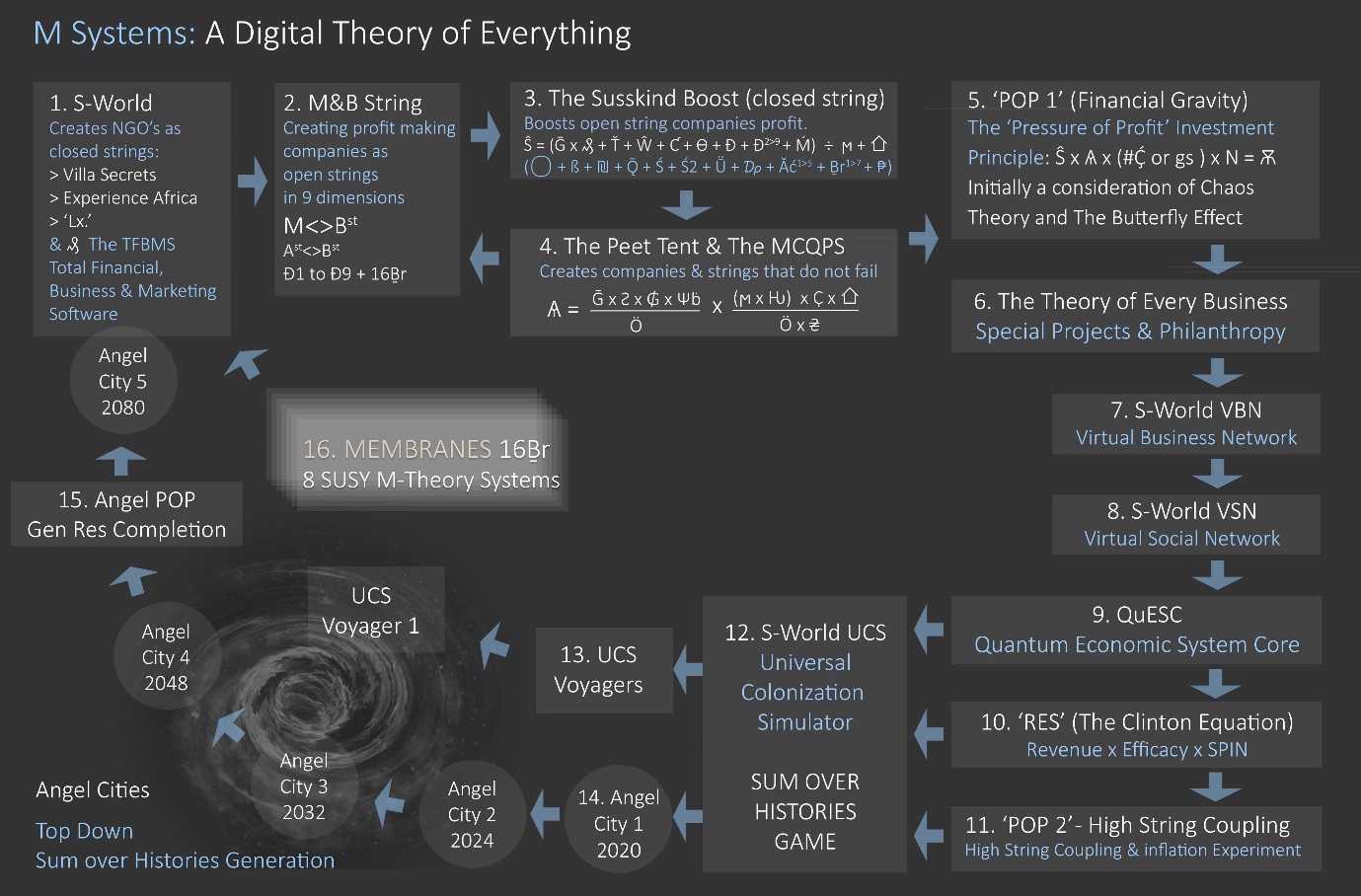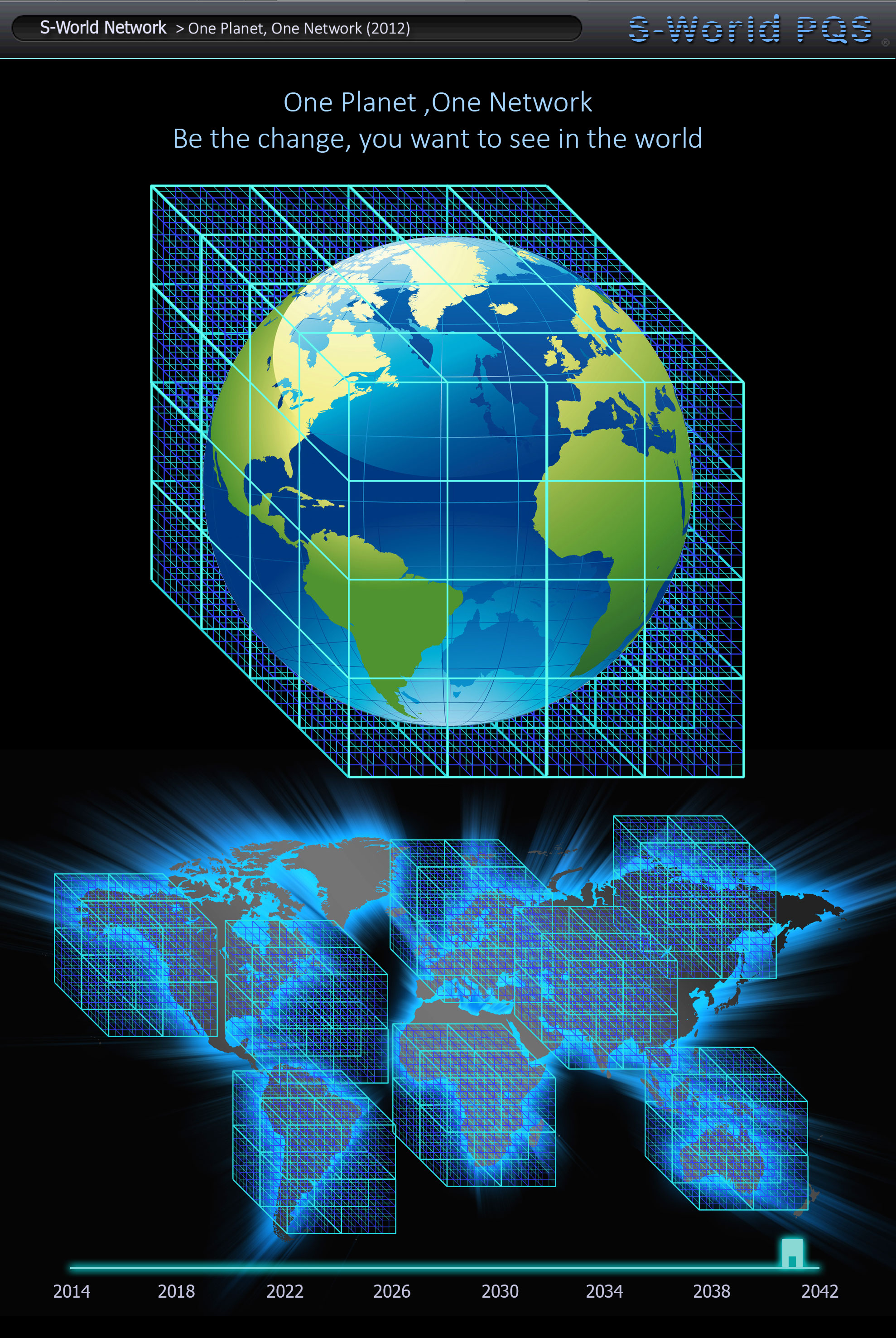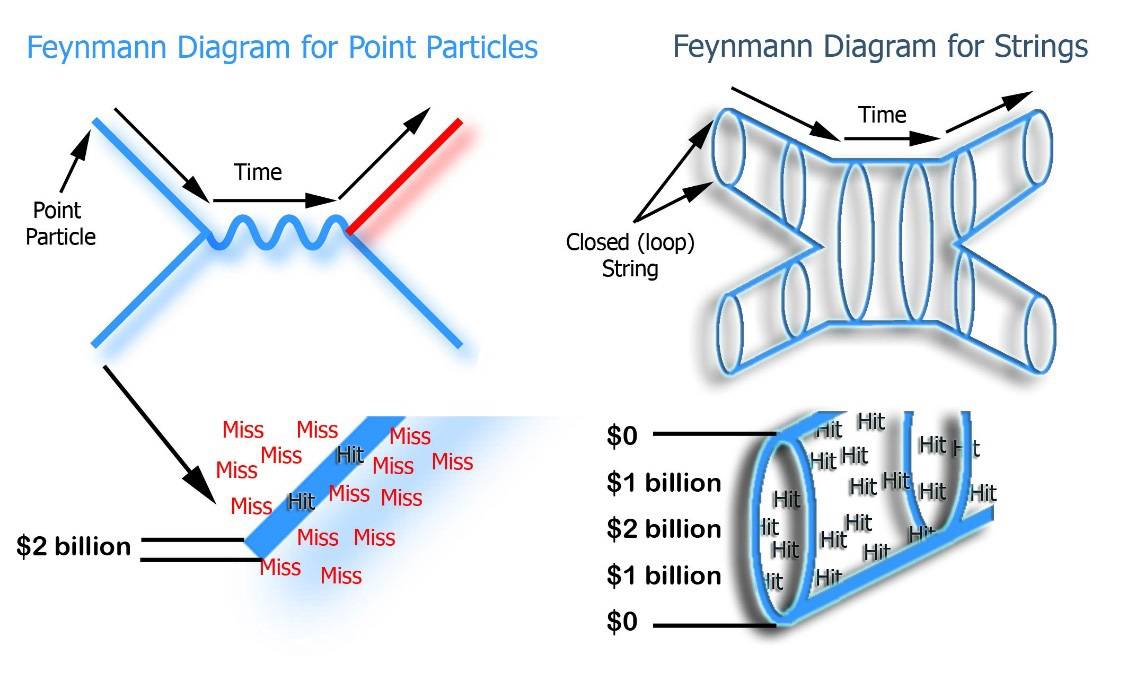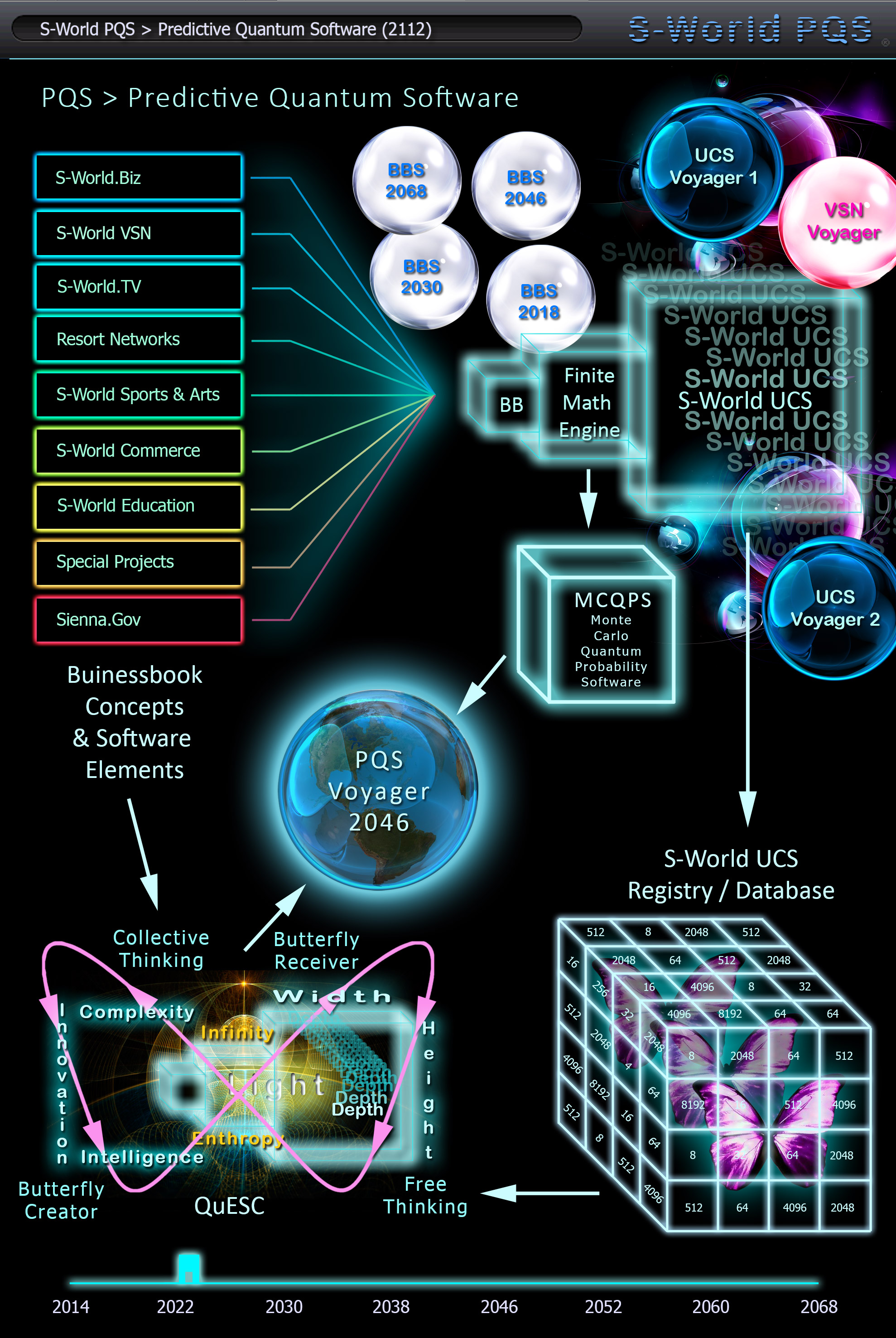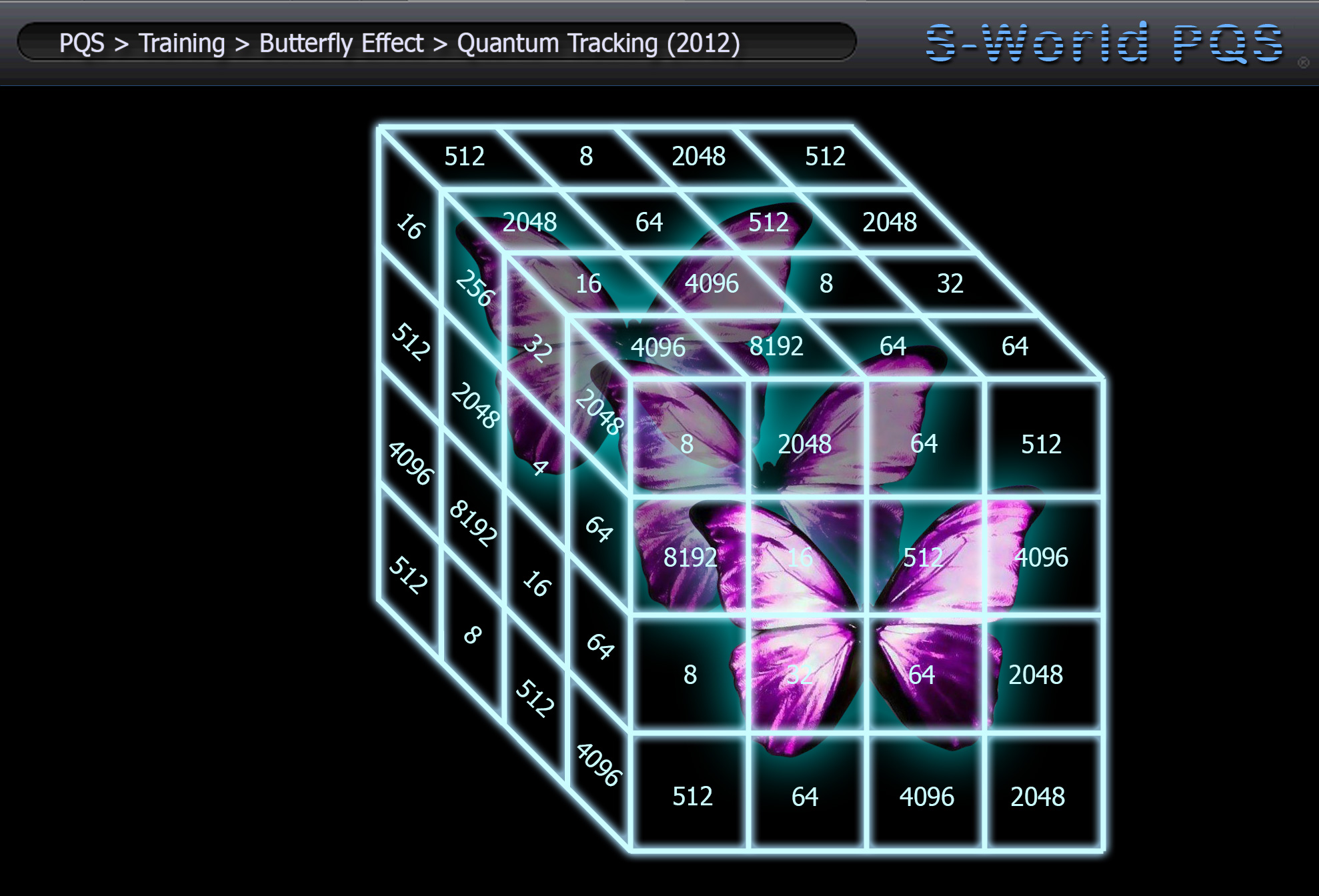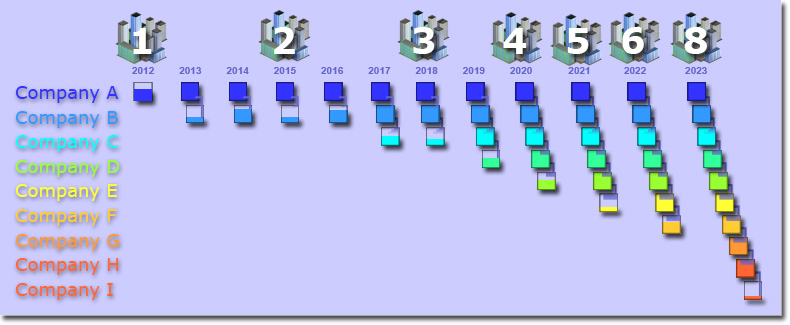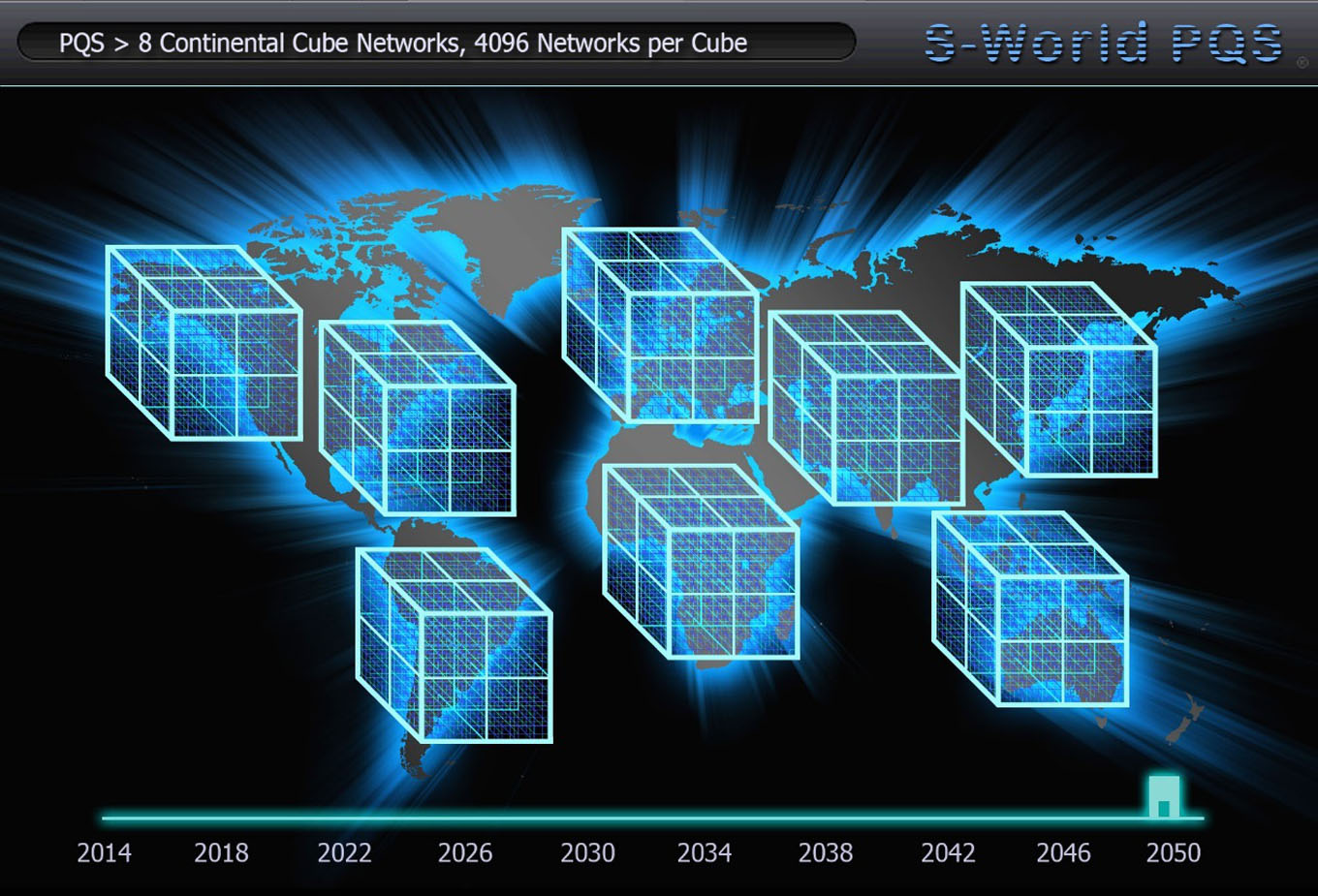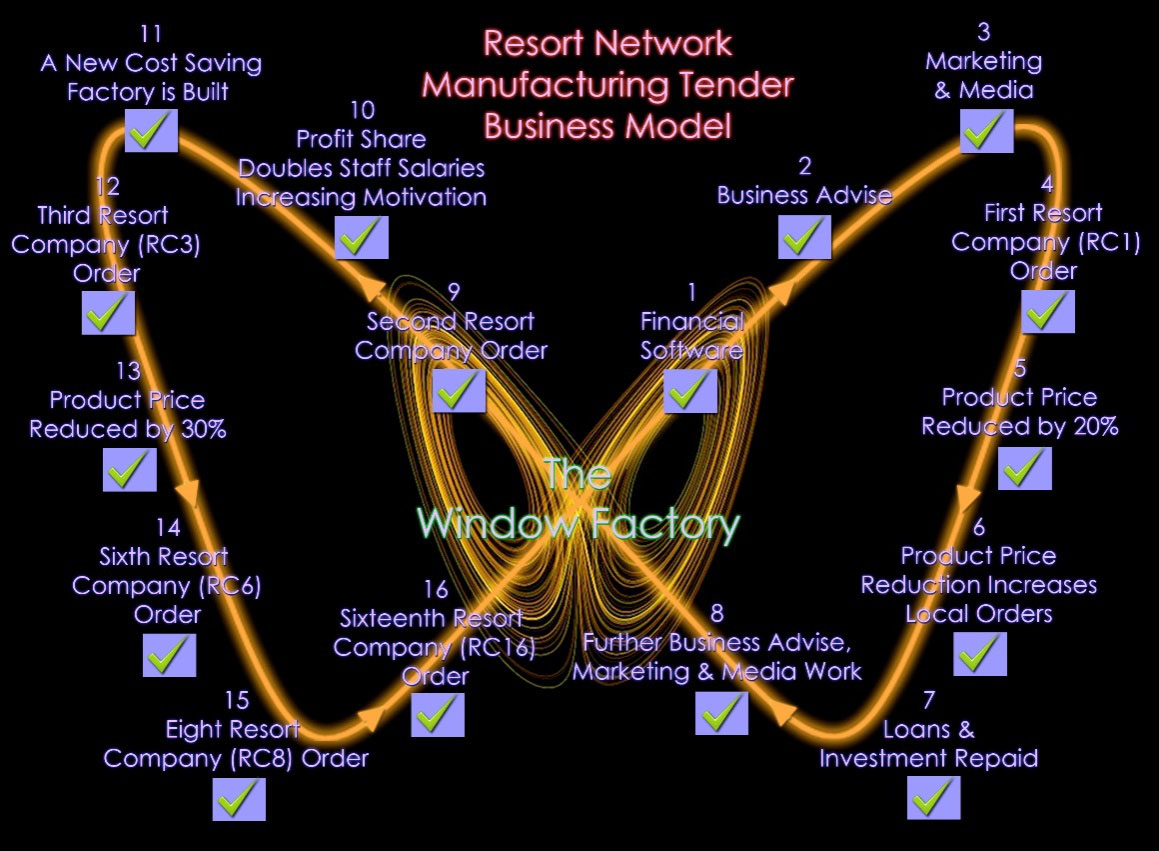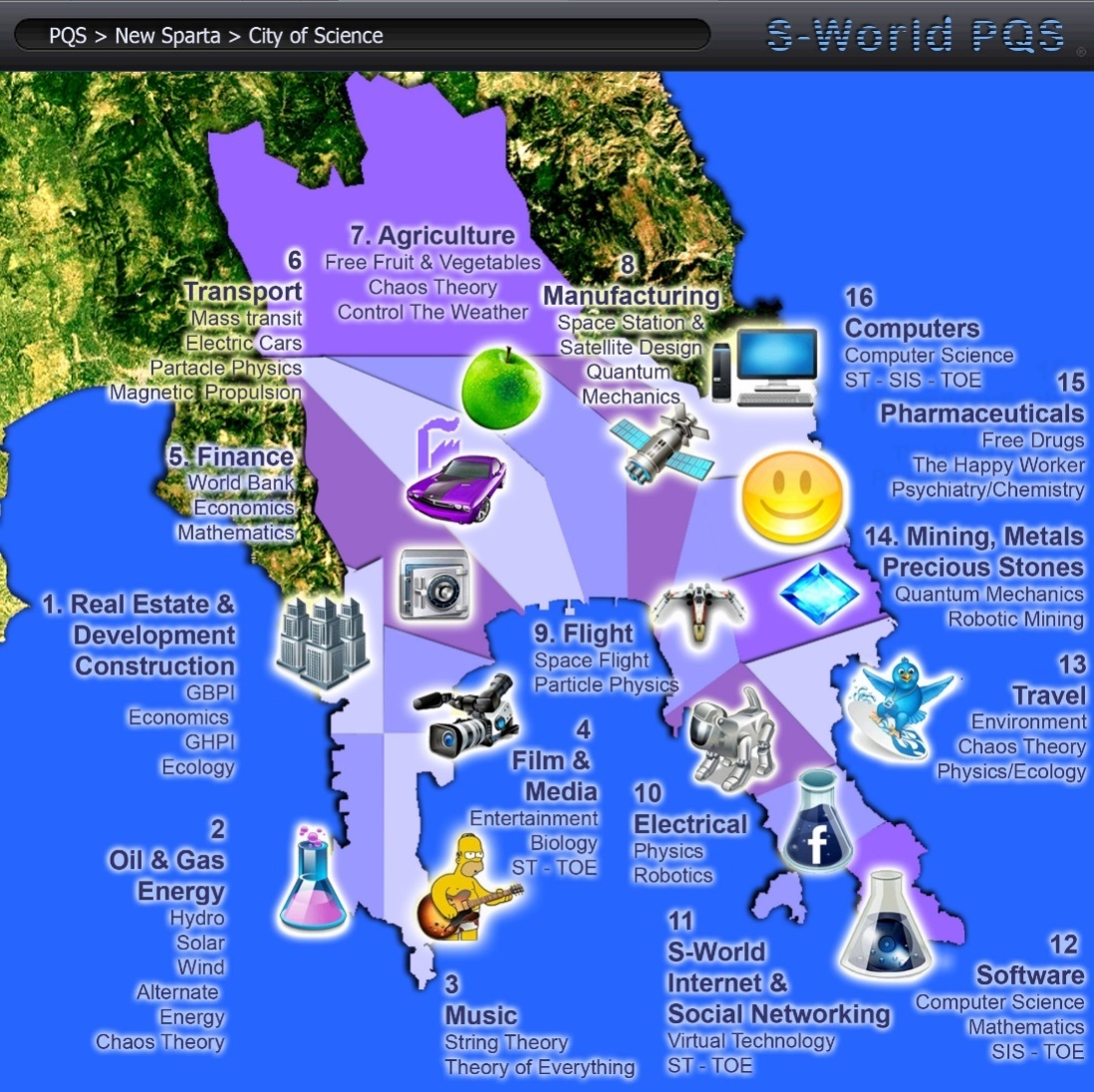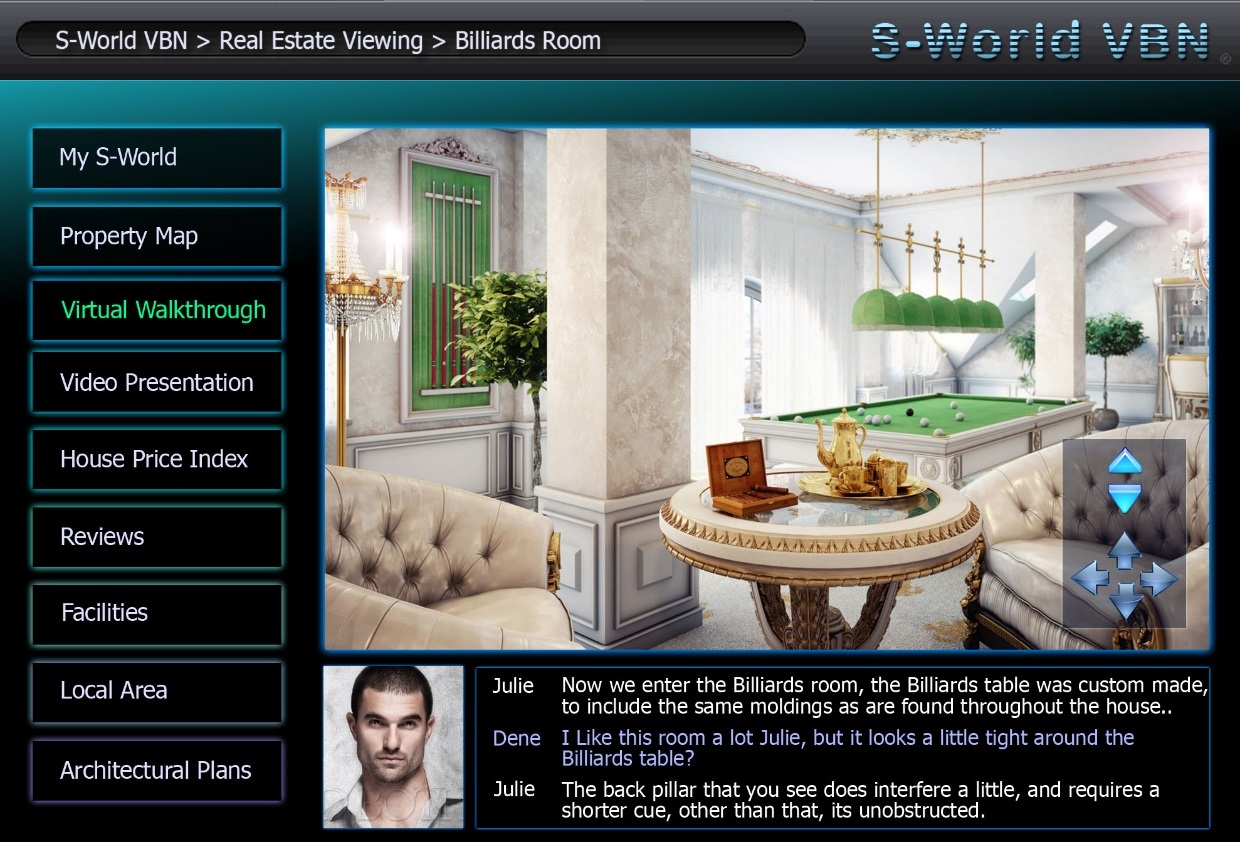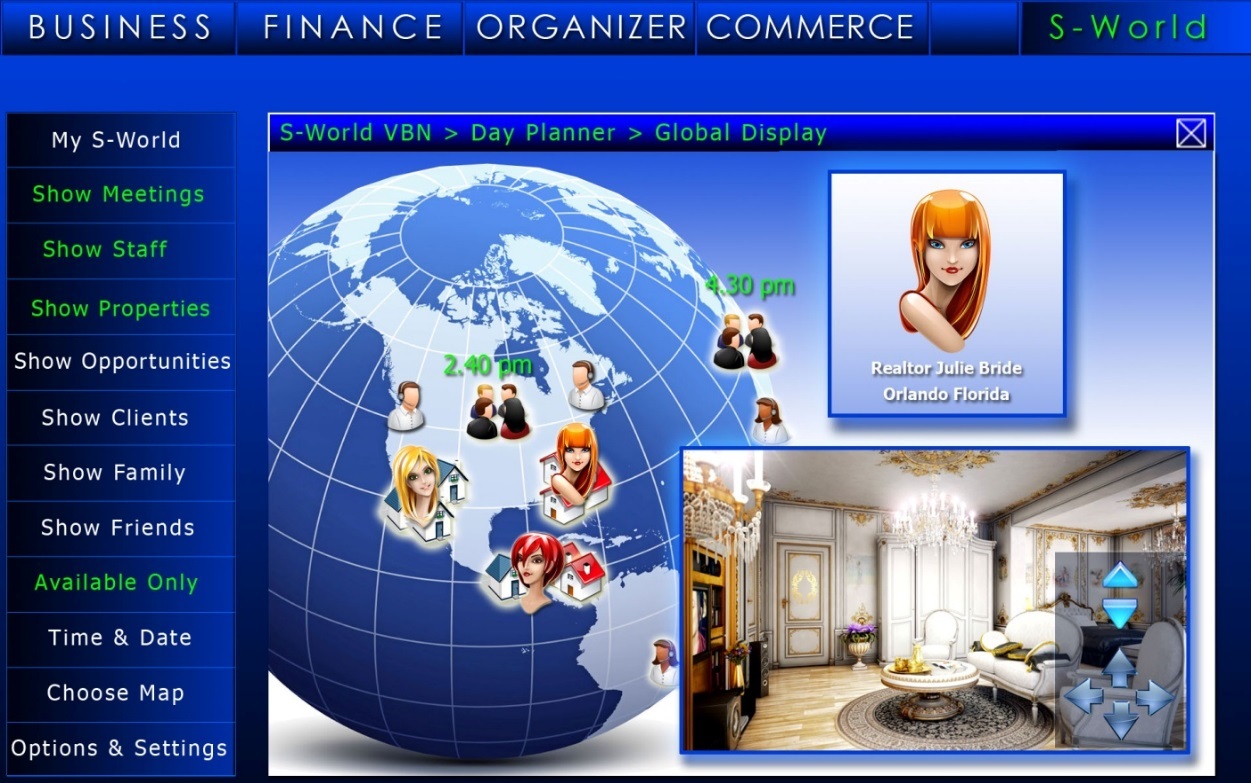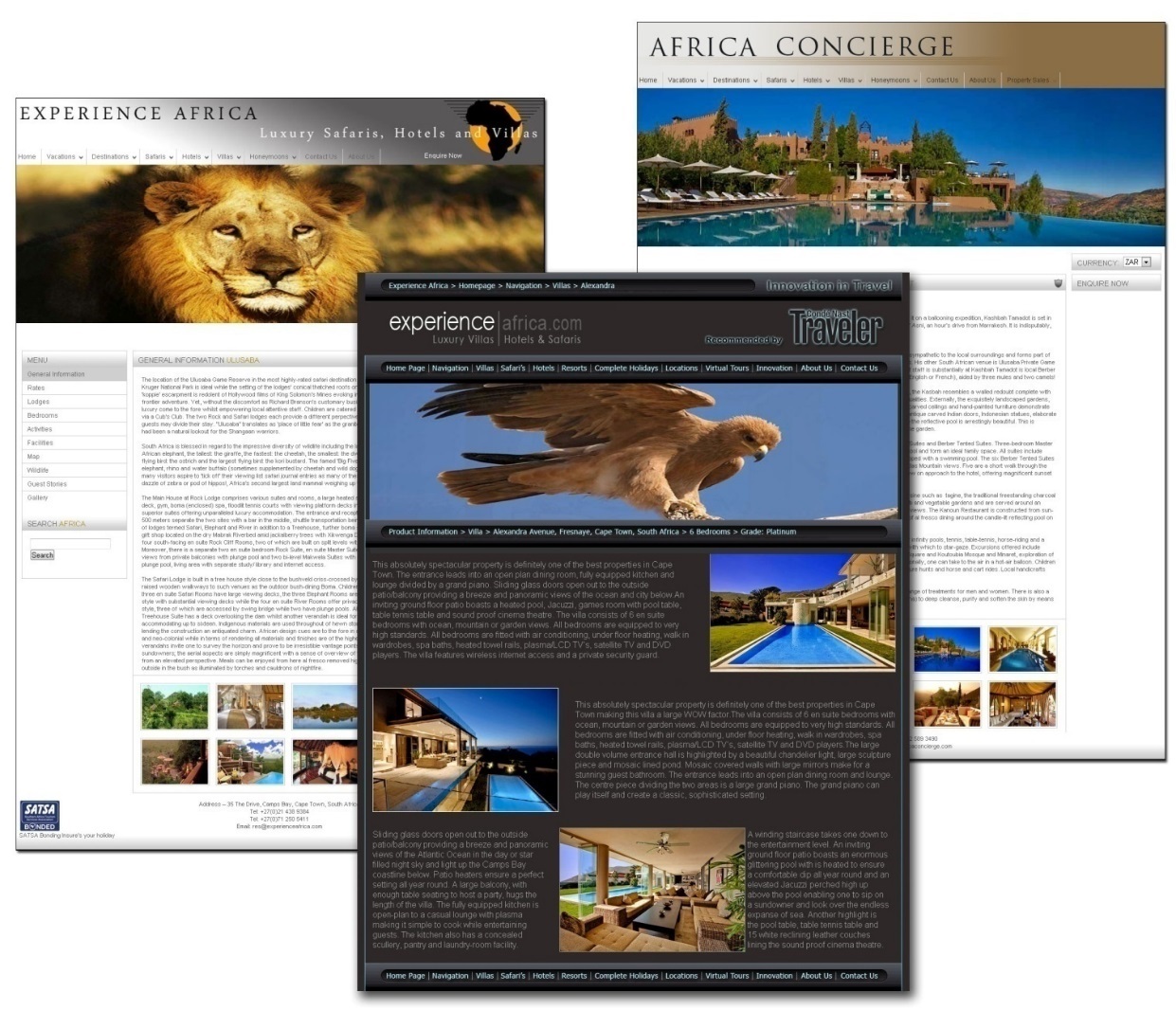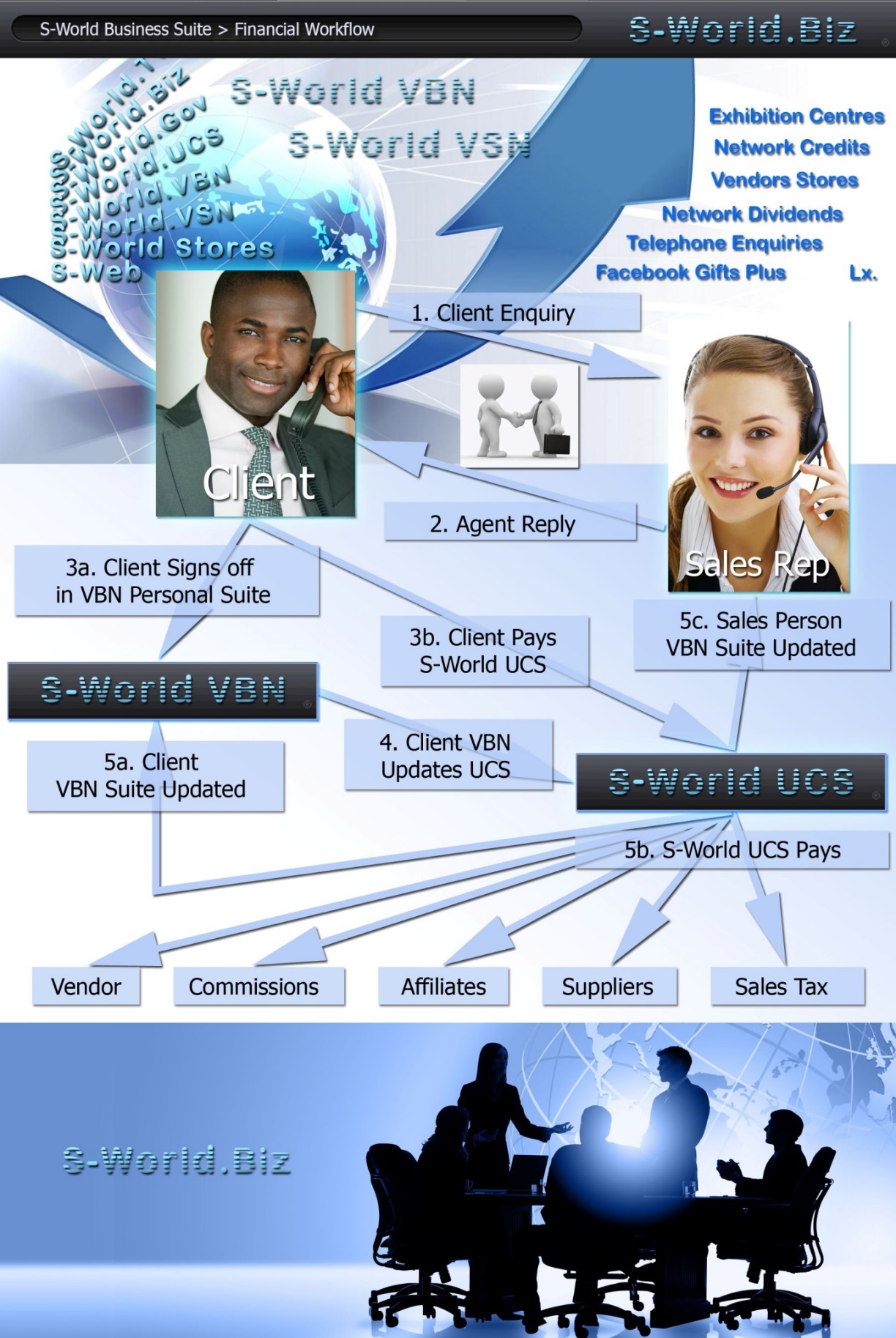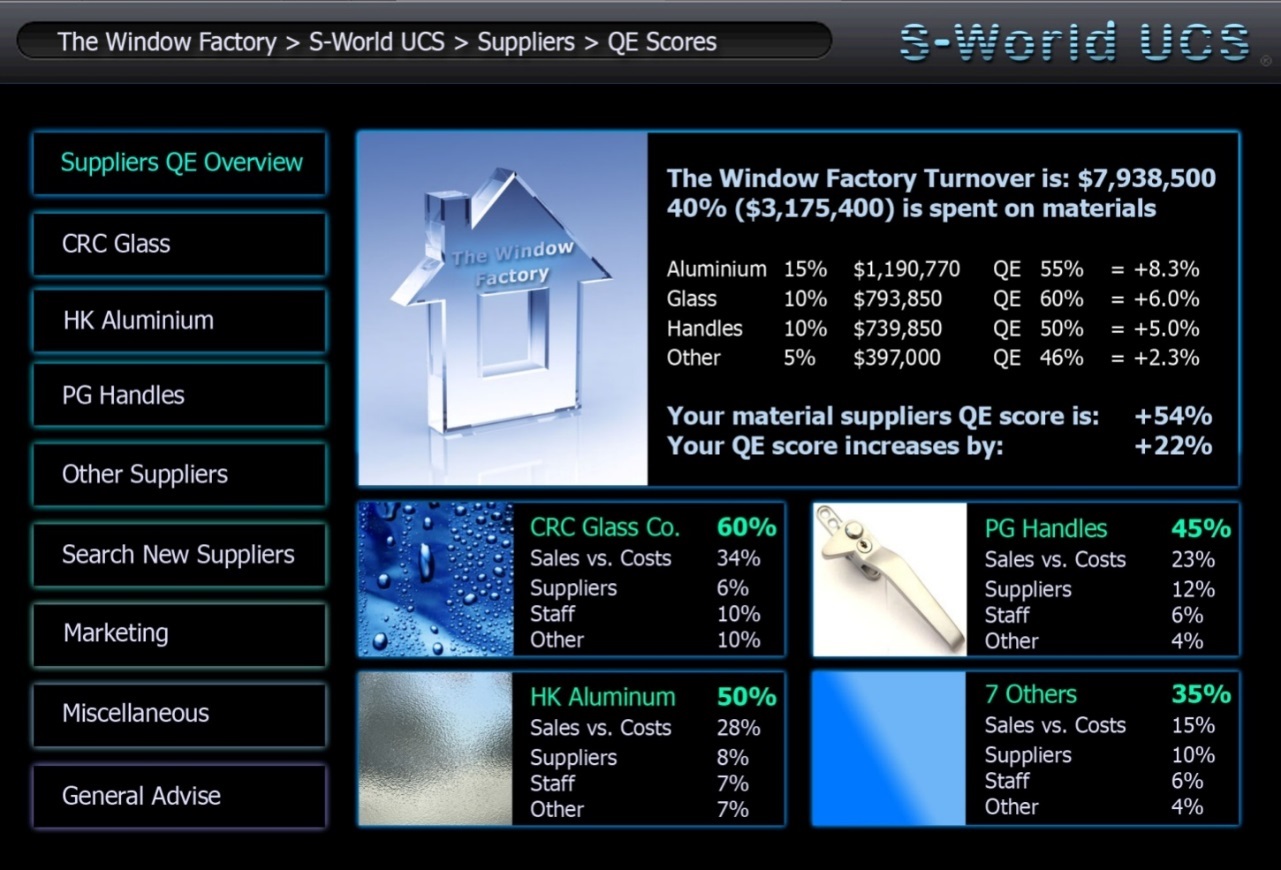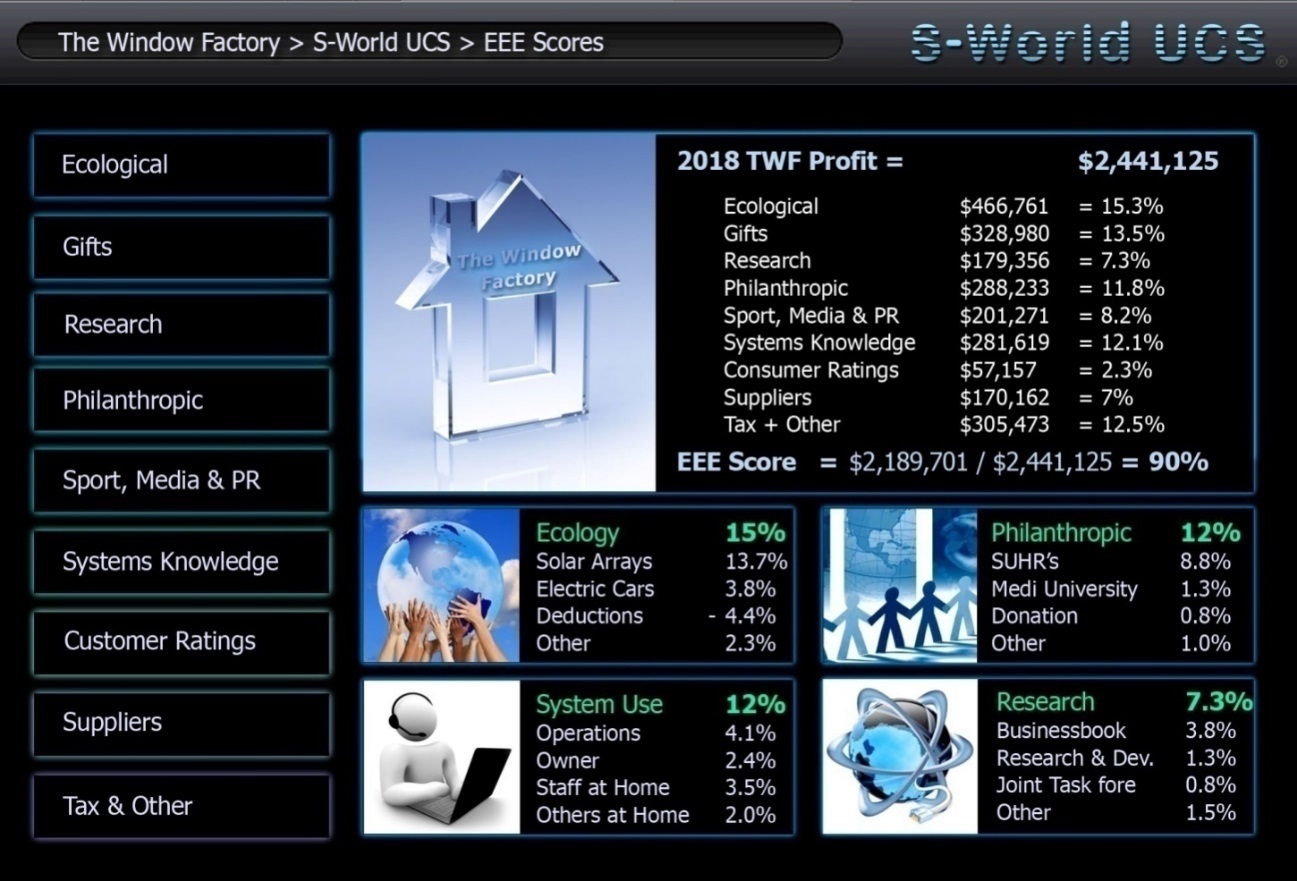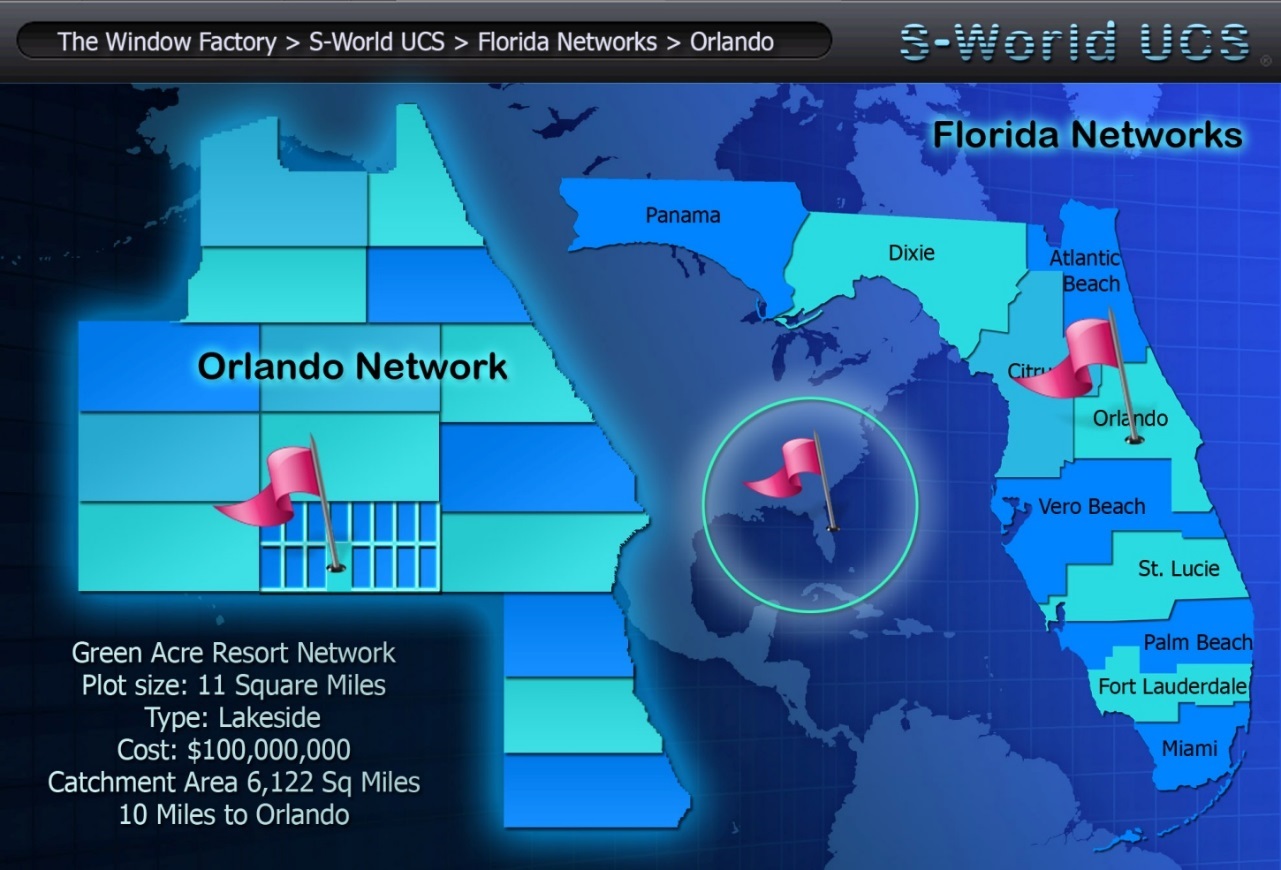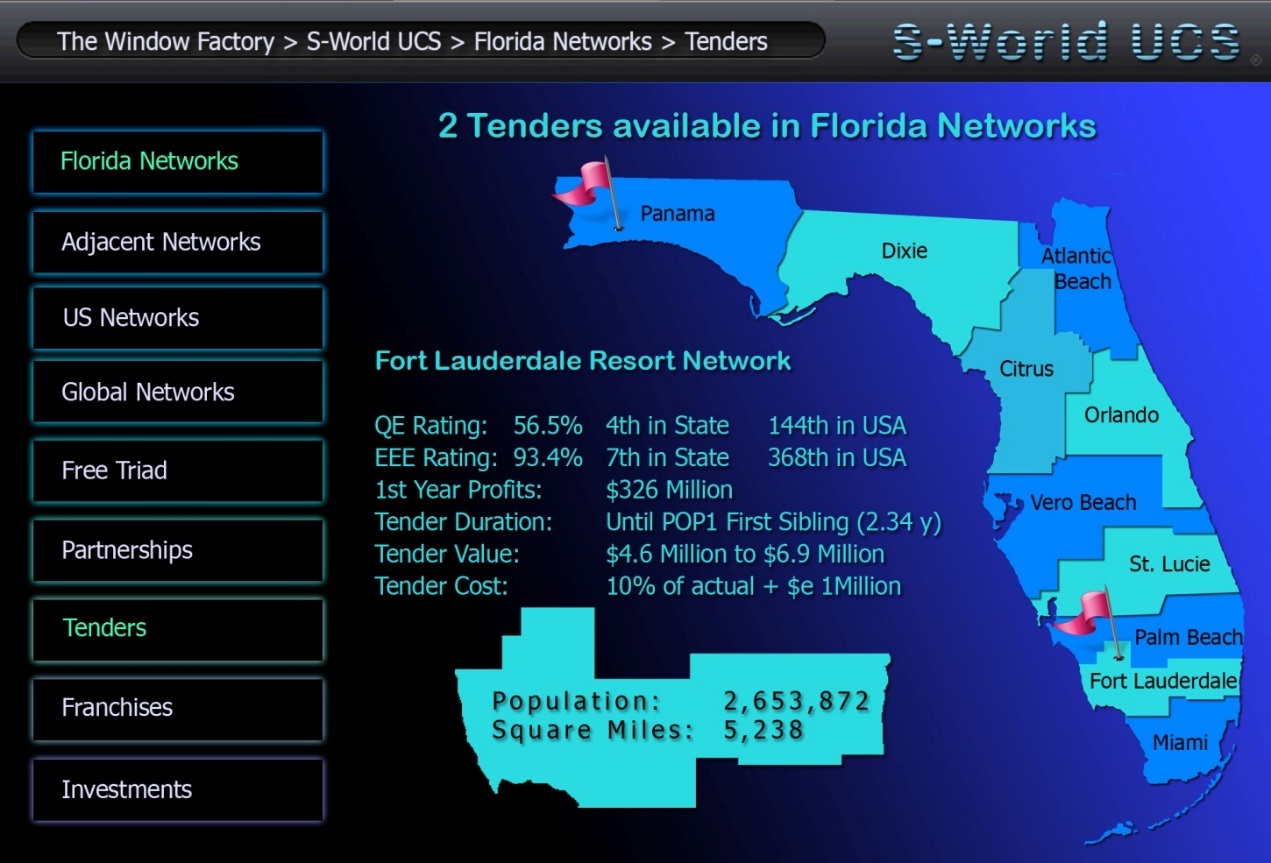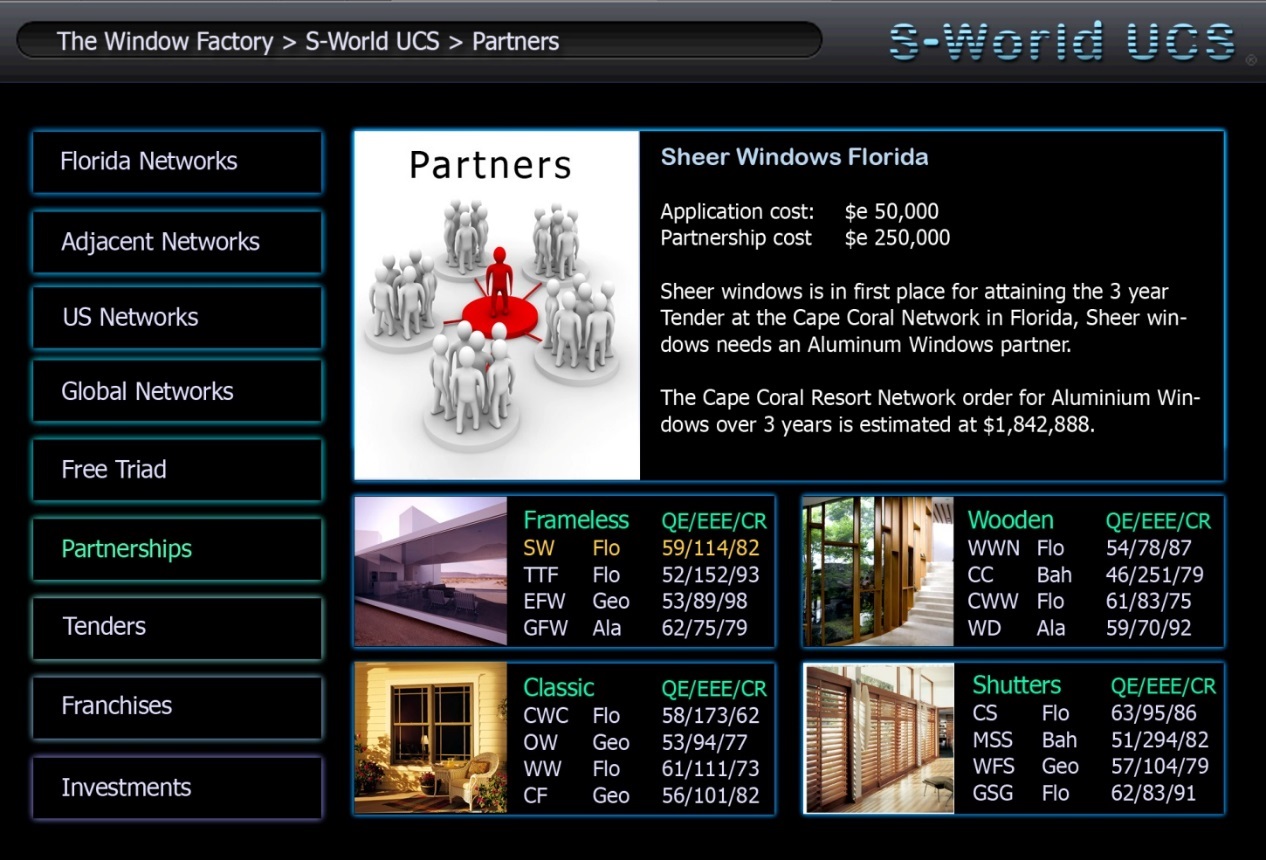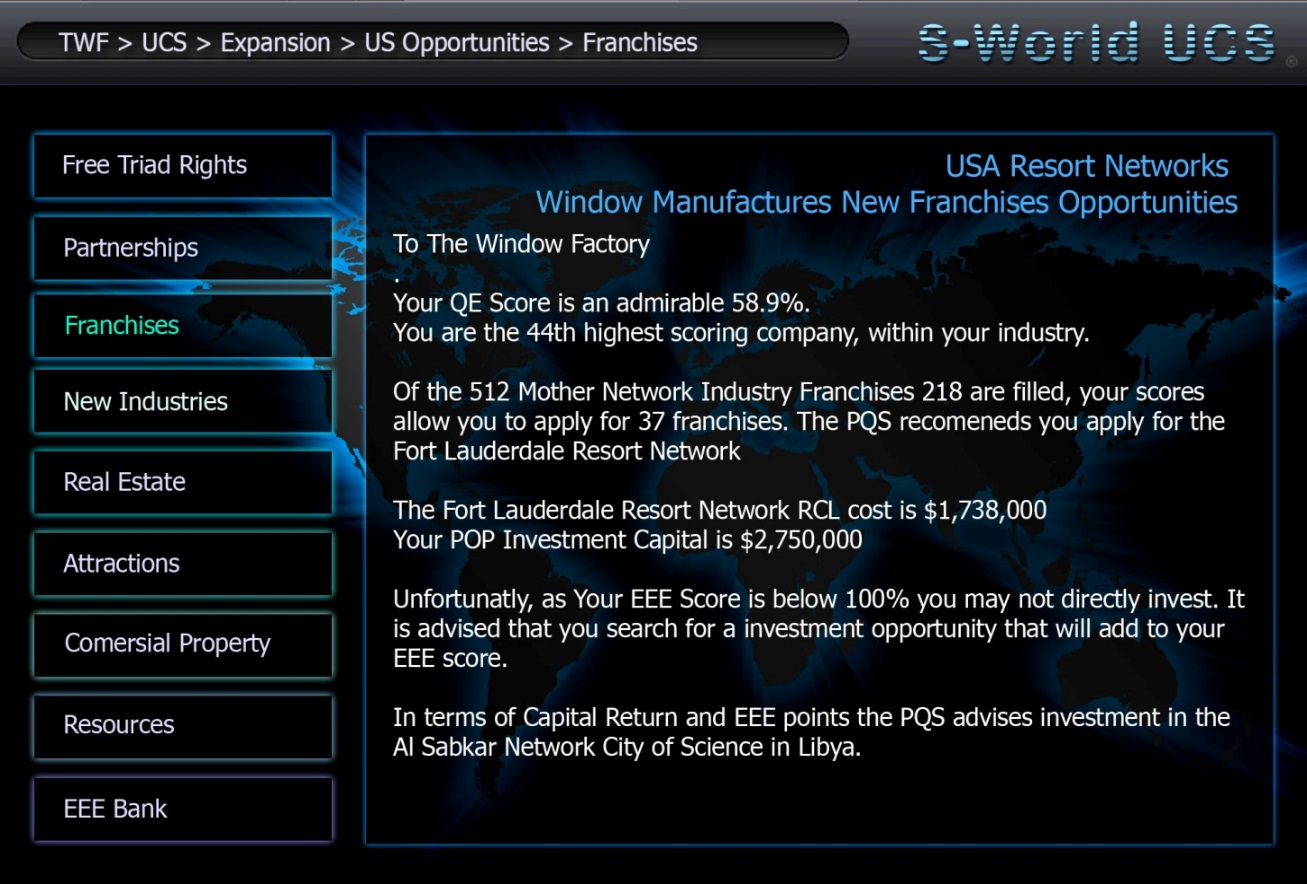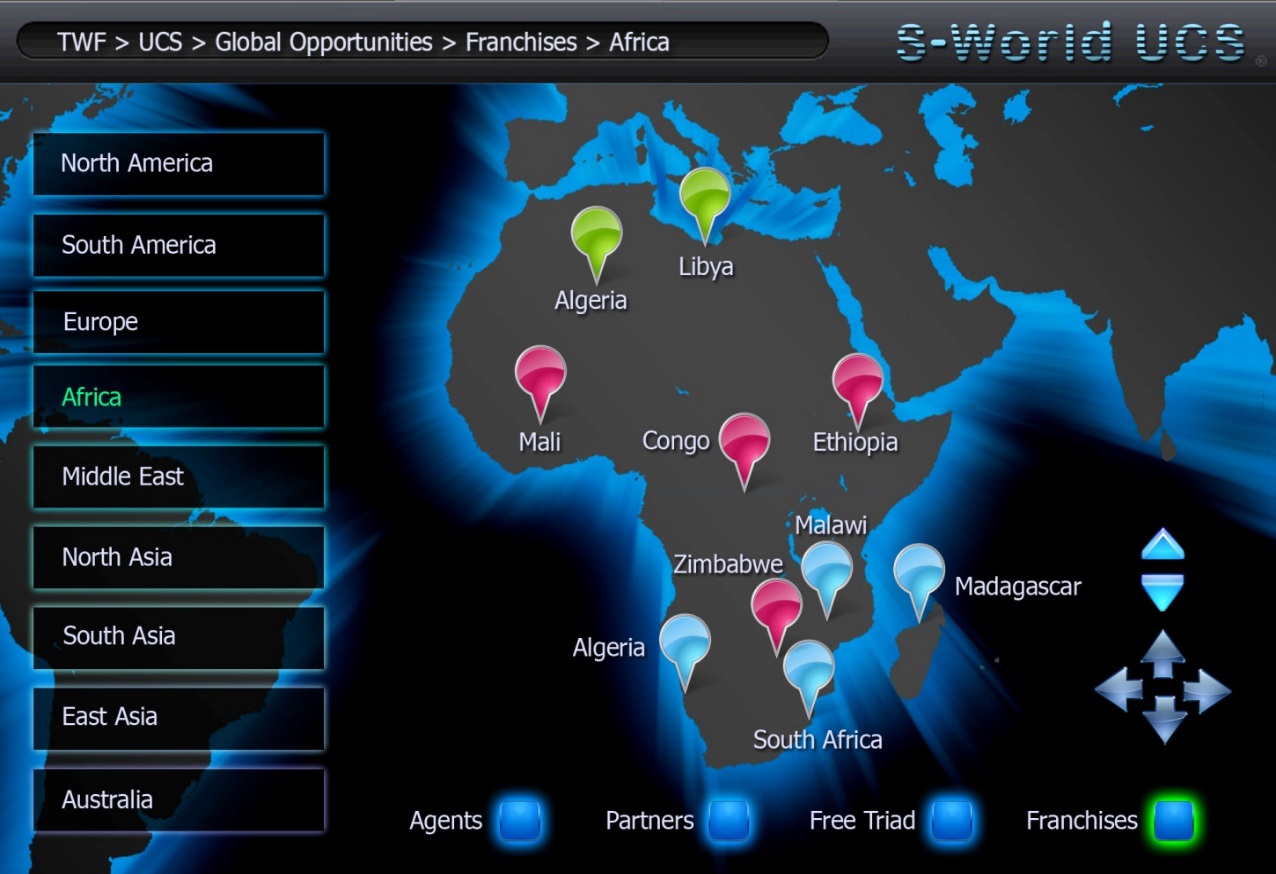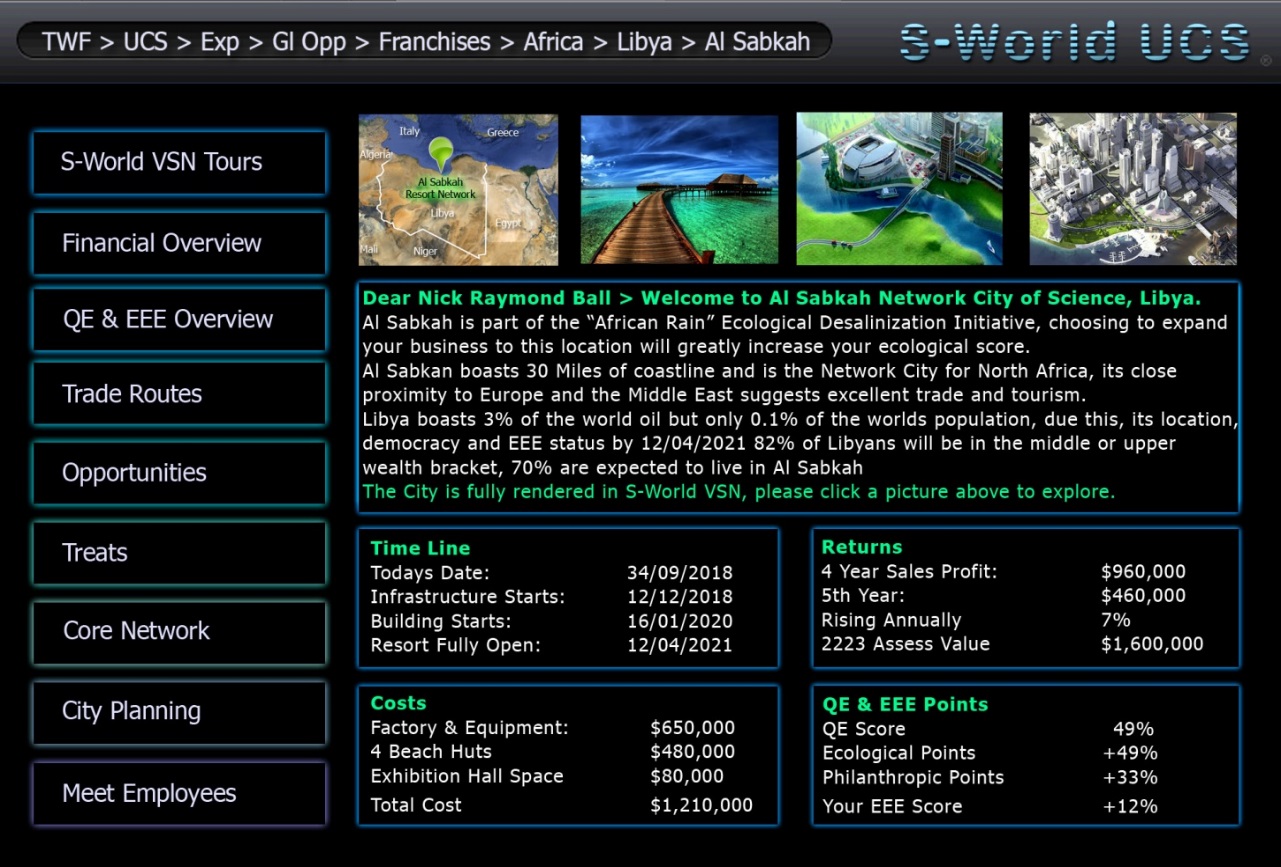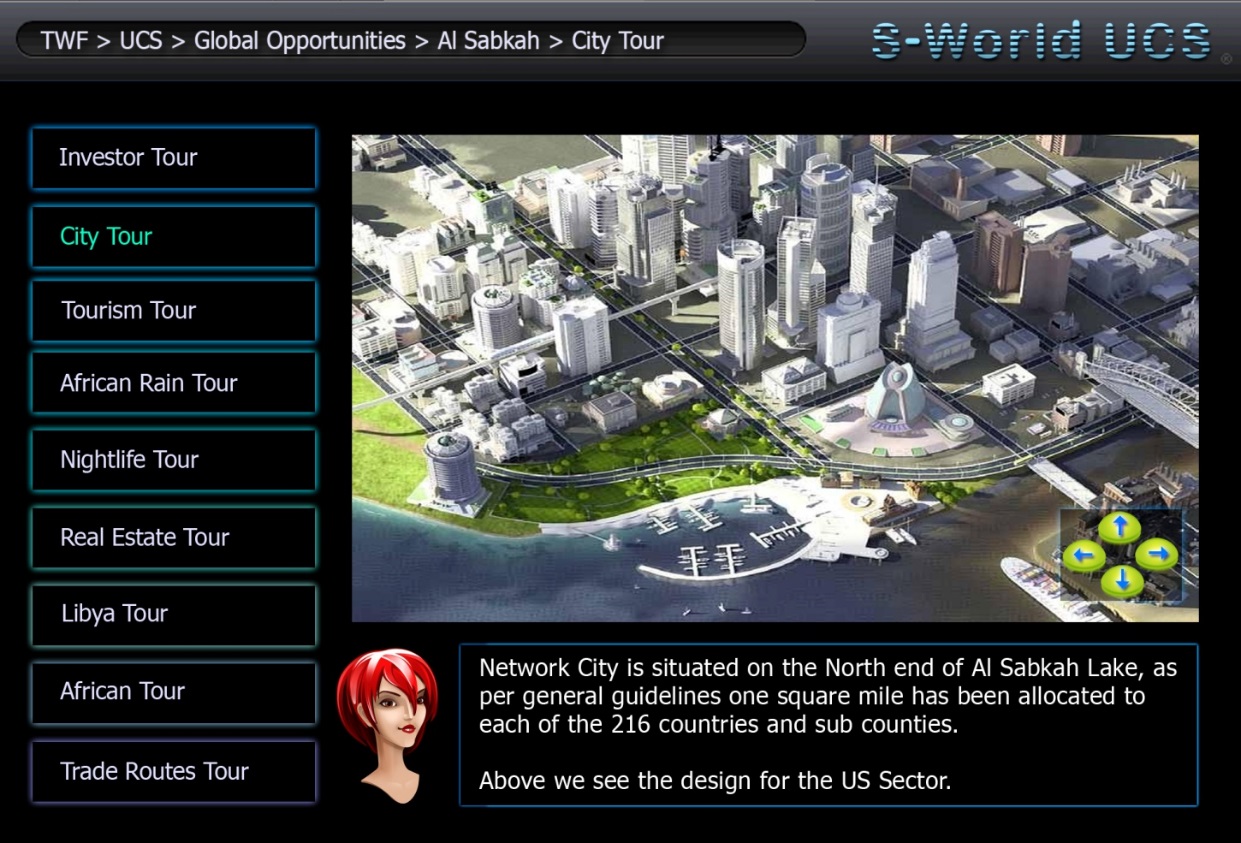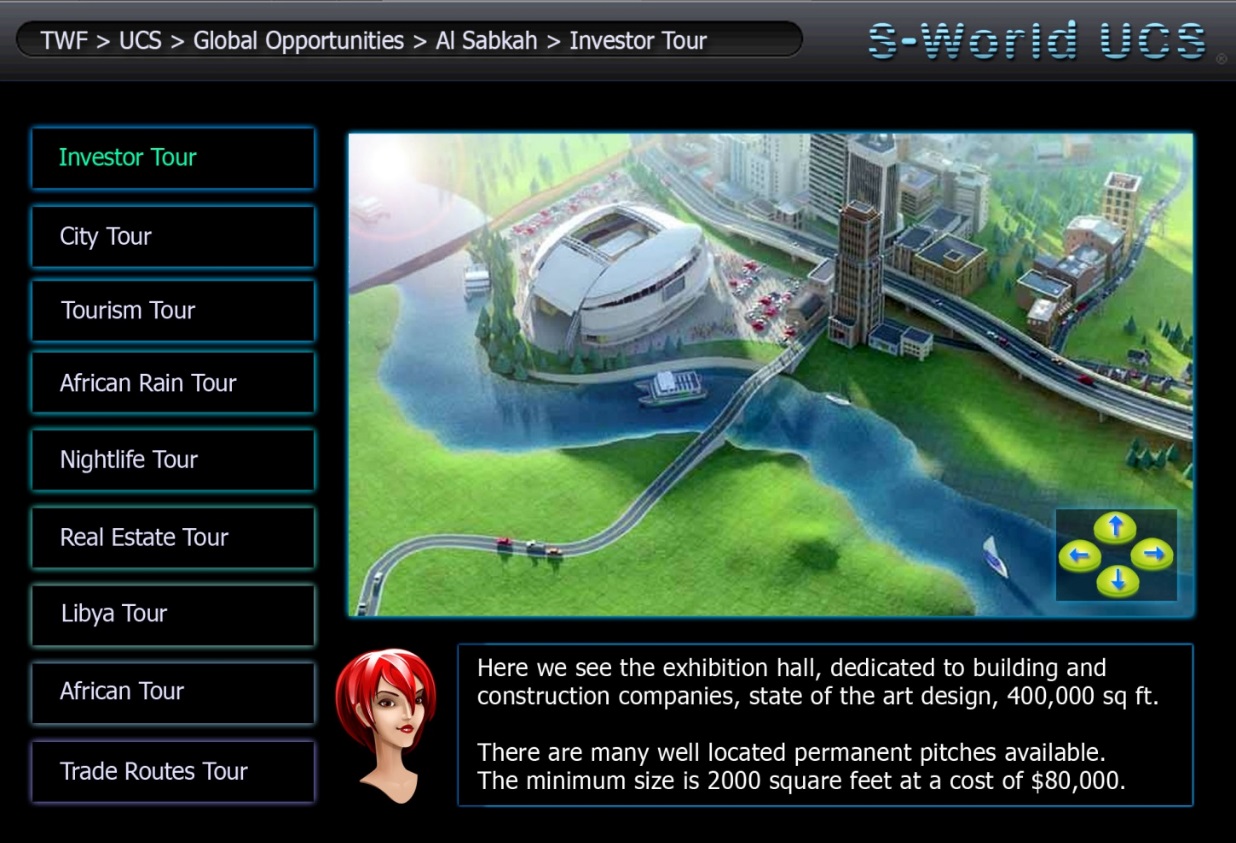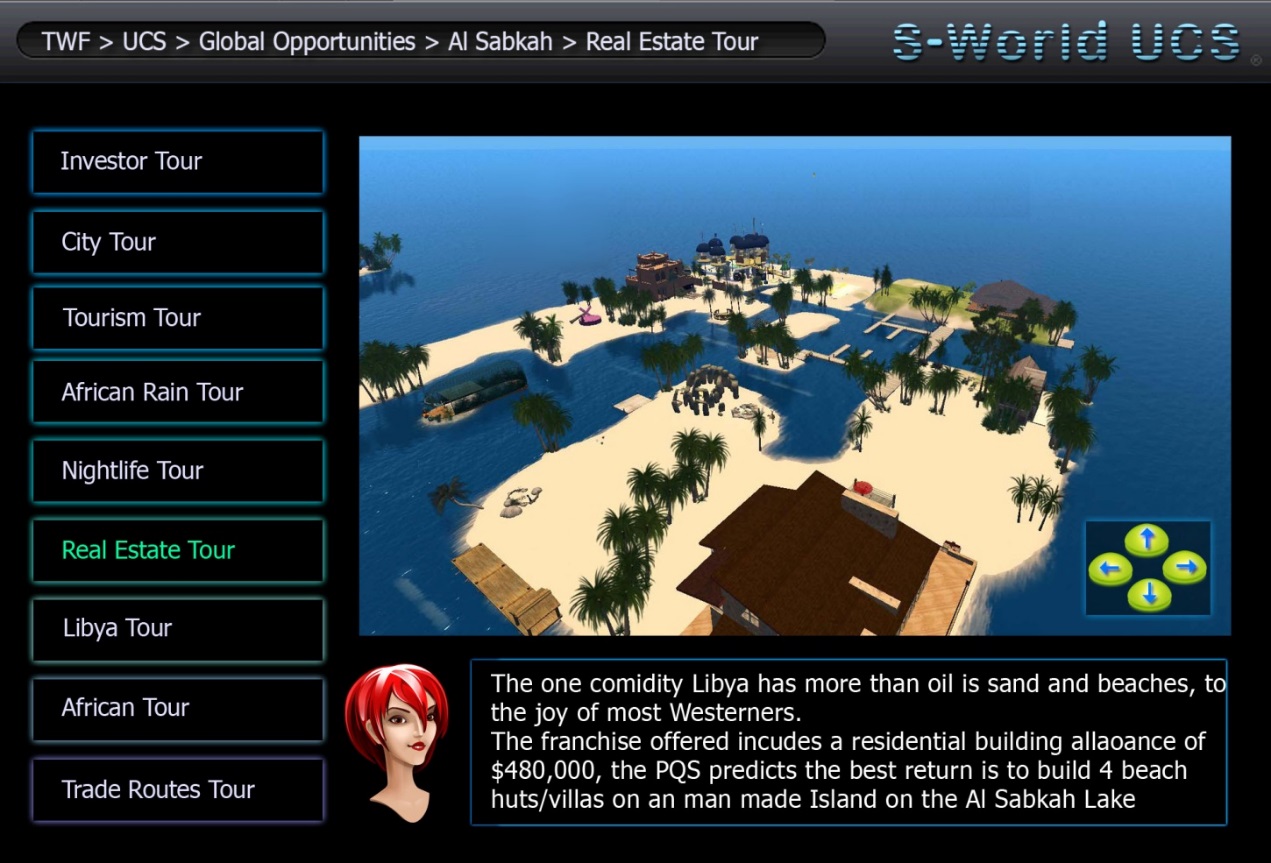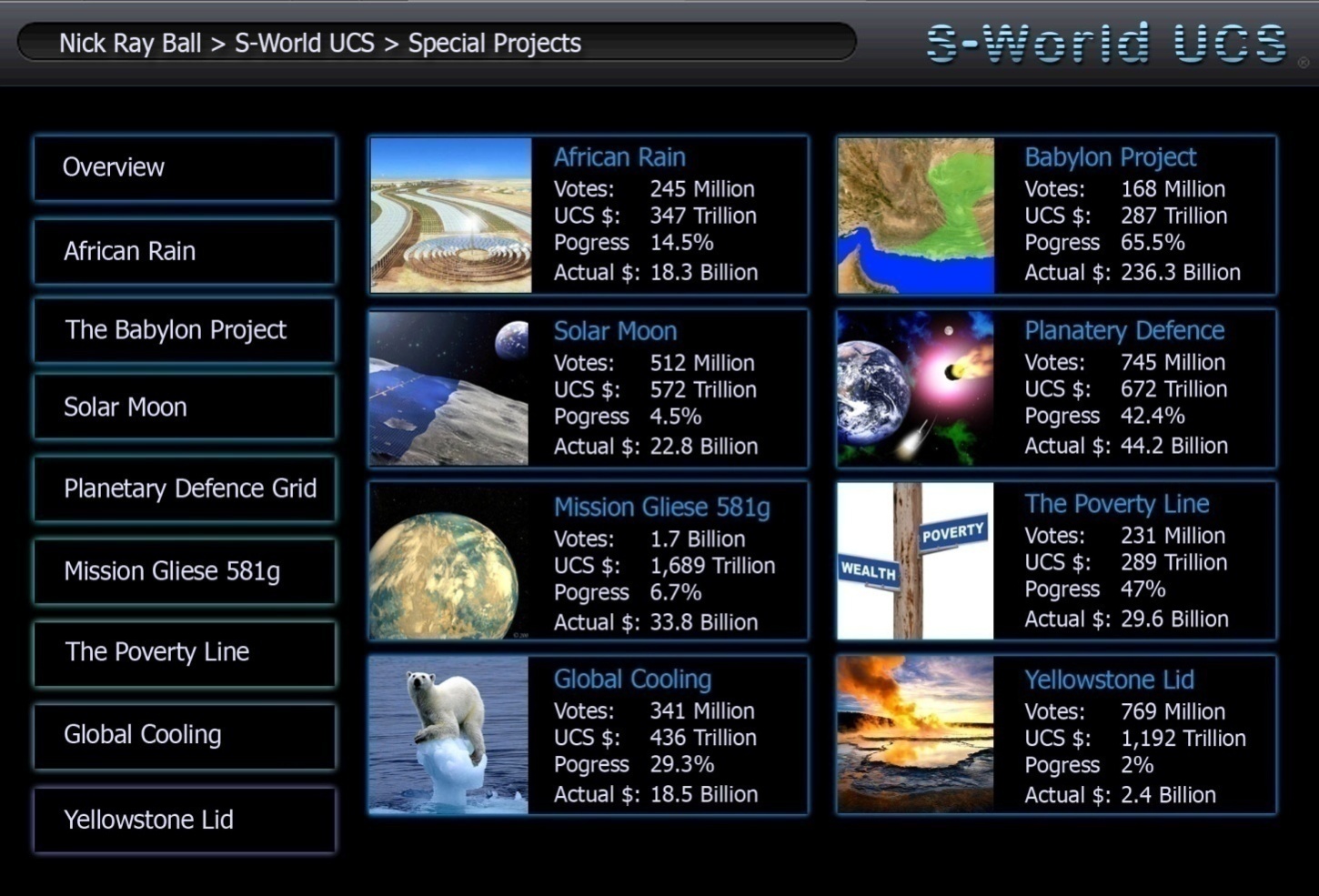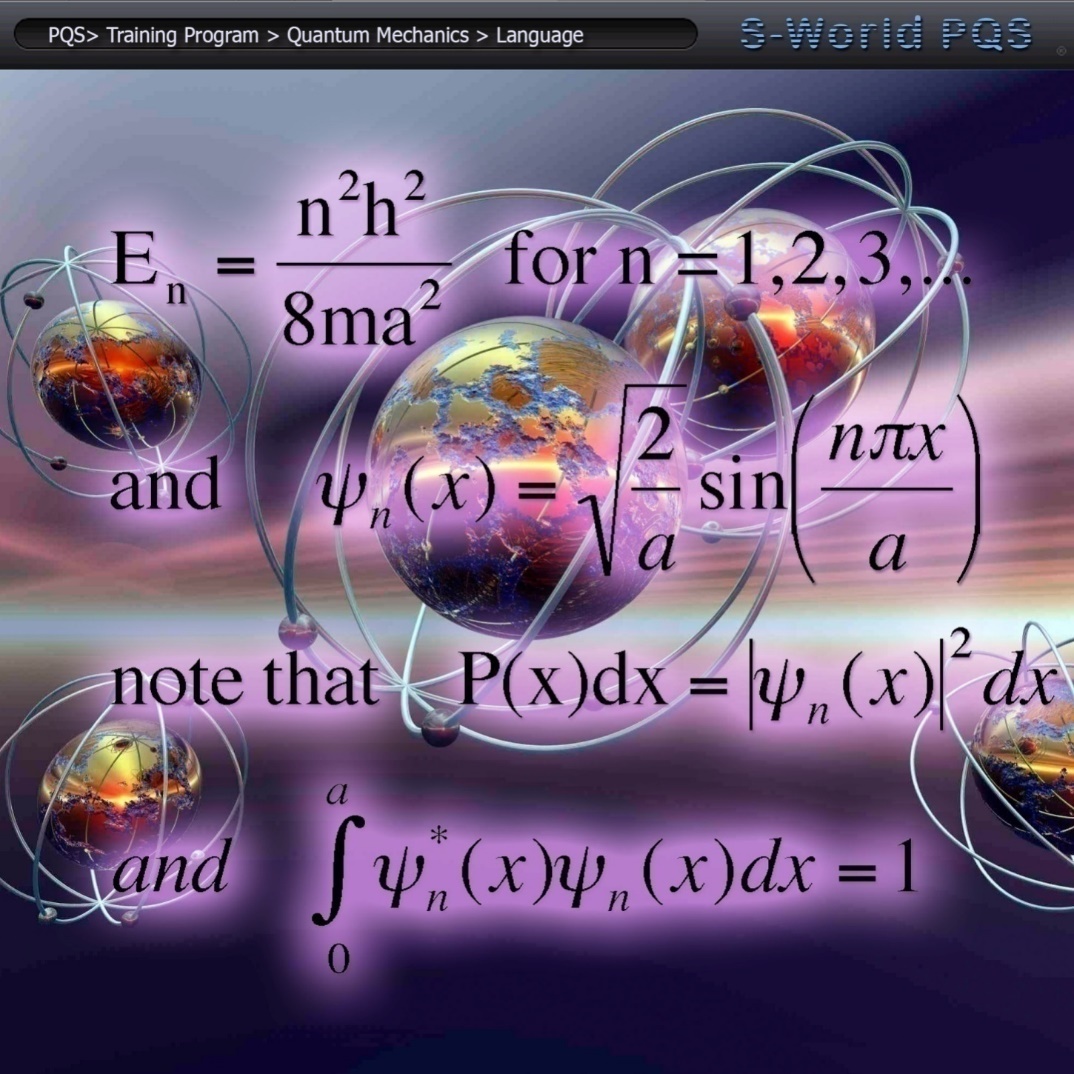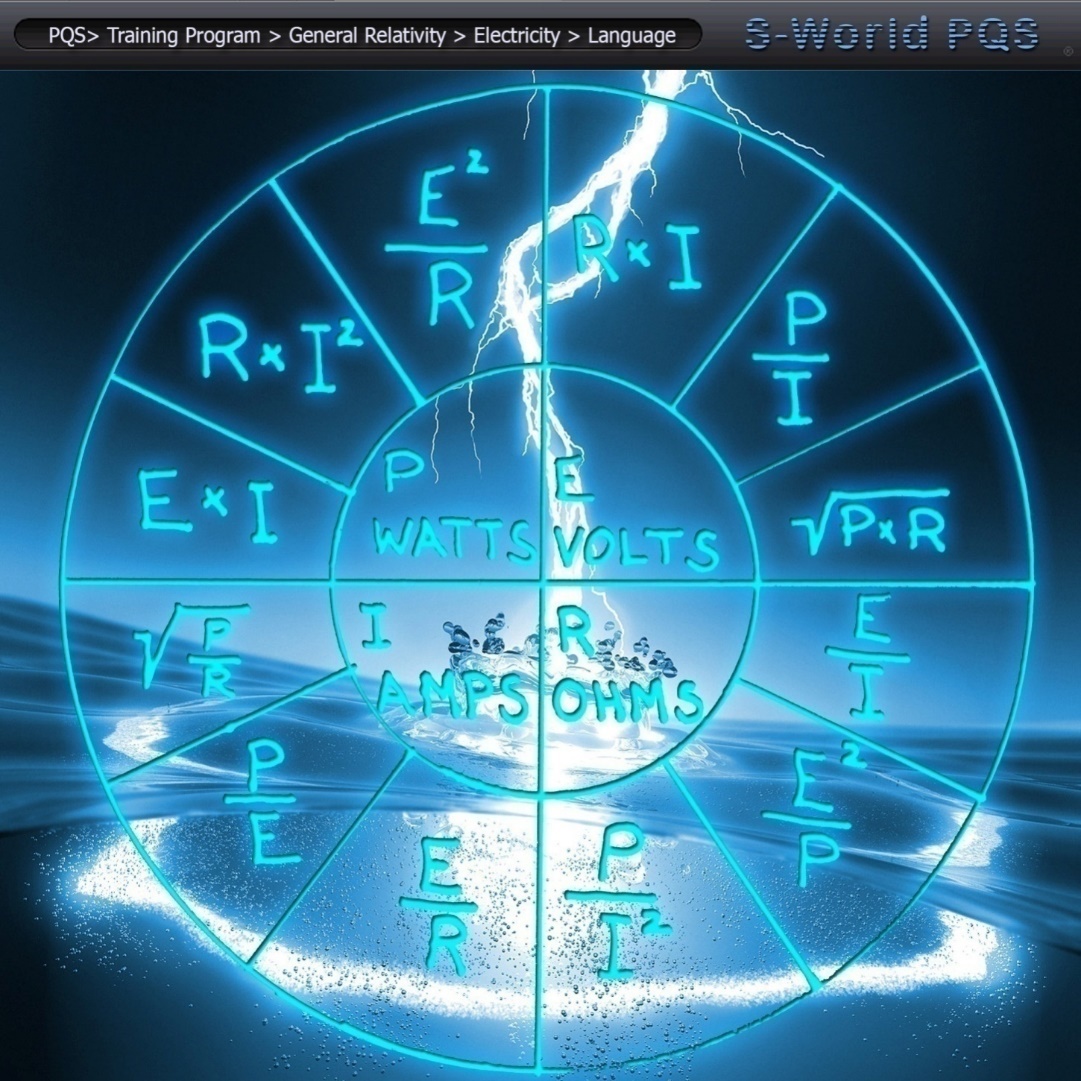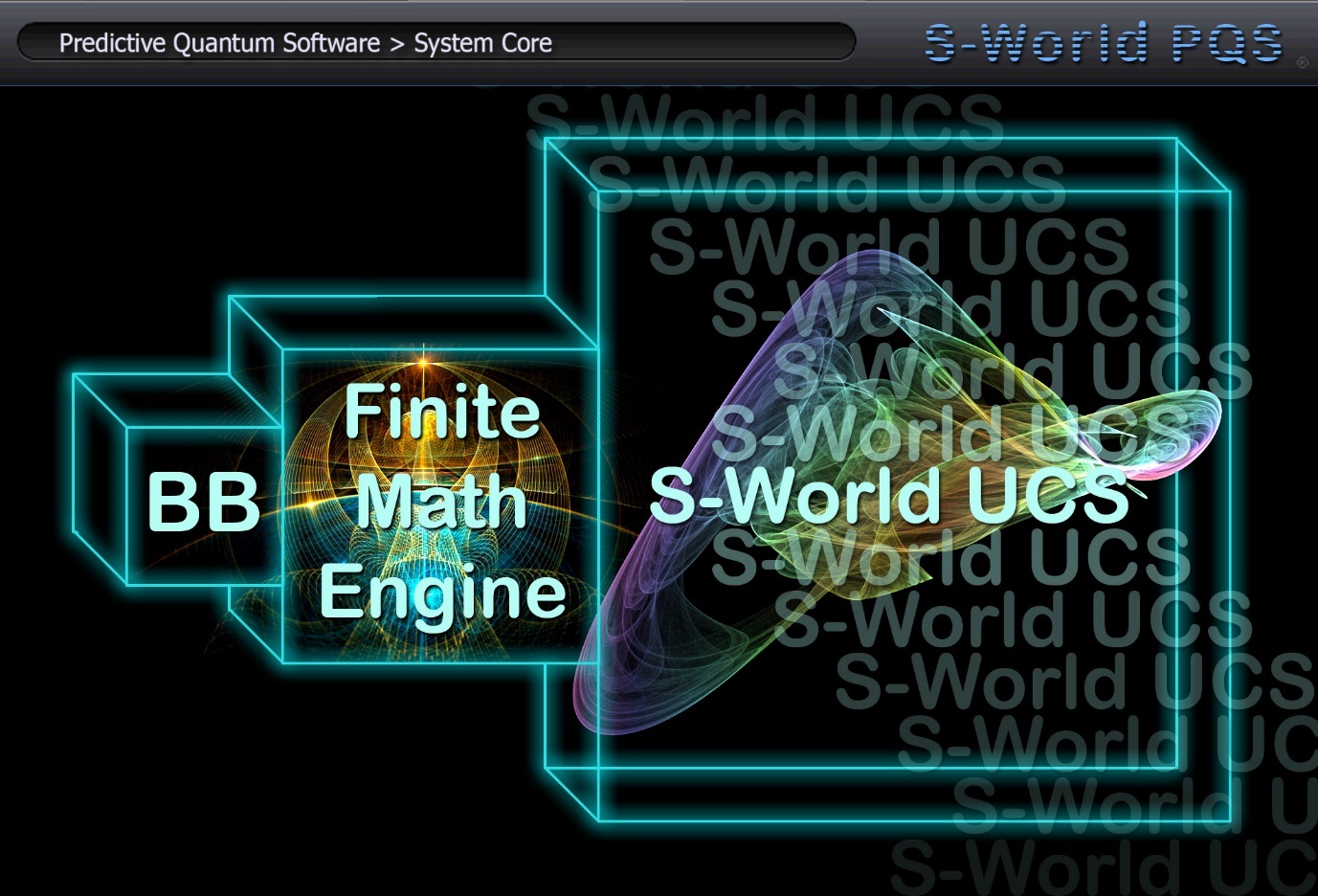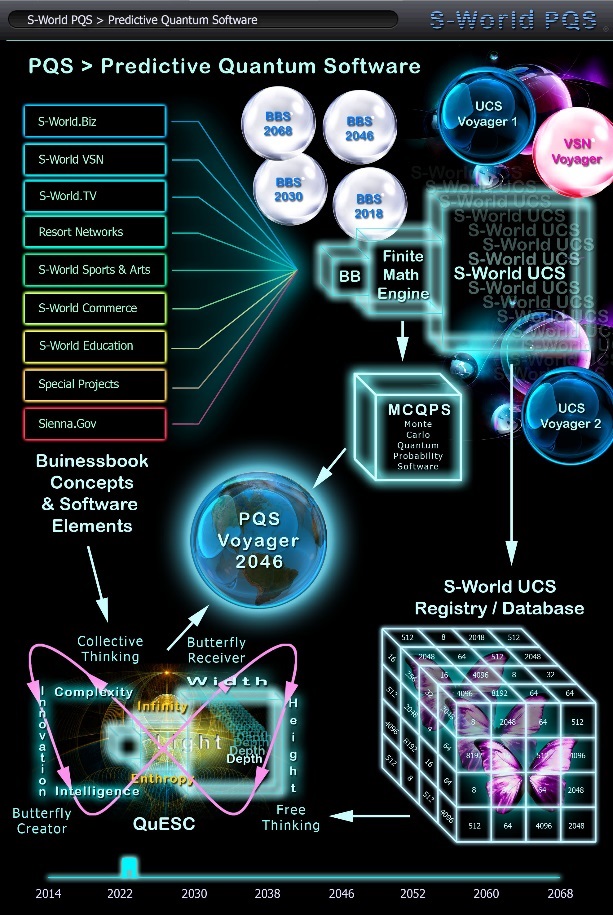M-Systems
“Angel Theory”
Episode 1.
M-Systems
‘Predictive Quantum Software’
By Nick Ray Ball 21st August 2016
Why Angel Theory?
In String and M Theory there are many universes and it is said to be possible to communicate from one to another using bursts of gravity.
If there was a race in another universe with this technology, it’s likely that they would be able to answer most every question one could ask.
As such, to many on our earth, at this time, they would be considered akin to gods. And the individuals within that were sending us the signals could be considered Angels.
Nick Ray Ball to Caitlin Elizabeth
Ever since Newton and especially since Einstein, the goal of physics has been to find simple mathematical principles and with them to create a unified ‘Theory of Everything,’
M-Theory is the unified theory Einstein was hoping to find!
‘If we discover a complete theory of the universe, it should, in time be understandable to everyone and not just to a few scientists.”
‘I don’t believe that the ultimate theory will come by steady work along existing lines. We need something new.”
Professor Stephen Hawking
‘When you’re stuck chasing a certain answer, you often discover that all it took to find the answer was to look at the same problem from a different angle.’
Dr Giovanni Amelino-Camelia
“You may not predict what an individual may do, but you can put in motion, things that will move the masses in a direction that is desired, thus shaping if not predicting the future.”
Isaac Asimov
“The Chaotic Earth Game”
A Chaos Theory philosophy by Nick Ray Ball: October 2011
What if God was bored?
Energy, the universe and what most refer to as God are all intertwined in my mind. It does however help in telling stories to simplify “Energy, the Universe & God” to simply “God”, so I will.
When I think of God I imagine a large entity, made of many parts.
What if Gods greatest creation was called “The Chaotic Earth Game.” Here the parts of God could travel and experience a lifetime, either because they were bored or to better aid their development.
The catch of course is that as soon as the particles of God were born, they had no idea they were playing the game.
One could choose their own time and try themselves out as a caveman, a 21st Century human, a dinosaur, or just take a vacation as a cat or plant. If say the chemical make-up of a cat or a plant made then permanently happy. (Just something I’ve been pondering)
At the end of the journey, one could assess, there may even be a score. If one did well, applause from the rest of God. If one did badly, no one notices, it is after all, just a game.
I ponder what my God’s reaction would be to my discovering S-World and my desire to create a fairer world.
If implemented, would I have a huge score and be applauded? As I had done something significant in the universe, had I even added to Gods plan?
Or would every part of God just look at me with disappointment and say…“You idiot, you broke the game!”
The PQS ‘Predictive Quantum Software’ V1.01
American Butterfly Part 2 ‘Spiritually Inspired Software’ 2012
Chapter 1 -‘The Entangled Butterfly’
By Nick Ray Ball November 2012
The PQS ‘Predictive Quantum Software’ V2.01
A Digital Theory of Everything
An Experiment in high string coupling within M Theory
By Nick Ray Ball August 2016
1. S-World – Villa Secrets (top left)
We start by creating closed strings that can operate in any location. Non-profit NGO’s created for the benefit of their members. Villa Secrets is the most developed and one of the world’s most beautiful websites. It is a simple to use framework that will be adapted and recreated many times for its profit making members. Who in turn contribute 25% of gross profit to S-World, using the income to create a boost to each company in excess of 50%.
A key component to this network design is the TFBMS (Total Financial Business Marketing Software). It is an in progress design for business software far superior to the ones currently available to SME’s (Small and Medium Enterprises). This is the software that adds the word ‘Digital’ to A Digital Theory of Everything.’ As the S-World network could not operate without it, in particular the financial modal that creates 100% accurate management accounts in almost real time.
Unlike the PQS the TFBMS software is not particularly unique. What is unique about it is that it makes one single system specifically for one specific industry niche. This has been done before, however TFBMS or as it was originally called ‘The Divergent CRM’ as described here goes well beyond any other.
For example, if one were to ask the Sales Force or Microsoft Dynamics if they thought they could improve their system for a specific industry by making a custom version of their software for that industry, they would of course say yes. At the very least one could remove all the parts that were not relevant, making the system less complex for users.
Another unique aspect of TFBMS is that all components are created evenly. Not as in the case of competitors where a financial system programmed by completely different people is added to a CRM as an afterthought, or a CRM is added to marketing software as an afterthought. Instead all aspects of the software are one system and all works as one.
2. The M⇔Bst A Beautiful Equation
Pronounced The M & B String, created in 2012 in ‘Spiritually Inspired Software’ the 2nd American Butterfly book, it demonstrates the creation of the network out of strings of iteration. The equation (or principle) is that ‘M’ a Mother has her ‘B’ baby. And over their lifetime they will often create a feedback loop of iteration ⇔ where both help each other as much as is possible. The String is the same principle applied to the extended family. The M & B string is nature’s way.
To suit the microeconomics (small to medium business) we work on a variation, the Ast⇔Bst which is very useful math. In the first network (a closed string of 8 companies in a single location) based in Cape Town we are on the cusp of selling our first company. Indeed if not for the desire to have the physics considered it would already have been sold. In addition to the first company that specialises in the rental of luxury villas, 7 other companies in similar but not directly competing have been identified.
To help choose initial companies and to reassure all companies in the string that we are not creating 8 versions of the same system, we apply the Ast⇔Bst, which lists the specific ways each company will benefit from the participation of the others. And to which created A53⇔B57⇔C60⇔D42⇔E44⇔F62⇔G61⇔H63
Above we can see 53 points of improvement for company ‘A’ which was created from the 31 different profit centres made from the rest of the companies in the string. This list of 31 points changed a concern from the business brokers about internal competition into a desire for the string to be created as described.
This is not an equation as typically the small digit top right of a character indicates the square of the character. Rather this is a simple way to present the iteration between the companies in a string. And if all else is even we look to include the companies that create or have the highest degrees of iteration.
Dimensions…
The base/core mathematics of the network is incredibly simple and is best seen with a visual aid
Instead of considering dimensions as halving each time one goes deeper, in S-World we create a cubed hierarchy which can be considered dimensional and over nine powers of 8.
At first we have eight companies in a string. Then 8 strings in the same location create a 2nd dimensional cube of 8 strings and 64 companies.
This cubed system then increases into a global framework in 9 dimensions. As one base-string of 8 companies fits into a 2nd dimensional string of 64 and to which in turn fits inside a cube of 512 strings.
Then 4096 strings, after that 32,768, followed by 262,144 and then by the 7th dimension we globally create the potential for 2,097,152 strings. A good number for a monopoly in mid to high end global travel & real estate albeit the financial expectations of the less populated 5th, 6th and 7th dimensions are far lower that the lower dimensions base strings.
The 8th dimension considers 7 other industries in S-World creating 16,777,216 strings.
Lastly the 9th dimension sees 16 supersymmetric membranes. ‘The Big 16,’ brands such as Facebook, Google and Microsoft representing social and business networks along with Virgin representing the UK as well as other brands representing networks across the globe which brings us to 134,287,728 supersymmetric strings in the 9th dimension. (A supersymmetric string is 16 companies who fold back on themselves, each time the strongest twinning with the weakest to create 8 very similar joint profit centres.) Due to this supersymmetry we double the amount of actual companies in the network
And which is in total equal to 2,147,283,648 companies and potentially to 8,589,934,592 staff.
At the same time is also easier to also comprehend with a graphic. However in actuality, the cubes would be seen circling a globe in a software simulation or hologram, not placed on top of a map.
The above is simply a matter of allocation and is essential for S-World PQS Voyager and the Angel Cities to create top down histories from 4, 8, 16, 32, & 64 years in the future. Indeed, any long term economic plan that did not segment in this fashion would be very hard to manage or predict.
3. The Susskind Boost
The Susskind Boost was immediately the most gratifying piece of physics within the design as it confirmed the direction we were already travelling. The physics is string and m theory and it is found on the 1st of a series of lectures by Leonard Susskind for Stamford University called ‘Lecture 1 – String Theory and M-Theory’.
In 34 minutes Professor Susskind suggests:
‘We boost the hell out of the system along the Z axis, until every single particle (company)has a huge momentum along the Z axis
If there is any particle (company)that is going backwards along the Z access, you just have not boosted it enough. Just boost it more until it’s going forward with a large momentum.’ (In S-World the Z axis changes to net profit)
So we apply this to S-World as so
It looks complicated but it’s actually very simple. The complexity in the equations is that we use a different symbol for each different way we can boost the profits of a company.
(As older version of word do not display the equation above, here it is in safe mode Ŝ = Ḡ x ₰Ť + Ŵ + Ƈ + Ѳ + Ð + Ð2>9 + Ḿ – %ϻ – ⌂)
Ḡ is gross profit and ₰ is the TFBM software. After which we add the other boosting methods Ť (tenders or agency contracts) + Ŵ (additional websites) + Ƈ (contracts or mandates) + Ѳ (high owner/stakeholder vs paid employees ratio) + Ð (Ast⇔Bst effects from other businesses in the string) + Ð2>9 (effects from other strings in the other 8 dimensions in the network) + Ḿ (a higher spend on marketing and development in comparison to competitors).
After which%ϻ account for the law of diminishing returns in the form of available market share, as when market share is saturated boosting has less effect. And finally in ⌂ we also need to account for access to stock.
In addition to the above we have additional boosting methods that come into effect as S-World develops:
⃝ + ß + ₪ + Ǭ = Ś + Ś 2 + Ṻ + ₯ + Ăć 1 to 5 + Ḇr 1 to 7 + ₱
⃝ (adding gravity by adding one global brand per string) + ß (PR & branding) + ₪ (web links created afterPR)+ Ǭ (QuESC, high string coupling, Inflation and the RES equations) +Ś (S-World Virtual Social Network) + Ś 2 (S-World Virtual Business Network) + Ṻ (S-World UCS Game) + ₯ (S-World UCS Voyagers) +Ăć (5 Top down histories future simulations called Angel Cities)+Ḇr (Brains – Membranes (16 global companies join the network to complete the global cube) +₱(The PQS itself)
How does the Boost work?
The Susskind Boost is the non-profit behaviour of a closed string, such as Villa Secrets. t changes it shape depending on pre-set conditions or necessity. Typically, any company who joins a string will pay a one-time investment (currently $250,000) which is used to boost the entire string and develop the software. In addition, each company in a string pays 25% of gross profit to the open string that supports it.
Until the company has been boosted to a point where the inventor is happy and the company is successful (for instance he/she is making the same gross profit in a year as the investment cost), all the money paid is used to directly boost the profit of the company. After the point of success is reached, the string changes it shapes and would spend the income of various items. Which all, either directly or indirectly, assist the company paying the fees.
One possible shape would be a square. With a quarter of the 25% spent of software development, a quarter on gifts for guests, a quarter spent on operations and importantly a quarter is spent of boosting the 2 weakest companies in the string.
Another possible shape can be created by the Amanda Stretch where all of the system income (25% of gross profit from the 7 other companies in the string) is used to boost a failed company.
4. The Amanda Stretch
This The Amanda Stretch is the MCEPS within the 2012 PQS graphical roadmap. In essence Monte Carlo Effect forecasting that looks for the most and least successful probabilities and reports options to the company management.
The Amanda Stretch looks first at failure rates. And in time looks to create a system that when combined with the Susskind Boost can guarantee the success of any company that joins the network. This has the great advantage of making finance risk free and accessible to anyone with a half decent credit rating.
However, currently S-Works is still small .And so is itself prone to quantum effects. So at first we use the stretch to assess opportunities, with a long term view to creating a failsafe environment.
There is quite an associated journey. However the catalyst for this system initially came in 2013 from Dr Amanda Peet’s lecture Sting Theory for the Scientifically curious (at 51 mins). In which the explanation of the how the string version of a Feynman diagram, pitched a tent over the quantum results provided great inspiration.
First we see the Amanda Stretch for the first string, then we look at additional variables for other locations, and finally a combination of the two.
Ḡ gross profit in equation 1 is $326,546
Ѧis both a percentage and its associated financial result.
Ѧ (The Amanda Stretch) = Ḡ (estimated gross profit)x Ƨ 80%(first year jitters) x ₲60% (limiting variable, made to increase probity of forecast) x Ѱḃ 85% (Disasters and ELE’s Renormalized). This adds up to a decrease of 59% and a very safe forecast.
Next we add Ӧ which is operational costs and compare to the low, low, low forecast. And given a draw of $40,000 for the owner of the business, the results actually ended up with an even100%. Any number over 100% on the low, low, low forecast is a winner.
Next we add the variables for new locations, in which we are using Hawaii as our example.
Ĺ (The Location) = Ѧ (The Amanda Stretch) x (ϻ x Ƕ 500%) (market share 1000% x manual override limit imposed 50%) = Ҫ 200% (competition) x ⌂ 25% (accessible stock) = 250%
Making a string in Hawaii is a very risk free endeavour.
High results sign contacts and move onto the next phase and POP. Low results go back to the begging and try again, looking for more ways to apply the Susskind boost.
By only accepting companies into strings after assessing each in the way described above, we start the journey towards creating a system in which no company can fail.
At a later point we will also use the same system but instead look for the most successful outcomes, not just the worst. This software will work in tandem with S-World UCS voyager, creating the probabilities of success of each opportunity. Probabilities that will change as staff and others playing the game create new opportunities, with the best of both worlds likely to be accepted.
5. POP – Financial Gravity
POP (The Pressure of Profit Investment System) is the mathematical principle which changed S-World from a plan for a global network of many businesses into a plan for all business and a new digitally enabled economy. It is arguably much the most important component of the PQS, albeit without the other components it can never reach its potential.
POP started its journey in 2011 as is the result of a consciousness experiment about two areas of chaos theory.
The Butterfly Effect and the saying ‘Does the flap of a butterfly’s wings in Brazil create a typhoon in Texas.’
In general, the point that small differences in initial conditions, such as those due to rounding errors in numerical computation, yield widely diverging outcomes, rendering long-term prediction impossible in general.
At the time Point b, was particularly annoying, as it was contrary to a quote by Isaac Asimov which on May 2nd 2011 had become entangled with the S-World business plan: “You may not predict what an individual may do, but you can put in motion, things that will move the masses in a direction that is desired, thus shaping if not predicting the future.” It would seem due to point ‘b’, unless the riddle of rounding errors could be solved, it is impossible to develop S-World as software that could shape the future.
The solution came in 2 parts,
1. A consideration of how to measure the flap of a butterfly’s wing and so determine if it did or did not cause a typhoon in Texas.
A cube was imagined around the butterfly that measured the change in energy in the air created by the flap of the butterfly’s wing. Then more cubes were imagined all around the world. Wherein the change of energy was measured from cube to cube all the way to Texas. At which point one could assess if the flap of a butterfly’s wing did or did not cause the typhoon.
Above we see the basic principle. Albeit there would be a great many more sections of the cube and a lot more cubes.
It was not realised at the time. But this solution was in itself a Theory of Everything of sorts. The only way to accurately measure the energy inside and at the edge of each cube was to use quantum mechanics. And having many such cubes encircling the earth was similar to general relativity (or at the least, Newtonian Space).
2. With the idea of cubes of energy in mind, the next idea was to transfer that principle to the companies and economics of the S-World network.
The concept was to create stable exact cubes of profit that could be measured precisely. However, how on earth can one expect to create a specific amount of profit for one company in a year, let alone many companies. We have seen from the Amanda Stretch that this is simply impossible.
So instead of all profit in a year we pick a point of profitability. A point that would be deemed highly satisfactory for the owner or owners of the business. And was more than enough to make it competitive. However due to the business software and boosting mechanisms in the Susskind Boost it could be easily reached.
Once the business achieved this point of profitability all additional profit would overflow into a fund to create a new business. To simplify we considered the system as made of ‘buckets.’ Once the first bucket is full (for instance, if a bucket held $1,000,000 in profit) and as soon as the company made more profit, the additional profit overflows into a new bucket.
The real significance of this process was only realised when committing the principle to paper and the creation of the graphic we see below.
As whilst at first it took a number of years for this system to create a second company (to fill the second bucket). As time went on and there were more companies contributing to filling the next bucket so new companies were created faster and faster.
The above effect coined the phrase ‘The Pressure of Profit.’ The greater the pressure, the faster growth would occur.
POP THE PRESSURE OF PROFIT
This is POP, the Pressure of Profit investment system. Which we now call ‘Financial Gravity 1.01’ and in the same way that Newton’s theory of gravity was the base math required to land men on the moon. POP was all that was required to create an economic solution for Greece and an adaptation of POP called ‘Baby POP’ was all that was needed to solve the long term US debt problem (at least in theory).
The initial calculations for POP took nine months and nearly half a million words which were recorded on sections 2 & 3 of S-World.biz, ‘Sparta Rises Again’ and ‘American Butterfly.’ Within S-World part 3, ‘American Butterfly’ the math of Baby POP was finally developed in the 40th Chapter on 9th April 2012. At this point the S-World.biz journey came to an end a book was written: ‘American Butterfly:The Theory of Every Business’ which was then followed by three more draughts for books: Book 2 ‘Spiritually Inspired Software,’ Book 3 ‘The Network on a String,’ and book 4‘The Butterfly.’
What POP creates is stable blocks of profit, a company is either in POP (it is making more than its POP point) or it is not in POP. Over time more and more companies would be created and so more stable economic blocks are established. Which over time creates a stable foundation for the S-World economy and so POP creates a form of financial gravity for the network that gets more accurate with time and as such one can create long term predictions with greater accuracy.
THE RIDDLE OF ROUNDING ERRORS
As for the riddle of rounding errors, we look at mitigation not cure, to fly in the slipstream of infinity and consider the problem from the perspective of computing. In POP, in the first instance, we only consider the number of stable blocks of profit. And in American Butterfly we did so not per company but rather per grand network of companies (which we shall present in the following chapter).
So instead of $1million per company we considered the POP point as the combined results of many strings of companies as $1billion. A grand network would either be under this target or over this target. But as the network developed more and more grand networks would be in POP.
It would not matter how chaotic the results from within the grand network or how many recurring numbers were created in calculating their profit, as the chaos was confined within the grand network. As long as the strings of companies collectively passed the grand networks POP Point they did, they would create a stable block within a global cube of 32,768 grand networks. And this amount of networks, in either a yes or no state, could be calculated with less processing power that was needed for a calculator in the 1970s.
However, as chaos theory says the butterfly effect if universal, we also consider extreme macro economy where the global network cube was part of a universal or multiverse economy.
In consideration of a universal economy (if say there were trillions and trillions of planets in our universe or the multiverse, all trading with one another) we first thought that we would first need to peg the currency to a universal constant. And so far we are working towards Planck’s constant. (Albeit we are aware that in a multiverse scenario Planck’s constant would often be different, but that’s another story…)
However no matter what the starting point, if there were trillions of stable blocks of POP, rounding errors in computation would still cause problems.
In mitigation and very simply, we first thought to count our POP buckets, by doubling then, so 2 > 4 > 8 > 16 > 32 > 64 > 128 and so on. This created results that were harder to create recurring numbers. However, in evolution of the concept this idea gave way to the concept of creating cubes of POP profit. 1 > 8 > 64 > 512 > 4,096 > 32,768…
One can see how they fit below
This lead to the initial calculation that the global network would be confined to 32,768 grand network cubes, which would be sub divided into 8 continental cubes each containing 4,096 grand networks.
Created in this fashion, if each cube had the same POP point, it became very hard for rounding errors to effect macro calculations. And the system could work universally, as Earth’s global network cube would fit inside of a galactic cube, inside of a universal cube inside a multiverse cube.
However, for Earth’s global cube we did not wish to view the network as pictured above. We preferred a method more similar to our concept of measuring the flap of a butterfly’s wings with an even distribution of cubes across the globe or if zoomed in any part of the globe. This graphic was beyond our skill to create. But we did manage to create something close for the zoomed in view.
Below we can see a zoomed in view into the state of Florida, in which each cube represents 8 grand networks, or a combination of super grand and smaller networks that collectively combine to reach and pass the collective POP point.
1. Baby POP is the artificially lowered point of profit needed for the USA at that time
2. POP 1 is the classic view, where all global cubes have the same POP point, so creating an even global cube.
3. POP 2 & 3 are locations where the POP investment is double then quadruple POP 1
And from this vantage point, we are looking more like way we wish to view the global cube, with the cubes in position over the locations creating POP. Within the software one would be able to click on a cube and see the cubes within, or zoom out to see the continental and global cubes which will look very similar to how physicists draw general relativity (Einstein’s Theory of Gravity) or before Einstein, Newtonian Space (Sir Isaac Newton’s Theory of Gravity (with the apple). For this reason we call POP ‘Financial Gravity.’
In an ideal world the global cube and its inner working would be viewed within a hologram. That one can activate and view on the motion of a hand so one could easily navigate from the global picture to any individual business in seconds. Looking for weak points and applying greater Boosting when necessary. To make sure all the grand networks reach their POP point.
POP IN MICROECONOMICS
POP in microeconomics (the scale of individuals, small and small to medium business,) has a number of differences between the S-World & American Butterfly (2011-2013) model and the Angel Theory (2015-2016) model we are currently using in the creation of the first string of 8 companies.
2016MICROECONOMIC POP
It is not to say that either one is correct. Rather than in the current situation, where the network and PQS are only a theory, the 2016 version is practical. In that it is, given the 2014 prototype, the design for the TFBMS software and the Villa Secrets web framework, the companies can be sold as franchises, and specifically the first will generate $200,000, which is spent of operations, development and boosting.
The model for these franchises, which are specific to the industries of travel and real estate, is 25% of gross profit (after goods are paid for, but before other expenses are paid), which is equal to about 4.5% of turnover (all money received). Is spent on the Susskind Boost, initially boosting the company that provides the funding, but after the company is in good shape boosting the string of companies in a way that best serves the network.
At a specific point of profitability which (as of 31st June 2016) is currently about $800,000, the POP point is set. All additional profit made by the company is allocated for POP investment in creating similar companies in different locations. Or as is presented in the next chapter collectively invested into a grand network, a large property development created as a resort. Wherein all the business and individuals that supply, build, work from or a part of the development would become a part of the network.
The above microeconomic model works due to the successful prototype. The Villa Secrets web framework and the designs for the TFBMS software make a good package for a franchise. The POP investment point currently works simply as it is so much higher that the initial investment. And if this point was reached the venture would be a great success.
Once the POP point is reached the 25% of gross profit (which would often be about 50% of net profit) that up to $800,000 is applied to the Susskind Boost, is diverted to POP spending. Ecological, Philanthropic, Operations or used to speed up the growth of the network investing into new companies and strings.
2012 MICROECONOMIC POP
The original version of microeconomic POP was first created in theory as part of a hypostasis about a company that built aluminium widows (chosen as it was far removed from our experience in travel) called The Window Factory (presented in chapter 2 of The Theory of Every Business.
The initial consideration for this company was that it would receive the tender for creating the windows in the construction of one of the grand Resort Developments. Such a contract, in conjunction with development and marketing from the operation centre of the resort, would greatly improve the profit of a company that was flat-lining or making a small loss.
The deal however was different to the 2016 version. As instead of making profit in the normal sense, the owner of the business would be initially paid simply a good salary and all profit would be applied to POP. Where after the business owner would receive a dividend and own property & or a business or businesses in different grand Resort Developments which after 8 years or more could be sold.
IN CONCLUSION
Both of the methods described above have their advantages. If all was even the 2012 macroeconomic POP would make a greater contribution to POP. However 2016 macroeconomic POP creates the environment for high string coupling (which we present in chapter 11)
One also needs to consider motivation as the immediate rewards for success in 2016 macroeconomic POP are the same as any franchise. The owner of the business will likely be more motivated than the 2012 macroeconomic POP. However if the network was substantially developed, especially in the case where tenders/contacts can be offered to anyone who has a business that needs a boost or it will go bust, 2012 POP opportunities would be a sight for sore eyes.
Fortunately, as we will show over the rest of the chapters, we have many systems in place to simulate the above and many other different models. And it is likely that many different models will arise to suit different situations, locations and industries.
Before departing to Chapter 5 ‘The Theory of Every Business’ we shall take a brief look at the fledgling POP equation
Ŝ x Ѧ x (#Ḉ or gs ) x N = Ѫ
Ŝ the Susskind Boost and Ѧ The Amanda Stretch multiplied by either #Ḉ(The number of companies) or gs (the number of strings) is equal to ‘Ѫ’ the amount of POP overflow income creating new companies and strings.
The POP story will continue in chapter 11. ‘POP2 High String Coupling’ and chapter ’15 Angel POP’ and conclude in chapter ’16 Membranes.’ However all intervening chapters assist to create the environment in which POP can best manifested.
6. The Theory of Every Business
Special Projects and Philanthropy
There is an awful lot to The Theory of Every Business and in this chapter we will focus on Special Projects and Philanthropy. The projects funded by the networks financial gravity POP
Since the second chapter of S-World.biz in The Spartan Theory S-World has been a project created for the benefit of the world, not individuals. The original mechanism was simply that if a company invested and then owned 50% of the network, the said company would be profitable and keep all profit to use on how they saw fit. But the 50% of profit destined for the founder, the equal share holder, would be used for ‘good.’
At the time the idea of how to make best of this philanthropy, was a consideration of Bill Gates the ‘teach a man to fish’ approach to charity. Where instead of donating a billion or so dollars to charities, he instead created a system/foundation that would result in a greater good being served.
However, as S-Worlds founder looked into ways to better spend the money, after a while he found that in theory the philanthropic projects had a profound effect on the earnings of the greater network. And as the more the greater network created, the better could be done. This became the first consideration of circular events or the positive economic butterfly effects.
About a year later alongside the Baby POP investment system, these circular events and butterfly effects became so important to the project that when committing the S-World plans to paper, it was done so under the name ‘American Butterfly.’
The first book in American Butterfly was ‘The Theory of Every Business,’ which told the tale of close to a million words of detail. So it’s not possible to make a comprehensive summary. However, we will start with the basic reason for the direction we choose.
Even now, four years, later we have only tested the network in travel and real estate. For the network to reach its potential it needed to work in all industries. And so the consideration was made that instead of POP investment being destined to make new companies, it was changed to invest in large commercial Resort Development. From which all the building companies and building supply companies and then all the companies that traded within or had their offices would become part of the network. Hence the network software the TFBMS and the PQS could be adapted to most industries.
The Philanthropy efforts was then added in 3 different ways
The creation of each development needed to be done in anecological way. Specifically the final resort needed to produce more oxygen (have more plants and trees) that the original land did. Easy enough on farmland or arid land. However if not then the development would secure sections of woodland in locations that were zoned residential and preserve them. This concept is now called ‘Sienna’s Forrest’s’
In Chapter 3 ‘The Theory of just a little bit more than we know now,’ we see three initiatives built into the creation of each resort.
i. Universities and Spartan Contracts
Improved Research and Education for all. Create educational contracts for unskilled workers that after 16 years they are well educated house owners.
ii. SURH’s Super University Resort Hospitals.
It takes a lot of Resort Developments to achieve. However the primary reason for the addition of SURH’s is to absorb the US government Medicaid and Medicare costs which is pretty much the only way to stop the USA from going bankrupt. An essential action, as without America, there cannot be an American Butterfly.
Cost savings are generated by looking to do deals with pharmaceutical companies to lower medical costs. To develop pharmaceuticals and medical technologies in the universities and in general a lowering of staff costs as most doctors and nurses will be trained via Spartan Contracts.
With this income from those in and near the resort that could afford medical care, a significant contribution to funding via POP. With a few thousand Resort Developments and outreach projects, the burden of Medicare and Medicaid on the US government would be absorbed. And the same system can bring health care to other countries that have no such benefits in the first place
iii. Alternate Energies.
Simply that the resorts would be powered by green energy, mostly large solar arrays. And in addition the idea to not allow residents petrol driven cars. An initiative that now 4 years later with the work of engineers like Elon Musk and Tesla Motors is realistic. We are considering creating the first development in a way that if one buys an apartment, a house, villa or mansion Tesla car or cars will be included in the purchase price.
The creation of the three points above generates another circular event as a green Resort Development with jobs as well as excellent universities and hospitals become a more desirable location. Increasing the desirability, increasing the cost of the properties sold.
The final part of the Theory of Every Business philanthropy was presented in Chapter 8.S-World UCS ‘Universal Colonization Simulator,’ on page 151 ‘Special Projects,’ where significant funding from POP funded special projects. At the time the following projects were considered:
i. African Rain: the ambition to return the Sahara Desert to its pre-Roman state of fertility, via solar powered desalinization initiatives
ii. Middle Earth: to build underground cities and eco zones beneath the Networks.
iii. Solar Moon: looks at generating solar power from the moon
iv. Planetary Defence: aims to protect the world from asteroid collisions.
v. Mission Gliese: This “Special Project” to reach the stars becomes the flagship for Global unity and is the project that gave “S-World Universal Colonization Sim” its name.
vi. The Poverty Line: powered by “Angel POP,” seeks to bring all of earth’s citizens who have adopted adequate measures and teachings to stop rampant over population above the poverty line, by the mid-century.
vii. Global Cooling: stopping global warming, it will only slow it down,
viii. The Yellowstone Lid: to stop the spread of dust from the Yellowstone Super Volcano.
There are of course many other ways that money can assist the world. However the above have considered the economics, and the general rule that in S-World economic, particularly in the long term, the more expensive something is the better, as it fuels the long term economy.
7. S-World VBN – Virtual Business Network
There are now 16 years of consideration into S-World VBN, 2011 considerations can be found on the Google and Facebook Product and Facebook Travel business pages on S-World.biz. Then in 2012 in the 7th and 8th Chapter of The Theory of Every Business and then in 2015 on the then homepage of American Butterfly.org, it explains that the very creation of a network of many companies dealing in top end real estate in many locations create the prefect marketing platform from which to sell Resort Developments off plan
However, we shall however skip to the present as of 16thJuly 2016. Using S-World VBN as the vehicle to create Resort Developments. A plan that already has 16 reasons why the development would be a success in chapter 4 of The Theory of Every Business The locations Butterfly. For now, we focus on point 9. S-World Architecture and Urban Planning.
The Resort Development described is not a cheap investment. It costs billions of dollars, and requires continuous POP investment to maintain. However, as a starting position, one starts with the basics the land. It is a nine square mile plot near Orlando, Florida which costs $100,000,000. To get low cost finance (given the business substantial business plan) would require maybe a $10,000,000 deposit which is within reach if we were to find a company to create S-World VBN.
The company we have desired as the initial partner, alongside Google is The SIMS, partly as research has shown that its founder Will Wright has an interest in Simulated Universes and would in general like the PQS design. But also as the SIMS has three components:
A very simple property rendering engine, users can design their own houses. From the size and shape of the swimming pool, to the tiles in the bathroom.
In Sim City they have a simple city designing rendering engine, users can design entire cities
It is already a very popular game
It really would not take a lot of effort for the creators of the Sims to create S-World VBN as an online game/application.
Initially to help find suitable plots of land, a blank copy of the world needs to be created from which people, organizations and governments can upload plots of land they have for sale, or have made available for sale. As each plot is uploaded the planning conditions are set. The gameplayers from Sim City can start rendering their own versions of how development should take shape.
Then within the best city designs, the gameplayers from the SIMS can start rendering houses. All assisted by a collection of specially created architecture components from architects such as Stefan Antoni and furniture and appliances from leading luxury suppliers.
When an entire resort, city section, mall, university, hospital or any entertainment section (such as a golf course) is created by an individual gamer and is then used as the actual design for the real world development, the person or person or persons that created the section wins big. And will be rewarded not with points but with cash, potentially making millions of dollars.
The internal development design of an individual home, apartment, shop, office or any property that can be purchased is rendered and then bought. An off plan buyer chooses that as the base design for their home. The person who rendered the item receives a commission, over 1% which is no small amount of money as many properties cost over $1,000,000.
Of course there will be stiff competition as architects and urban planners are free to play the game themselves. But that is not to say that a pre-teenager in Malawi or a grandma in Scotland could not create a winning design. Qualified Purchasers have the option to look through all designs, and an initiative points system will be created.
If Qualified Buyers wish they can design their own home from scratch and some will. However most would likely choose a pre-built design and then modify it using the simple to use tools or work with the original designer, or the architect whose components were used to create their final design. At which stage the rendering will change to Super Virtual by creating the final design using technology such as Oculus Rift. In all cases, eventually the design will be completed by the architect using Super Virtual reality, and of course making the actual building plans. Architect Stefan Antoni may find himself with thousands of homes to complete.
The game that pays is as much of an innovation in gaming as it is an innovation in Resort Development, architecture and urban planning. It is an innovation that creates a quite a story. However, when this story is amplified by the story of S-World, American Butterfly and Angel Theory the story becomes significant to the mass public. And the story will fuel the Resort Development economy, from the cost that can be achieved for property (both residential and commercial) to the popularity of working and living in the resort to the popularity of visiting the resort.
In general, we really can’t see anyone objecting to the claim that the Resort Development concepts amplified by S-World VBN is by far the most innovative but practical way to build a development. And that by including the ecological rules, it is also in general the way it should be done.
So with Villa Secrets recruiting an army of the world’s top resort real estate specialists to make the off plan sales and the land being practically available for a $10 million deposit, S-World VBN is very much in our reach.
Of course there are many other applications for this technology, not the least of which is in rendering all the apartments, villas homes, hotels and resorts that are booked by Villa Secrets and other S-World travel companies. However this requires some technology that we do not currently have, so it’s considered stage 2. However creating this technology is a vital part of S-World VSN (Virtual Social Network) so it should not be too far behind.
8. S-World VSN – Virtual Social Network
One of the most amazing thing about S-World VSN is that no one has done it yet. However considering in 2002 the founder of S-World Nick Ray Ball created the world’s first virtual tour using Flash technology that took Google another 4 years to master, its maybe not a complete surprise.
The links we provided before for S-World VBN are just as if not more relevant for S-World VSN: The Google and Facebook Product and Facebook Travel business pages on S-World.biz, then the 7th and 8th Chapter of The Theory of Every Business.
The concept is to create a Virtual World that mirrors our world, not just a fantasy landscape. Then via the GPS chips in peoples phones users can jump (teleport) into their friends (who have their GPS chips set on follow) locations and see all that can be seen. Here is the graphic we made in 2012.
S-World VSN
Where you are
Where your friends are
Where you’d like to go
& What you’d like to see
S-World VSN – Where shall we go today?
Within S-World VSN users can jump to their friend’s locations. If Lucy is on holiday in Camps Bay in Cape Town and John is in London, John can jump into Lucy’s location and his avatar will appear next to Lucy, John can see the beach, the mountains and the strip, and Lucy and John can go for walks on the beach or sit in a café and chat. Then in turn, Lucy can jump to John’s locations in London.
The same system can work for following celebrities
So long as a celebrity has turned on the VSN app, the world can join them. Be it climbing a mountain or live on stage. Indeed one would likely see more stage diving in S-World VSN as fans avatars dance with their heroes on stage before diving into the crowd.
The hard part is rendering the world in the first place. However with technology advancing so fast and in general following on from S-World VBN and making a game and social network framework plus some help from Facebook, Google, Apple, Samsung and any other creators or distributors of photo and video devices and social networks, it’s a realistic objective.
S-World VSN is the creation of another circular event as in creating the Virtual World. It creates huge opportunities for S-World VBN to capitalise, from the obvious travel and real estate implications to e-commerce, where every shop in VSN can become a virtual online store. With a commission paid to whichever social network was used to access VSN.
VSN would not just be a virtual world, it would have a significant media contingent, a point that is described in some detail in the 7th chapter of The Theory of Every Business, where we send film crews to follow U2 for the day they played a concert in Cape Town so the fans could really get a unique experience.
In many places S-World VSN will dovetail with other media. With dedicated TV channels alongside the Virtual World, and the Virtual Word accessible on TV, as has been the plan since a deal was made on 2004 for our original prototype to feature as a digital TV channel in Southern Africa.
This concept is not just an idea. It is 16 years of consideration, 14 of which were considerations after our first working prototype.
All told, S-World VSN has the potential to be extremely popular. And if created with the assistance of Facebook, Twitter, Google, Microsoft and other social networks it will be available to billions of people.
However, certainly for the systems founder Nick Ray Ball and his love Caitlin Elizabeth, S-World is a Spiritual journey. To present this we shall show the beginning of the 7th chapter of The Theory of Every Business.
American Butterfly
The Theory of Every Business
Chapter Seven
Sienna’s World
S-World is an abbreviation for Sienna’s World named after my daughter the most beautiful baby in the world. I know every father says that about his daughter. But one has to admit she’s a cutie. On informing my farther about the make-up of the business and networking software plus my decision to name it after Sienna, he came up with a rather pertinent acronym.
Super Intelligent Engine for New Network Access
As the environment the SIENNA software lives in is to be a Virtual World, the word “World” was added, thus resulting in making Sienna’s World, shortened to “S-World.” Within S-World’s Virtual World, Sienna will appear as an Angel helping to bring attention to specific items of interest.
S-World Virtual Network is primarily created as a virtual heaven for our daughter Sienna, who sadly left our earth on the 1st August 2010.
Sienna provided the inspiration to change the original business system into an ecologically friendly and powerful economic system. Sienna provided the interest in physics and she has provided the inspiration for all that is S-World, American Butterfly and Angel Theory.
It is now hoped that Sienna can unite the faiths, a journey that started with a plot for a movie and ended up with a plan to stop a war, see The Spartan Theory in Retrospect April 2011.
It is now desired that The Spartan Theory can become the catalyst for interfaith understanding and tolerance, albeit, we are not really sure what to do first, other than plan to create and popularize S-World VSN, Sienna World, Sienna’s Virtual Heaven. (He says with a tear in his eye).
9. QuESC – The Quantum Economic System Core
QuESC was first considered within the first chapter ‘The Entangled Butterfly,’ in the second American Butterfly book entitled: ‘Spiritually Inspired Software’ also known as ‘Super String Economics’ or ‘Quantum Economics’ according to taste.
It started with a consideration of the extra 6 dimensions in String Theory where we looked for things that existed that had no dimensional place in our universe, and concluded: Positivity (good), Negativity (evil), Order (symmetry), Chaos (emotion) Consciousness & Evolution.
It should be pointed out that as far as anyone knows the actual 6 dimensions of string theory do not have these properties. These are simply very small dimensions that we can’t see.
However as this consideration grew into what we now call QuESC, The Quantum Economic System Core it is important to see the journey.
The next evolution of QuESC updated the dimensions to: Infinity, Entropy, Complexity, Intelligence and innovation. (We are not sure about the 6th) What we do know is that alongside Infinity, Complexity was considered the opposite of Entropy and Intelligence and Innovation has replaced consciousness as a more measurable commodity within consciousness.
Now we see the first actual QuESC design
As a foundation we incorporate three points already presented in this paper
PQS Part 2: Circular events and positive butterfly effects. Created by the M<>Bst and found throughout all S-World, American Butterfly and Angel Theory plans.
PQS Part 5: ‘The Finite Math Engine’is POP – The Pressure of Profit investment system
PQS Part 1: ‘BB’ is the TFBMS – Total Financial, Business and Marketing Software
On top of the foundation QuESC does its best to create an AI. But instead of trying to similar or genuinely create artificial intelligence (not that this is not an additional objective) QuESC uses what we have, the mass of consciousness of all the users of S-World VSN and VBN as the AI contingent. And after the following point on the ‘Clinton Equation’ the rest of the components in the PQS are ways in which to turn S-World VSN and VBN into an immensely popular game of life.
Alongside the human contingent QuESC in tandem used The Monti Carlo Effect software as described in PQS point 4 ‘The Amanda Stretch.’ But instead of looking for worst case scenarios to avoid failure it looks for best case possible scenarios. For this to work at its optimum level we require evolution on quantum computing. However a very powerful standard computer will look at and asses millions of different ways each single business could improve, from these millions of possibilities in most cases a few options would have the highest probably of success and in many cases that’s a good direction for the business to go.
However without the AI, the millions or even billions of humans also contributing in one way or another, it’s only half a system. It is the human element as a part of the system core that makes the system unique, and indeed quantum, as the randomness of the human decision process is a good simulation of the uncertainty principle.
We will follow this journey and explain how and why over the following chapters. Below we see the last 2012 graphic of QuESC which includes the PQS sections ‘Angel Cities’ (seen as BBS 18,30,46) and ‘UCS Voyager.’
Above starting at collective thinking we see the ‘All hands to the pump’ principle. This is the collective dream team’s working in the Angel Cities (seen above as the BBS bubbles) which providing complexity, Innovation and Intelligence as they plot our future from a top down sum of histories perspective.
In addition to the Angel City teams is everyone who is paid by S-World. For instance, in the current network plan for the 8 companies in the first string a support staff compliment of about 16 is planned. The collective thinking complexity, Innovation and Intelligence is created by all that are paid by S-World. Collectively this team assisted by the software create circular options for the rest of the population. The creation of these options is desired as the ‘butterfly creator’ shining a light of good options for the business owners and management and in general to the population as a whole who can get on boars via S-World VSN and VBN.
The next section is ‘the butterfly receiver.’ The various ways business and the public can access ways to get on board. At which point we see the free thinking business and those that are involved manifested into being. At which point the journey is notched down as another point of experience and the system learns, after which the process starts again.
As a final departure to this section we shall leave with another quite from the original chapter: The Entangled Butterfly:
QuESC is the “all hands to the pump” human element that sits at the foundation of American Butterfly and the Sienna Project. The Quantum Economic System Core, the non-physical principal or philosophy that lies behind the PQS (Predictive Quantum Software) and attaches to all software and hardware components.
10. The RES (Clinton) Equation
The RES Equation was first detailed in 2012 in ‘Strings of Life’ the 3rd chapter of 2nd American Butterfly book ‘Spiritually Inspired Software.’ It is primarily a macroeconomic equation. Created for when the S-World Network is large and operates in most industries in most locations, certainly all popular travel locations. However there may be some applications for a smaller network.
We have given this equation the nickname ‘The Clinton Equation’ in respect of President Bill Clinton’s economic record. Being the only president we know of who actually made a profit, a feat made extraordinary as he was a democrat who in general increased the financial losses of a country. (Well certainly that would be the case if the centre left Labour party gained office in the UK).
RES>+100% is simple in principle, REVENUE x EFFICIENCY x SPIN must equal over 100%
or it its original format
NT x QS x R/Y >+100% stating that the NETWORK TURNOVER x QUANTUM SCORE (Profit vs. Revenue Ratio) multiplied by the R/Y ROTATIONS OF CAPITAL IN A YEAR must equal over 100%
The REVENUE or NETWORK TURNOVER is simple enough, however it needs to be noted that this is the initial turnover, or turnover expected in the course of business, not turnover created from spending the initial turnover.
EFFICIENCY or QUANTUM SCORE (Profit vs. Revenue Ratio) is described in quite some detail in the 8th chapter of The Theory of Every Business S-World UCS, part ‘S-World UCS – QE & EEE Scores.’ In which it becomes part of the ‘gameplay’ for S-World UCS.
The QE score is a score attributed to an S-World business with regard to how it spends REVENUE. It includes its profit + money spent on S-World material suppliers, S-World adverting or media suppliers, staff Network Credit bonuses, the portion of money spent by staff on S-World goods, services or housing and miscellaneous S-World spending. Below we see an example for a token company, who in this case manufacture windows/
The Window Factory
2018
Staff
Total Profits
a
Company Revenue
$7 938 477
l
Bonuses
$330 034
x
$4 675 526
b
Profit
$2 441 125
m
Salaries
$445 550
(b+f+j+r+v)
c
Profit vs. Revenue (b/a)
30.8%
n
Sub Total
$775 584
Total QE Efficiency
Suppliers
o
Payroll + Income Tax
$193 896
y
58.9%
d
Spent
$3 175 391
p
Income After Tax
$581 688
(x/a)
e
QE Efficiency
54%
q
QE Efficiency
29%
Total Tax
f
Profit from Suppliers
$1 714 711
r
Profit from Staff (p*q)
$168 690
z
25%
g
profit vs. Revenue (f/a)
21.6%
s
Profit vs. Revenue (r/a)
2.1%
(estimated)
Media
Miscellaneous
Total QE Tracking
h
Spent
$300 000
t
Spent
$350 000
aa
83.9%
i
QE Efficiency
54%
u
QE Efficiency
54%
(x+y)
j
Profit from Media
$162 000
v
Profit from Miscellaneous
$189 000
Economic Black Hole
k
profit vs. Revenue (j/a)
2.0%
w
profit vs. Revenue (v/a)
2.4%
ab
16.1%
As we can see from the above the company has a QE efficiency of 58.9%, which is good. (the average score for a Dow Jones company is generally less than 10%) The higher the QE Score the more opportunities will be afforded a company. In addition to QE scores come EEE Scores (Ecological Experience Economy) made up from how the company is doing in ecological and philanthropic terms. Companies with high EEE scores will gain more lucrative opportunities, such as tenders, contracts and prime POP investment opportunities. So in many cases companies will create their own initiatives or invests in a project that has a high EEE score
simply to raise their own EEE score so as to gain the best opportunities.
Despite 58.9% being far more efficient than a standard company, if we multiply the initial revenue of ‘The Window Factory’ as presented above of just under $8,000,000the result in the S-World economy would be $4,712,000 which is a considerable loss.
Hence we need to add Spin. If we spin the Initial Revenue 4 times we create an effect of over 20%, if seen on mass this would become the biggest rise in GDP ever known.
Spin
1
8,000,000
58.9%
4,712,000
Spin
2
4,712,000
58.9%
2,775,368
Spin
3
2,775,368
58.9%
1,634,692
Spin
4
1,634,692
58.9%
962,833
10084893
It also creates more tax for governments.
From this base seen from the macroeconomic vantage point that the network has become the main economic force in global economics, there are many ways to speed up or slow down the economy. By increasing the spin, one generates more money. And this can be done by simply changing the rules in the TFBMS for purchasing. Or by putting a spending time limit on Network Credits, which would be the main source of income for most staff.
By paying Dividend Yields, Profit Share and Bonuses in network credits and then applying a time limit in which they must be spent, one increases spin. The exact same time limit can be applied to business, who can have a time limit for purchasing supplies,
There is quite a bit more to the Clinton Equation. However as it only really works in macroeconomics we will move on to how we turn one small business into all businesses via POP and High String Coupling.
11. POP 2- High String Coupling.
Show sources and explain high string coupling.
Picking up from where we left off in chapter 5, the first chapter on POP, and the 2016 macroeconomic version.
High String Coupling occurs when a company with a POP point of $800,000 in gross profit (after cost of sale, before other expenses) creates significant additional profit. Due to the Susskind Boots the TFBMS and the PQS, there is every reason to believe that the first company would double this figure in gross profit. At $1,600,000 Gross profit, Post POP (after $800,000) the company would be creating $200,000 in Network Income, and about $400,000 in POP investment.
To encourage High String Coupling and the growth of the network, in the early phases, the $200,000 in network income may be added to the company POP creating $600,000 in POP investment.
…
In general, if the
We need to create a dedicated computer program for this action as its far too large to be created on a spreadsheet. So what we present currently is a very simplified version.
To recap on POP, it is a fixed point of gross or net profit, where once achieved S-World companies invest in new companies and/ or large Resort Developments. From which the network expends into many different business types as the suppliers and traders to the Resort Development need to create S-World companies.
The more companies created that reach their POP threshold, the faster the collective investment into new companies and Resort Development companies. And so long as the network keeps its economic advantages provided by the Susskind Boost the network expends at an ever increasing speed. Eventually creating the phenomenon, we will later describe as Angel POP.
All of the above was created as a part of American Butterfly in 2013, which mostly looked at the network from a macroeconomic (big, huge) perspective.
However now that we have created the microeconomics in the real world and we have created the design for the TFBMS (Total Financial, Business and Marketing Software) and the Susskind Boost, we can see that the potential for growth is far
Faster that was first expected and that it has the capacity to grow so quickly that in terms of physics it can be described as high string coupling, (which is an experiment that cannot be performed in physics) or inflation (which in terms of physics is a big, big deal).
Let’s do some very simple math, based on the projections for the first company in the first string (8 companies make a string)
The investment required to create this company is$225,000, as the TFBMS is currently undeveloped and will only start being developed on receipt of investment. To get this company to its POP point will take about three years.
Current end of year 3 estimates are for $1,366,000 in gross profit with $615,000 profit for the owner/investor and $341,505 paid to the network for the Susskind Boost (25% of gross profit).
When this is achieved the company will be in POP, as the current POP point set in the franchise contract is $1,115,000. At which point the profit for the owner/investor is used to create new companies or invest in a Resort Development. However, this is artificially high, as we do not want this point to hinder investment, a more correct figure would be closer to $800,000
The actual figure still needs to be calculated as a cubed multiple of Planck’s constant, where after each location needs to be given its own POP point as a dimension within the global cube network.
For now we will simply work with $800,000 in gross profit (only if the owner/investor is making more profit a year that the original investment)
With an income of $1,366,000 and a POP point of $800,000 this creates $566,000 of which maybe $100,000 will be attributed to costs and so is not profit. Lowering profit to $466,000 which in turn is dived into owner profit and network income which in general (when in POP) are destined to be spent for ecological, philanthropic or complexity saving special projects.
As the ability to create such projects is best served by a large network, in the early stages the priority needs to be on building the network. And so the network income can be added to the owner’s profit, making $466,000 in POP income.
Which if the initial investment stays at $225,000 (which will depend on various factors) is enough to pay for two new companies. However as in general we would look for the initial investment to be matched by equal investment from the co-owner of the new company (be it cash or loan) in effect 4 companies can be created.
Moving forward from a year to year 4 with the TFBMS software another year advanced and we hope S-World VSN, VBN and other forms of Susskind Boost further developed, we would expect the gross profit of the initial company to increase further creating maybe$1,000,000 for POP investment which could create 8 new companies.
At this point in terms of further increases to company one we would not necessarily expect to make much more gains. No matter how much more we develop the software and system as it will have run out of its fuel (market share). No matter how efficient a company, it cannot book more villas that there are villas to book, or people to stay in them.
However, this is precisely why it’s a great idea for the company to invest in new companies in the same industry in different locations via POP. As each new location has plenty of new market shares to be won. Or alternatively invest in a different S-World company in the same location.
Note: we are not currently working with the Resort Development investment into this equation.
So now we look at the basic math.
If company ‘A’, can after 4 years create 8 new companies a year, each year thereafter as the new companies are starting with a far more developed TFBMS and PQS it would speed up their own journey to POP. So after just 3 years each company is creating 8 new companies. By year 8 company ‘A’ and the companies it creates and then the companies they created will equal over 1000 new companies, increasing exponentially.
It almost sounds like a virus, a virus that lives in market share powered by the most advances software, and controlled by a network of businesses that sees on average one business owner for each four staff.
But instead of calling it a Virus, which is a horrible way to describe Sienna’s network, we prefer the term high string coupling.
However, the above is calculated on their being only one initial company, which is not the case. Each company is a part of a string of 8 companies (or 16 supersymmetric companies). We would expect to create the first 8 companies in Cape Town by mid-2017 and have started strings in at least 16 other locations by the end of 2017, and by 2018, it would be disappointing not to have created strings in 100 locations,
So one needs to multiply the potential of company A to make over a 1000 new companies by the amount of companies created in the first place which could be hundreds, making the 8 year figures closer to 10,000 or more companies. All of which are, multiply exponentially, making maybe 20,000 in year 9 then 40,000 in year 10, 80,000 in year 11 and so on.
Indeed the model is so successful that measures need to be introduced to limit to total gains from the creators of the first companies as the network is not designed to make a few very, very rich. The first linier is that each investment sees a halving of equality. So if company ‘A’ invests $125,000 in a new company ‘B’ paying for 50% of its initial funding, with the person who is going to run the company also paying 50%, then the owner of company ‘A’ would own 25% of the company (B) and the person who was running the company would own 75% which is fair as they are doing all the work.
This continues for the new company (B) when it reaches POP and invests in another company (C). Where the new owner would pay 50% but own 75% and the 25% is split between the owner of company ‘A’ who would own 6.25% and the majority owner of company (B) who would own 18.75%.
In addition a second limiting factor is added which is to say at a certain point, around $100,000,000. Once the owner of any company has received over $100,000,000 from the S-World over all time, they would not receive more than $1,000,000 a year in future.
Getting back to the high string coupling, in addition to the companies and strings already mentioned, comes another companies starting from fresh investment
And then one needs to add companies in different industries created by the 15 other membrane’s.
At some point along this journey it will become plain for all competitors to see that the future of their businesses lies in integration into the network, at which point we equate the economy to creation of a black hole.
Black holes are actually not bad things at all. They are full of positive energy, as is the network, as certainly by this point all the network funding in POP (the 25% of gross profit contributed to the network or the Susskind Boost) is now collectively used for philanthropy, ecological benefit and special projects.
In addition, as opportunities for creating new companies lessens, as there are already a lot of new companies created, or because it seems sensible to turn down the ‘high string coupling dial’, the Resort Development plans will see mass funding. And as was previously described, each Resort Development brings many advantages to the planet and its population.
12. S-World UCS – Universal Colonization Simulator
S-World UCS it is the TFMBS &the PQS, within with a framework that combines with S-World VSN & VBN to become the environment for many games. And like m-theory is many theories that combine to create an ultimate system, so S-World UCS combines many games to become the ultimate gaming environment.
First let’s consider the environment, Starting with the S-World VBN (Virtual Business Network) for which we desire the creators of The SIMS and SIM CITY to create a blank simulation of the earth on which one can upload land for sale, which we call S-World. In addition, a sister world called Sienna’s Forrest’s is a world that shows forests for sale, created to make forests a valuable commodity, worth more than their value in wood.
Focusing on S-World for now, S-World is designed to not only be a virtual world that mimics and interacts our world. It is a simulated universe that matches our own universe and a best guess at the multiverse. In charge of creating this simulated universe we greatly desire the assistance of Dr James Gates, who along with his team, have been looking at the possibility that our own universe is simulated. Which, considering that he has found a computer code within supersymmetry, is not as far-fetched as it sounds. Indeed the idea that our universe is simulated has also been presented by Professor Stephen Hawking on more than one occasion. In addition, Dr Amanda Peet has postulated that the surface of a black hole is effectively a simulated universe that we may exist on. So who better to create a simulated universe framework for S-World UCS that the above mentioned.
Not wishing to digress too much, the point is S-World is designed to be a simulated world that mirrors earth and a simulated universe that mirrors our own. And as such when considering it as an environment in which to play games, it’s an environment in which many games can fit. In addition, as using the Feynman sum over histories in the Angel Cities and UCS Voyager is one the most important parts of the PQS equation. Many future and past worlds will also be simulated. And so creating an environment in which most any game could use.
CAPRICA
If one has seen Caprica, the prequel to the most recent series of BattleStar Galactica, subversive technology aside, (in their virtual world one is fully immersed in the world, like in a dream) the virtual world game/entertainment system that the series was set around created artificial life (and then the Cylons), was a big influence on S-World. Firstly in the name, as in Caprica their virtual world was called V-World but much more significant is the AI (Artificial Intelligence) principle.
In Caprica within V-World (their virtual world) Zoe the daughter of the Systems Architect for V World, passed into shadow but her consciousness continued within V World. Later to be transferred into a battle robot. Where after her farther was less than cordial, burning the robot and forcing her to shoot her own dog!!! I know it’s harsh…
S-World also has an AI contingent. Indeed there is a very good argument that not only is S-World created specifically by Systems Designer Nick Ray Ball as a virtual heaven for his beloved daughter Sienna to be reborn in but more significantly that Sienna from another multiverse, in some way communicating via a combination of high graviton bursts and chaos theory put the idea on S-World in Nick Ray’s head in the first place.
SIENNAS WORLD (S-World)
Sounds farfetched but if we examine the history, the first part of S-World was a 7700 word networking business plan about the SIENNA (Super Intelligent Engine for New Network Software) software, presented to VIRGIN Brands SA in March 2011, which did not include a virtual world, economics, physics, peace initiatives, philanthropy or ecology in any way.
However, in the 2nd S-World.biz chapter ‘The Spartan Theory’ we see a sudden change created by first the writing of a Movie Script called ‘The Sienna Project’ in which Sienna first shows Nick Ray how to create advanced software and a new economic system. Wherein Sienna comes alive and is reborn and after quite a journey eventually saves the world and the universe.
Now five years later, in over 2 million words of planning and research S-World.biz, American Butterfly, Villas Secrets and now Angel Theory, have brought S-World to the point we are today and the plans for the PQS, S-World VSN, VBN, UCS, UCS Voyager and the Angel Cities.
Was this just inspired by Sienna, or was it actually Sienna?
GALACTICA 2017 & STRING THEORY
Continuing the Caprica and Battlestar Galactica theme, string theory and physics in general entered into S-World, in mid-2011 after an adaptation of ‘The Sienna Project,’ was created within the Battlestar Galactica framework, called ‘Galactica 2017.’ The script was sent to 10 people on the Galactica Facebook page, and from the various replies and conversations, a conversation stated with Mr Anthony Rauba. This conversation is now legendary within S-World, a summary of it appears at the beginning of the original S-Word UCS chapter, after Anthony had suggested Nick Ray should consider String Theory, a leading contender for ‘The Theory of Everything.’
The conversation continued:
Nick Ray Ball: “Would mathematics in whatever form predicting future events partially validate the theory”?
Anthony Rauba: “Some but not all of the math is proven, thus theory, but as to predicting the future? I refer you to Asimov’s ”Psychohistory” from Hari Seldon of the ”Foundation Series”.
“You may not predict what an individual may do, but you can put in motion, things that will move the masses in a direction that is desired, thus shaping if not predicting the future.”
This phrase was then and is now the S-World mantra, albeit, it is mostly now found as an operations manual within Voyager and the Angel Cities.
One thing is for sure, as soon as we gain traction on S-World VBN, VSN and UCS, we will be approaching the creators of Caprica and Battlestar Galactica about the creation of the series ‘Galactica 2017.’
And this is an important part of S-World UCS, in the same way we present a S-World VSN Virtual World meets real world filming on ‘A day with U2’ in the original 2012 S-World VSN presentation, VSN and UCS combine as both media and gaming.
GAMING ENVIRONMENT
Getting back to the original V World from Caprica, alongside being a virtual world, it was also a games console which the user can play Golf and other games. Considering S-World UCS virtual framework is the entire universe, past, present and future and in addition are the many multiverses, where the virtual worlds that do not mirror our real life, the environment can be used for just about any game we imagine.
For instance if it were a…
Star Wars game, it would be suitable for our universal simulation or a multiverse simulation.
If it were a building simulator, it would be suitable for S-World VBN, be it building a city, a resort villa or hotel, a Safari Park, a Stadium, a Mall, a Golf Course or a collection of Resort Developments across the globe and even on Mars.
A Golf Game, could use the various golf courses designed as a part of S-World VSB.
A driving game can be featured into the S-World VBN city designs that included a race track, or that included a race track that was interwoven into the city like Monaco
A team game such as soccer, American football, basketball or hockey, can be created from the sports leagues which become part of Resort Development POP sponsored sports initiatives (which shall be looked at in further detail later in this chapter)
If it is any kind of action game, the environment will be found somewhere within the S-World sum of histories multiverse. Further as S-World VSN starts to render the actual world, outside of the Resort Development plans, one could, in time change the game environment to one of their own home town, or another town they would prefer to play in.
However, the main event, the multiplayer game to end all multiplayer games, is S-World UCS ‘Universal Colonization Simulator.’
S-WORLD UCS ‘UNIVERSAL COLONIZATION SIMULATOR’
The object with this game is to create a management game that is both simple enough for anyone to play and is entertaining enough to create as a mass player game.
Like songs and films games rely on what are called ‘Hooks’ components within the media. This both attracts the player to the game and then excites the player within the game. Creating an addictive quality that makes them play the game again and again.
GAMERS REWARDED WITH REAL MONEY AND OPPORTUNITIES
There are many ways to play the game. Depending on how one plays it, there are many opportunities to make real money.
If one plays in SIMS/SIM CITY mode and creates a section of city or Resort Development. Or in multi-player mode collectively creates an entire plan for a Resort Development, if the development is created in real life, the gameplaying architects would make millions of dollars. And of course the S-World PR department would make a real song and dance about it.
Within the same environment if a gamer created a villa, mansion, estate or apartment that was chosen by an off plan buyer again the gamer would make real money at least 1% of the sale value, which for grand estate would pay over $100,000
Playing as one with business also offers great opportunities. If a gamer were to start a business opportunity, including finding real management and staff, and then found a clear way to make a success of the business, that business opportunity would see POP or other investment and become a real business. For which the gamer would assist to become a success taking profit share.
Should the gamer have the skill sets to command in the real world, the same scenario would happen, except the gamer would become the CEO. (Note in terms of the gamer raising the start-up capital, POP sees business invest 50% of the start-up capital and The Susskind Boost and the Amanda Stretch create the environment where banks would lend the remaining 50% at low interest). Indeed, the process for approaching a bank for the 50% would be a part of the game.
Then there are opportunities for specialists in one field or another. Be it creating circular events per the M<>Bst, organising initial companies, POP investment, EEE dollars, or any part of the game, working as consultants for many companies, on a profit share basis or via a set fee.
Many opportunities will be created for staff who would wish to work for an S-World company, indeed S-World UCS becomes the main channel for S-World recruiting.
And for those that really excel at the game, comes the opportunity to join one of the Angel Cities.
UNIVERSAL COLONIZATION SIMULATOR AND THE SPARTAN THEORY
The best way to describe the S-World UCS gameplay is to read this PQS Summary. Every part plays a part in S-World UCS. It is the zero to hero simulator that mirrors real life, where only paths that are reasonably and mathematically correct are permitted.
However, the game can accurately tell the story in well considered theory, of how any individual can start a small business and grow it into a business network. And from them create an economy so affluent it can afford trillions upon trillions of dollars, to spend on spreading our complexity into space. And at the same time use the effects to unite the world in peace.
This is the ultimate objective of S-World UCS. This is how someone scores the most points wins the game, and those that win, are first in line for positions in Angel Cities and other prime opportunities.
S-World was created from ‘The Sienna Project’ which leads to ‘The Spartan Theory,’ which was in 2011 a darn good Middle East peace initiative considered first in Libya. The general point being would President Gaddafi concede the presidency of Libya if a grand city was built in Libya, which created great wealth for his people if he was given presidency of the city?
Sound so simple in retrospect. And looking back it would probably have been for the best, the challenge now is much harder, and maybe impossible, but maybe not. These are just some of the questions that become part of the gameplay of S-World UCS. We do not know how to create a lasting Peace in such times, but we have a plan, which combines an adaptation of ‘The Spartan Theory,’ and in general Sienna and Angel Theory who is not a Christian Angel, rather an Angel for all faiths, who we think is the best opportunity for peace.
We have not yet written the gameplay for how Sienna and the Spartan theory create lasting peace, and it’s quite possible. That only be creating S-World UCS and letting others create different scenarios that peace can be found.
To assist that ultimate mission and to help protect our environment and complexity other special projects have been considered. More will be added as the game develops. The following projects were from the last chapter of the 2012 Theory of Every Business
S-WORLD SPECIAL PROJECTS.
a. ‘African Rain,’
the concept of returning the Sahara Desert back to its pre Roman state of fertility, by investing in grand Resort Developments powered by gigantic solar arrays that power tens thousands of desalinization plants.
In addition, came the adaptation: The Babylon Project: looks to follow a similar root across the Pakistan, Afghanistan, and Iranian borders, in both cases the project brings networks and network associated benefits.
b. ‘Underworld’
Building gigantic $100 billion (per estate) underground cities and forest developments, creating popular simulated sun drenched tourist attractions in locations where such as the North East of England where there is little sun. However, asides from the travel and commercial possibilities ‘Underworld’ is complexity saving. As boreholes create electricity to power the lights which in turn power the forests create enough oxygen. On essence creating great underground Arks, which in case of an ELE (Extinction Level Event) such as an asteroid strike, a super volcano, or even a nuclear war will save ourselves and as much of nature as we can fit inside. It would also create the world’s most expensive real estate, with 5 bed villas being a licence to save 10 people.
In addition, the original S-World UCS chapter considered the projects ‘Solar Moon,’ (energy creator), ‘Planetary Defence’ (Asteroid Protection), The Poverty Line (Philanthropic), Global Cooling (Ecological) & The Yellowstone Lid (Predicts against Super Volcano)
More recently as a part of S-World Villa Secrets other projects have been detailed, that we are now working.
I. Experience Africa,
This project was initially the first prototype for a website that could be recreated a franchise for Sotheby’s Realty in 2009. In 2011 it was featured in the original pre S-World business plan. However, as its Content Management System was not user friendly and there was limited stock, it was abandoned in favour of building Villa Secrets.
Then in 2013, it was sighted within the 4th American Butterfly book ‘The Butterfly’ as a loss leader that would create Safari Nature Reserves as a part of some Resort Development to preserve endangered species such as the black rhino.
Then in 2015 came the simple idea to create a specialised Safari version of the TFBMS and PQS, which would power individual safaris, creating a marketing and booking system that would make Safaris more profitable. In exchange the safaris would pay 12.5% of each booking towards the fight against the poachers. If half the safaris or more were to adopt the system this would provide adequate funding for the fight.
II. Sienna’s Forrest’s
First considered upon reading an ecological request from VIRGIN that one does not send business plans on paper, which lead to the consideration that the various magazines that were to be created needed to be done so in an ecologically sound way. It’s quite possible it was this request that inspired the E for Ecological in the EEE (Ecological Experience Economy).
When designing the Resort Development in a way that created an improved carbon footprint, it was considered that in the case where trees could not be moved, for each tree that feel, 100 more must be preserved. And so Resort Development would need to buy and preserve a section of endangered or threatened forests.
Now in 2016 the initiative has evolved again. It considers that if the S-World network develops as planned, with tens of thousands of Resort Developments, then forests that would need to be purchased and protected can become a commodity.
Earlier we mentioned we desire the SIM CITY to create not only a blank canvas for each of those that owned land to upload onto the canvas, but also for forests to be uploaded. From which we will ourselves start buying the forests as well as encourage others to do so. In doing so it becomes a valuable commodity. And at some point Resort Development would need to buy the forest.
By creating an environment where forests were purchased and traded like commodities, we raise the value of the forests. We can create barriers so logging companies can’t get through. So pushing the price up on paper to the point where newspapers became too expensive to produce, pushing them instead to use mobile devices as media.
III. Fusion.
Funding research into fusion in general by providing clean energy and much of it. To win the game, by enacting the Spartan Theory and colonize another solar system with the space mission leaving earth within the lifetime of the player, it would appear that one must first develop Fusion.
IV. Lastly is the most controversial and the most important point that has been a serious consideration since the begging, which is population growth.
S-World will have completely failed if all that it achieves is to create a beautiful environment for 8 billion people only to see the population rise and another 8 billion people live in poverty, consume more of world resources, and create a poor ecological footprint, this we often see today. The main consideration we have so far is simply to only award business and management position to people who have one or no children.
This last point can be added by people playing the simulation. And in addition other special projects can be considered and added to the gameplay.
The above special projects provide the achievement within S-World UCS. Each project partaken and completed within the game has a points score. With the highest point score achievable from both enacting the Spartan Theory or creating another mechanism to create world peace and colonizing space.
DIFFERENT TYPES OF GAME SETUP
There are a number of different game styles in S-World UCS, and many more will become available as the game and S-World develops.
a. S-WORLD FOUNDER.
Starts in 2000 and sees the gameplayer follow the path taken by Nick Ray Ball, from a business novice to the creation of S-World and then follow his vision into the future creating all Special Projects. And eventually (if he lives long enough) captain the first mission to another Solar System, on a giant space ark powered by fusion destined to arrive at the nearest habitable planet which is currently considered about 14 light years away. Therefore if one could reach ¼ of the speed of light (167,653,800 miles per hour), the craft would arrive in 64 years.
As a part of this game set up as well as with others and as a separate game component ‘Mission UCS,’ is a separate game that looks at the design of the spaceship and the journey.
After the creation of Fusion, Current ideas consider the threat of asteroid collisions as a serious impediment, wondering if the facade of the ship should be made of layers of rock from the moon, that will break away in collisions, However another thought is that travelling as such a speed would cause just a small collision so powerful as to render such an idea mute.
In general, like all components of the game, we hope to attract experts in the field. For them to tell us where we are wrong and where we are right so the game adaptations that present a probability that hold firm in physics, engineering and economics.
Should S-World transcend from Game to economy, or even just a string network, all such questions about every single special project will be championed in the Angel Cities. Plus gameplayers who wish to contribute to the research in Angel Cities over the next few years can do so. This research moulds our future starting in 2080. With all special projects complete and working backwards through time, in a top down sum of histories fashioned to create credible paths to a desired future.
b. S WORLD PIONEER
S-World Pioneer starts in late 2016 and early 2017, with the first individuals to create S-World franchises.
In the original contract, due to the POP system and high string coupling, S-World pioneers were limited to a maximum return of on their investment of $100 million. However as UCS gameplay has often dictated the actual business of S-World and $100 million has no teeth within UCS, the first 64 S-World pioneers have had their maximum return raised to $1 billion. To which is more than enough to earn enough POP special project contributions to book them a place on S-World Mission UCS.
c. S WORLD FRANCHISE
S-World franchise starts at the time the gameplayer is playing. Be it as soon as the game is released or a million years for now.
S-World Franchise is a great way to learn the systems and to apply to run an S-World in the real world.
It can start in any location, and over time it will be available in any industry
d. S-WORLD JOIN COMPANY
S-World Join company is great for the company or an individual who is connected to the company. For instance, a relative or friend of someone who works at the company or someone who wishes to join the company.
In all cases above the results of the players contribute to QuESC and become a very important part of the S-World economic system. And as a result of the gameplay, which would often include talking and actually meeting potential partners, a partnership creates a circular event seeing both partners better off. As the results from the meetings considering within QuESC so is the recommendation of the best next investment or move to the CEO changes. And as a result the business then changes its future. The improved future as a result of the gameplay by the participants.
In addition it’s highly likely that some players who become experts in particular niches can contribute to the profit of the company. They will work with many companies and make a living from their endeavours. This is already part of the current business, as some of the staff member’s role in the business is simply to network with all the other businesses finding unique stock from one company then selling it to another.
e. S-WORLD STRING
Another element useful to the network form of gameplay is to manage a string of companies, and then strings. (8 companies make a string)
Managing strings is a more complex form of gameplay that incorporates the M<>Bst and A<>Bst The Susskind Boost and The Amanda Stretch and any other math that is added to assist the development of the strings of companies.
f. S-WORLD HIGH STRING COUPLING
S-World High String Coupling is very advanced gameplay which follows the path of the stings into the POP system and then on to high sting coupling. Which is where the S-World network expands at an exponential rate, currently forecast to place about 9 years after the first franchise is sold.
Correctly navigating the high string coupling sim, will turn S-World from a business network to an economic network that will result in Angel POP, and complete dominance of the global economy.
We shall conclude with some of the graphics from the original UCS chapter that concluded The Theory of Every Business. Please note within the game we would create far better graphics. In Villa Secrets we have created one of the world’s most beautiful websites the same level of design will be applied to every section of S-World UCS. It will look stunning.
GAMEPLAY EEE DOLLARS AND QE SCORES
The following goes back to the final chapter of The Theory of Every Business. And considers gameplay as the way one would conduct a real business. Within the gameplay is various scores, the QE score encourages companies to keep money within S-World, and EEE dollars encourages business owners to conduct business in a way that funds special projects and a multitude of mini special projects, from keeping staff fit, so as the increase their performance and to lessen the cost of healthcare, to choosing to invest their POP income in locations that are riskier or currently as particularly desirable.
Jumping into the first person for a moment, I have personal and first-hand experience of how money can become addictive. At the begging of 2009 I was broke and living with my parents, in Epsom in Surrey. But by 2001 I owned a six bedroom mansion in Camps Bay, Cape Town and had a lovely Z3 BMW and my own 10-seater limo. You would have thought that would have been enough. And had I still been broke and living with my parents the thought to want a Porsche never have occurred, but I did. Then not long after I bought the Porsche I wanted a Ferrari.
In the year that followed I recruited many people into my business CapeVillas.com, none of whom had any experience in travel or property. One started from working in a record shop (not the cool kind) earning $200 a month to making $5,500 a month. And you would have thought she would be happy. But no, as from past experience, money became addictive. There were a lot of similar cases and there are some that delved into fraud and all sorts of unpleasantness.
This is not only a symptom of the rich. It’s everywhere. Recently as seen in the news particularly on the issue on the UK leaving Europe, there was this man probably of the working class who likely lived in a house or flat with a big screen TV. Most likely he never had a worry in his life about affording healthcare he said,” ‘I want to leave cos it can’t get any worse.’ I can assure him that it can. If he was in South Africa he would likely be living with his family in a tin box the size of a garden shed, with no water, or electricity and each day would be hard.
Let’s not even get into the politics of it, just agree that it is in our nature to want more, for many the grass will always seem green.
Why this is important is for POP limits. Currently I am informed by the team selling the first franchises that my the idea on POP, where one would invest about $200,000 and only start to contribute to POP when they were making $400,000 a year, is such a good return. That I can add it to the contract and it would not hinder the sale of the franchises.
However as experience has shown, when the investor gets $400,000 a year and starts investing the overflow via the POP (The pressure of profit investment system) that unless POP makes sense and offers some value, it will be resented.
Just to recap, POP sees a company invest into a new company or Resort Development (or both) at a certain point of profitability. In the original version of POP about half of this investment was used to fund special projects. Now, currently per contact, the 25% of gross profit that is used to boost the company and its String is used to fund special projects. So to a degree a franchisee owner will not resent it as much as a direct tax on profits. However, by introducing EEE Dollars, which are given for each POP dollar contributed from that 25% of gross profit and can be earned by the owner and staff for doing things useful to the network or society.
We introduce a scoring mechanism, which we can divide by the company’s gross profit (adjusted per industry) to give a percentage. The companies with the highest percentage get the top POP probability investment opportunities, and those with the lowest scores need to invest in a more philanthropic or ecological POP investment to increase their score.
Please excuse the 2012 graphics. However here we can see the original gameplay that considers this point. For ‘The Window Factory’ (TWF) a company we made up as it was suitably different from travel, but was a part of the Resort Development construction process.
Above we see that in 2018 TWF makes $2,441,125, and below we see nine different sources of EEE dollars (or its EEE Score), including: Ecological Points, Gifts (economic stimulus), Research, Philanthropic, (Sport, Media & TV), Systems Knowledge (Ones UCS game score), Consumer Rankings, Suppliers EEE scores, (Tax and Other).
In the last case, Tax sees a bigger score the more tax is paid. There is quite a detailed description of each point on the original UCS page.
Then we divide the EEE score by Profit and get 90%, which is not a good result. The result The Window Factory (TWF) misses out on the opportunity of a lucrative tender from another USA Resort Development.
Above we read that despite a good QE Score (The ‘E’ in the RES equation, which we will get to shortly) and having more than enough POP investment money in the bank, because TWF’s EEE percentage is below 100% it is precluded from investing in the USA.
Instead it recommends investing in the Al Sabkar Network City in Lybia which in case one was not aware was the site first considered by Resort Development. The consideration of which created ‘The Spartan Theory’ and all that has been written since.
It sounded crazy at that time as there was an occurring war. And it will sound crazy to people now. However if we can achieve peace, there are a lot of reasons why this city will do well. Not the least of which is Angel POP, which as we shall read in a later chapter dictates that all resort networks will eventually do well.
So let’s follow the journey.
Above we see that TWF needs to get more EEE Points, and if that is the objective Africa is the way to go. Red are philanthropic investments. Green is primarily ecological as they are a part of special project ‘African Rain.’ And Blue safer options in Africa, which do not give as many EEE Points
Above we see what would happen if one clicked on the Libya icon, and gives some rather good reasons for investing in Libya. Below are some stats including the all-important EEE score. If we remember TWF had a 90% EEE score to profit ratio, by investing in Libya that score goes above 100% and next time around for POP investment (which due to hi string coupling simulation happens about 4 times a year for first phase franchises), TWF can invest in the USA and most or all other locations.
Next we see a graphic courtesy of SIM CITY of how the centre of the Al Sabkah City will look.
Note that as the original Resort Development, alongside New Sparta in Greece, Al Sabkah is a network city, where each of the 216 counties in the world are given a square mile to create their own grand embassy and mini city.
Above we see the state of the art exhibition hall dedicated to construction companies
And lastly we see some nice beach houses.
QE SCORES THE ‘E’ IN THE RES EQUATION
Alongside EEE Score comes the QE Score, (Quantum Economic Score) which was created due to economic black holes where one has no idea where the money has gone.
We shall look first at the spreadsheet.
The Window Factory
2018
Staff
Total Profits
a
Company Revenue
$7 938 477
l
Bonuses
$330 034
x
$4 675 526
b
Profit
$2 441 125
m
Salaries
$445 550
(b+f+j+r+v)
c
Profit vs. Revenue (b/a)
30.8%
n
Sub Total
$775 584
Total QE Efficiency
Suppliers
o
Payroll + Income Tax
$193 896
y
58.9%
d
Spent
$3 175 391
p
Income After Tax
$581 688
(x/a)
e
QE Efficiency
54%
q
QE Efficiency
29%
Total Tax
f
Profit from Suppliers
$1 714 711
r
Profit from Staff (p*q)
$168 690
z
25%
g
profit vs. Revenue (f/a)
21.6%
s
Profit vs. Revenue (r/a)
2.1%
(estimated)
Media
Miscellaneous
Total QE Tracking
h
Spent
$300 000
t
Spent
$350 000
aa
83.9%
i
QE Efficiency
54%
u
QE Efficiency
54%
(x+y)
j
Profit from Media
$162 000
v
Profit from Miscellaneous
$189 000
Economic Black Hole
k
profit vs. Revenue (j/a)
2.0%
w
profit vs. Revenue (v/a)
2.4%
ab
16.1%
The object is to keep track of the spending of money. It starts with a profit vs revenue QE score of 30.8%, which is added to by 21% from the spending of TWF’s suppliers. Then other expenses are considered and arrive at a QE Score of 58.9%. Add tax for QE tracking of 83.9%.
If we remember the RES equation is Initial Revenue x E for efficiency (QE Score) x spin, the rotations per year.
Above we see how the Suppliers score is calculated,
Below we look at Staff Scores which is a little more complex due to free will. But the basic concept lies in the awarding on bonuses where collective bonuses are pro rata divided by the staffs QE score. This point will need more consideration.
RESORT DEVELOPMENT USA AND MORE ON EEE POINTS
As this chapter is in part about showing the gameplay and in part to show how The Theory of Every Business planned the actual creation of the network, we shall present the section about the creation of the US resort networks, which also connects with EEE Points. The following is taken directly for the original concluding 2012 S-World UCS chapter
UCS gameplay is exactly the same for the boss of a company, as the staff or general public simulation players, in creating innovative gameplay concepts for S-World UCS. Many concepts translate into the makeup of the actual network and how people will interact and conduct business. At this point the simulation and the way we wish real life business within the network to be conducted become one and the same.
In the map above we identify the network where the Window Factory is located. It is a real plot available for purchase for $100,000,000, ten miles from Orlando on a large lake within an eleven square mile plot.
Once established The Window Factory will be able to bid for tenders in networks that do not have suppliers (note that earlier TWF were not bidding for tenders, rather choosing the way their POP investment would be spent) of aluminium windows. Within the graphic below we see that two networks need a supplier of aluminium windows.
Also featured in the graphic below, a zoom into Fort Lauderdale shows a tender with a PQS estimated value of between $4.6 million and $6.9 million. In this scenario to acquire the tender, a cost was incurred equalling $e (EEE Points) 1 million and 10% of actual profit. The concept of advantageous partnerships coming in exchange for $e does not affect the Window Factories EEE score. In 2018 The Window Factory forecasts to generate $e 2,189,701, within that year, if they wish to acquire the Fort Lauderdale tender, it will cost them $e1 million, leaving $e 1,189,701 to spend on other items. Retaining their yearly total which becomes their EEE score.(Clarification, spending $e does not lower TWF’s EEE score, TWF’s EEE Score is 2,189,701, and that stays in place, however they can spend $e 2,189,701 in a year on gaining tenders and other contracts)
$e can also be applied to applications for tenders and partnerships. In the real world this process greatly increases the thought and preparation made in applications and sees only serious bids. Much like a Pay per Click add on GOOGLE AdWords, it does not mean the company is of any better quality that any other. It does however illustrate their serious intent to conduct business.
The same principle can be applied to staff and contracts:
If it is free to apply for a job or to pitch for a contract then many will apply. If however applications come with an $e cost then it assists the employer or contract owner as they will know that the applicant’s interest has a value. Not only saving time in going through many applications or CV’s, more importantly by identifying someone who is willing to part with $e to be interviewed. One only sees willing employees who have given the matter due thought.
Above we see the “choose partners page” offering information specific to creating a partnership. In this scenario, the Cape Coral network is looking for a supplier for all window types. As a result, The Window Factory is required to make partnerships with other window manufacturers in different sectors.
The screen offers information on the Florida network companies that produce frameless, wooden and classic windows alongside a company that specializes in shutters.
Highlighted is Sheer Windows, who are close to attaining a joint tender worth nearly $2 million for the Window Factory. However, there is an application cost of $e 50,000 and a partnership cost of $e 250,000
This said, if staff or outside simulation players have already played this scenario within their own UCS game and made contact with various staffs from Sheer Windows, the cost may be negotiated lower, and the competition may be less.
At the bottom of the screen to the right we see other network companies that one can make partnerships with. Displaying first the initials of the company followed by their location, in this case either Florida, Georgia, Alabama or the Bahamas. After which the QE (Quantum Economic) score is presented followed by the companies EEE score, and finally its Consumer Ratings score.
In general with both simulation players and business owners the accumulation of $e is of benefit as one can apply for and make more partnerships and attempt to gain more tenders. As such encouraging all who would use S-World UCS to assist the system to reach its ambitions and rewarding those that assist.
An additional useful side effect is the ability to assist struggling companies, be they suppliers or retail or entertainment. For example, if within a resort network there is a particular restaurant that offers a good service, food and experience that is due to “sods law” (bad luck) and is underperforming, one can temporarily raise the restaurants EEE score, and assign additional e$ to anyone who eats there. If they offered a 4 multiplier, and were close to the business sector (which most would be) then increased lunch time trade will soon increase their profits. This is just one of many advantages of EEE Scores and e$.
HISTORY
VILLA MOGUL
The first idea for a game that mirrors real life was born in 2003. A game design called Villa Mogul. It included influences from poplar management sim games such as Railway Tycoon and Championship Manager. However, Villa Mogul had two distinct unique selling points…
It would use the virtual tours we had developed of both villas and the surrounding area, which was way in advance of the graphics found within management games.
The game was based on a real business and it would expand with the business, into new locations across the world. Creating what was probably the first circular event. The game would polarize the business, which would expand to create more exciting gameplay, repeat, repeat, repeat…
However, at the time, operating from sleepy Cape Town that was just waking up to the internet, other than buying the domain name, the idea was not pursued.
The concept was first re-considered in 2011 as ‘The Facebook Travel Tutorial Game,’the first part of the Facebook Travel business plan on www.S-World.biz. Then in 2013, invigorated by Garret Lisi’s explanation of quantum theory and Feynman’s sum over histories, it became the concluding chapter of The Theory of Every Business. The bridge between the economics of ‘The Theory of Every Business,’ and the physics of ‘The Network on a String.’
Both are good representations of S-World UCS. In the Facebook travel tutorial game we start with the ‘Advances Tree’ which is now best described as the TFBMS software, in which gameplayers choose the technologies they wish to research. After which came various points that introduced the gameplayer to the best ways of running the business. This was created not as a game as such but as a business tutorial made into a game so it would be more fun for staff to learn.
TFBMS TOTAL FINANCIAL BUSINESS & MARKETING SOFTWARE
A very important, indeed possibly the most important attribute of S-World UCS is the TFBMS as seen in PQS part 1 and as is the most important factor ‘₰’ in the Susskind Boost.
Before S-World, came 8 years of struggle with financial managers, admin staff, accountants and accounting companies. All of whom made giant errors, from a $70,000 missing on year, to $120,000 miss reported by another. And in the three cases when we used an accounting firm, each made big mistakes, culmination in BDO (the 5th biggest firm in South Africa) making a $140,000 error in VAT, which in 2010 caused us to shrink from 40 staff to 5. Not that that was actually a bad thing for us, however as over half our staff were living in townships and not respected by other firms or individuals it was very sad in human terms.
Not to be let down again, the first chapter in S-World, ‘The VIRGIN plan in Retrospect’ detailed financial software that would not be effected by human error, which would on a daily basis provide correct management reports to the directors and CEO. It also combined this software with the concept of a Web Framework that could create great looking websites for its users and could be updated by any staff. A CRM& Various GDS’s (Global Distribution Systems) and a fledgling plan to create a travel network, an idea that if the software, a system could be adapted to other industries an awful lot of money could be made
It’s taken us five years to technically master and create prototypes for the master the GDS and Web Framework. We now have a very significant travel networking concept that will begin with the first franchise sale for +/-$200,000 in the near future, with tens of thousands of other franchises available for sale and we have considerable theory about converting the system to other industries.
In terms of the Financial Systems and the CRM, there is a significant design, which for any single small to medium business is far superior to any other software. We have a 4-hour description of the software on video should one wish to know more under its original name ‘The Divergent CRM’. However practically the TFBMS results are shown and calculated into the financial projections for the first franchise offering.
The TFBMS is the ₰ in the Susskind Boost, it is the most important finical factor, it will be superior to all other software for many reasons, including
1. It is created as financial software first, with the CRM and Marketing functions intertwined into a complete system
2. It is customised for a single industry (then adapted specifically for other industries) This greatly simplifies the process
3. It works in tandem with the Web Framework and GDS connections
4. It is created as the foundation for the PQS
5. It will be incredibly simple to use, so simple in fact that it is designed so one can run the entire company well from a PlayStation using a joy stick
We have previously seen that one way to gain EEE points is ‘systems knowledge’ for the owner and its staff.
Within UCS the game, as in real life the gameplay is not dissimilar to research games like Civilization or Thrones and Patriots. With technology and advance trees that with limited funds one must choose what to research and which tree.
As in all cases each advancement will create an increase in profit. However some advances create more profit than others.
The first research tree was created in 2011 as ‘The Facebook Travel Tutorial Game,’the first part of the Facebook Travel business plan on www.S-World.biz. This was then copied in the S-World UCS chapter within The Theory of Every Business.
Customer Service
Website
Marketing
Networking
Finance
Act or Goldmine CRM
Content Management
SEO
Live Chat/Skype
Quick Books
Experience Economy
Virtual Tour
Affiliate/partners
FaceBook
Pastel
CRM Organiser
Free websites
Travel Magazines
FaceBook Travel
FB/CRM Link
CRM Client Gifts
Virtual World 1
Service Ratings
FB/Travel Reps
Bank Link
CRM Psychology
Shopping Network
Give Half Back
FB/Friends of Friends
Total Reporting
CRM Total Email
Virtual world 2
GDS
FB/Travel Agents
Audited Accounts
Five years later the research tree is more developed, a very quick recreation for the purposes of this chapter is presented below, with the text in bold representing items that have either been developed or are currently in development.
Marketing
Marketing
Marketing
Marketing
Marketing
Marketing
SEO
Social Networks
PR & Media
Affiliate
Branding
Mobile
Content Marketing
Auto Updates
Photos
Channels
ASTA
J Query Mobile
Blog Site
Twitter
Video
Property Mangers
Villa Secrets
Mobile First
Local SEO
Facebook
PR Events
International Agents
Strings
Mobile Ads
Guest Blogging
LinkedIn
Magazine
Local Agents
ABTA
Responsive sites
News Syndication
Others
TV Series
Multiverses
Apps
Films
Games
Marketing
Systems
Systems
Systems
Systems
Systems
Advertising
Websites
Stock
CRM
Other
Financial
PPC
Beautiful Web
Bespoke
Email Sync
Enquiry
Synchronization
Remarketing
So Simple CMS
MyBookingPal
Sales Platform
Magic Galleries
Management Ac..
Guest Gifts
S-World VBN
NightsBridge
Reminders
Magic Menus
Enquiry Values
Magazines
S-World VSN
HomeAway
Auto Replies
Hospitality
Targeting
TV
S-World UCS
Others
Psychology Tests
Booking
Total Reporting
EA Safari
Audited Accounts
Systems
Systems
Systems
Systems
Systems
Systems
Analytics
CMS’s
Sales/Enquiries
PQS
PQS
PQS AI
Google
Staff CMS
Profit Share
S-World
RES
Sienna Bot
Kissmetrics
Owners CMS
Commission
M&B String
POP 2
QuESC
Social
CMS LOGIC
Live Chat
Susskind Boost
Angel Cities
Angel Cities
In House
Mangers CMS’s
Affiliate
Amanda Stretch
Voyager’s
Voyager
Clients CMS
Newsletters
POP 1
Angel POP
Quantum Computing
QuESC
Membranes
Within the UCS game, each item that has been developed will be a part of the game. For instance, ‘Financial – Management Accounts’ will not be dissimilar to the accounting section in FIFA MNANGER. It may take 20 minutes or so to get the hang of it, and maybe a few days to completely master, but in terms of giving the CEO and management the bottom line, clicking on the link will take one to a page that shows all that is necessary.
The same will apply for all options, with more detailed tutorials available.
In general, most components run pretty much on auto pilot. For instance in ‘Stock’ connections to inventory systems, add more stock automatically to the websites, one can be proactive and use ‘Magic Menus’ to personalise the order products are shown. But if one does not, it would not make a huge difference as ‘Magic Menus’ has its own sophisticated ordering system built in, which is constantly adjusting. A rise here, a drop their depending on attributes such as cost, guest reviews, quality of media etc., etc.…
…
All considered S-World UCS creates a gaming environment for S-World, be it building the cities, resorts. Be it a game focused on the creation one or more of the special projects. Be it a SIMS like game, football management style game, or a resource and research game, a sports game or a business sim.
However, where it gets particularly clever, is creating the environment for S-World UCS Voyager, a mass player on line game and the synchronisation to the Angel Cities, which make some extremely counter intuitive and complex points of Quantum Mechanics seem rather simple. S-World UCS becomes the environment for creating top down histories within S-World.
…
To conclude, we shall add the UCS Logistics section found at the end of The Theory of Every Business.
This section looks at the creation of resort networks in the USA, it will likely need to be updated, as the actual amount of business within a network still needs to be decided, but it presents some good points, so we shall include it
UCS Logistics
Before moving to the concluding chapter, to return to UCS in the following book’s, there is one bonus side effect of S-World UCS, which needs to be presented. And that is in its power to organize logistics for both the physical and practical creation of networks and the organization of the businesses and staff that will be entangled with them.
American Butterfly is a gigantic initiative, especially when considered globally. Below we see the global network cube, seen in the mid 21st Century. Each cube representing 4,096 networks creating a total of 32,768 networks. It is a figure that could double when satellite networks are included.
Placing satellite networks a side, as each Mother network creates 15 Baby networks we divide 4,096 by 16 which gives us 256, which is the figure we have worked to thus far. Remembering that the USA has two cubes and so actually creates 512 networks, but further remembering US mother networks are created in two phases, which is currently suggested to be two years apart.
From a logistical perspective, it’s easier to conceptualize when considered as ten Mother Networks per US state. 162 Below we return to the UCS Orlando Network map. This map accounts for all 512 US Mother Networks approximately ten per state with the Orlando Network serving a catchment area if slightly above 6,000 square miles
Within the close up of the Orland Network we find 16 relatively even lots at about 375 square miles each.
If we look closer, we see within a further 16 sub divisions leading to rectangle squares of about 24 square miles. Half of which would be a good sized site for a resort network. As such, given a clean canvas there would be 500 plots of land available.
Within which one could expect between twenty and fifty potential sites. More if the desired rezoning of farmland directive is enacted which in most cases will be a question for local authorities and residents.
IMPORTANT NOTE: it needs to be pointed out that the network building plans by 2050 are below the current stated requirement/plans. This is pointed out, as some pay protest at building in any form, regardless of ecological awareness. The point being the properties are going to be built by someone, better that someone does it in an ecologically responsible way which enact benefits in many areas from medical initiatives to global cooling.
Considering we have between 20 and 50 potential sites for any mother network, and consider further that within the first phase Orland and Vero Beach would be twinned, now creating 40 to 100 genuine contenders for a Mother Network.
The beauty of UCS is that the general public can join S-World UCS, or use the Facebook app to walk into S-World VSN. Within which, any user can select a site to build a mother network and virtually start building, using the SIM CITY rendering software. As long one has an internet connection, there is nothing to stop anyone from building a virtual network.
As an official contender the next step is to choose a network from all created so far which will be done largely by public vote and some usage of e$. However, if a local council has made a concession on available land, such an organized gesture could well swing the vote.
Within a few months after launch, a contender for each of the possible places will be set. At which point, the simulation changes and people now choose to join one network or another, and business start to pop up. Some imaginary, but some real, creating genuine trading partners and utilizing the business software as it is at that point. At this point it’s not utterly essential for a business to pick the correct location, as when the field thins, the businesses will have a choice of network to move to.
However, as enrolment in S-World gets more popular and there are more than the allowed 4,096 business bidding for 4,096 business sectors available, then some serious strategic thought as to which sector will likely be the Mother Network will be necessary. As only by being and trading in that network, is any company assured of inclusion in the first phase.
Of the possible 20 to 100 sectors, not all will be viable. Hi priced areas, with already crowded infrastructure, may not be cooperative. However, it’s probable that at least 16 plots are found in suitable positions where the planning permission has been either approved, or the county has indicated it will not block the development under the ecological and aesthetic conditions that apply to all networks.
From 16, down to 8, down to 4, by which time, in most or even all states in the USA there is quite a frenzy over the last 4, which would all be granted future Network status.
Long before it gets to the first network selection, the development plans would have been approved and far more businesses that can actually be launched in a Mother network will have been using the systems. All already trading and are ready to invest.
That’s how a logistical operation, far greater than any that has been performed to date, gets expedited within a year from the launch of S-World UCS. And if you’re wondering how long it will lake to create UCS, considering the foundation via S-Web are currently being developed, from the moment of substantial assistants from one of the big Tech companies, or The SIMS, we should have a working version in six to nine months.
13. S-World UCS Voyagers
(General Note on this and the following final three PQS chapters) Time is short, the previous chapter took longer than expected, and as a result I have only 4 days to complete this first presentation. if I am to send it to Amanda Peet on August 1st 2016 as planned. As a result, I shall combine the original work from American Butterfly and add to it when necessary.
For this chapter, this is not at all a bad thing, as the original section in The Theory of Every Business, was a breakthrough section, which introduces quantum mechanics sum over histories quite well.
UCS Voyagers(September 2012)
Retrospective Note: At this point in creating the S-World UCS chapter, a game changer of a documentarily was viewed, Garratt Lisi’s 2008 TED lecture on The Theory of Everything”
I can’t read this!
Orthis!
But do we need to read this language?
Of course we don’t, that would be like saying there is no point in doing business with China if you don’t speak Chinese’s. The first equation was specific to Quantum Mechanics, but it’s the second one that makes the point as the second was specific to “Electricity.” You do not have to understand the language of electricity and its equations to use a TV set. All you need to know is where the plug point is.(Retrospective note, Electricity or specifically Electromagnetism is in part also quantum mechanics)
We have seen some fundamental aspects of S-World UCS, however to fully appreciate its capacity to improve the network and to make the creation of Special Projects a reality not just a hypothesis, we need to know a little more about quantum mechanics care of Garret Lisi, from the opening section to his 2008 TED lecture.
Quantum Mechanics by Garrett Lisi
It starts with a blackboard full of equations, Garrett says: “Woh, dude check out those killer equations, sweet! But follows with…
Actually, for the next 18 minutes I’m going to do the best I can to describe the beauty of particle physics without equations.
It turns out there’s a lot we can learn from coral. A Coral is a very beautiful and unusual animal. Each Coral head consists of thousands of individual polyps. These polyps are continually budding and branching into genetically identical neighbours. If we imagine this to be a hyper intelligent Coral, we could single out an individual and ask him a reasonable question. We could ask “how exactly he got to be in this individual location compared to his neighbours, if it was just chance or destiny or what?”
Now, after admonishing us for turning the temperature up to high, it would tell us that our question was completely stupid. These Corals can be kind of mean you see, I’ve surfing scars to prove that. But this polyp would continue and tell us quite clearly that his neighbours were identical copies of him. That he was in all these other locations as well but experiencing them as separate individuals.
For a Coral branching into different copies is the most natural thing in the world, unlike us, a Coral would be uniquely prepared to understand Quantum Mechanics.
The mathematics of Quantum Mechanics very accurately describes how our universe works. It tells us our reality is continually branching into different possibilities, just like a Coral, it’s a weird thing for us humans to wrap our minds around, since we only get to experience one possibility.
(Note in the following example Lisi has swopped the Erwin Schrödinger place with his cat, usually it is the cat that is in the box)
This quantum weirdness was first described by Erwin Schrödinger and his cat. Schrödinger is in a box with a radioactive sample, that by the laws of Quantum Mechanics branches into a state that is radiated, and a state that is not. In the branch in which the sample radiates, it sets of a trigger that releases poison and Schrödinger is dead, but in the other branch of reality he remains alive. These realities are experienced separately by each individual, as far as either can tell the other does not exist.
This seems weird to us, as each of us only experiences an individual existence and we don’t get to see other branches, it’s as if each of us like Schrödinger here, are a kind of Coral, branching into different possibilities,
The mathematics of Quantum Mechanics tells us this is how the world works at tiny scales and it can be summed up in a single sentence:
“Everything than can happen, does”
that’s Quantum Mechanics.
End of Garret Lisi’s section (thank you Garret)
Graphic for S-World UCS from American Butterfly pt. 2: “Spiritually Inspired Software”
1. SW = S-World; all who work directly for S-World, inducing university, research and operation centre staff.
2. FME = Finite Math Engine; represents the usage of CFM “Compatible Finite Math,” RES “Revenue x Efficiency x Spin” and the POP “Pressure of Profit” investment and number management systems. Covered in books two and three
3. UCS = Universal Colonization Simulator; network staff and businesses, UCS game/simulation players, businesses and people who wish to work or partner with the network, S-World VSN (Virtual Social Network) users, S-World.biz users, S-Web users, partner social networks users and S-World environment users.
Quantum Time
Without being able to understand the equations of Quantum Mechanics and without really having the first idea what Quantum Mechanics, was Garratt’s explanation of the coral, creating identical copies of itself where “each individual was in many other locations, experiencing them as separate individuals,” saw the S World UCS light bulb flash.
Garrett’s lecture became the tipping point where the plans for a simulated game and business software, became a way for the businesses within the network, to replicate the quantum theory model and so be in many different places at the same time. As each individual UCS gameplayer, was in effect an identical copy of the business, experienced by another individual.
As the data from all scenarios was available for analysis by the primary/actual business, when using the S World UCS, network businesses like coral are uniquely prepared to understand quantum mechanics, or more to the point benefit from quantum mechanics.
Shortly after considering the different users of UCS as proverbial corrals in Garrett’s presentation, the idea came to create a copy of the UCS game/simulation/database, and send it forward in time, at double speed, so a month in our time was two weeks within UCS. This simulation was given the name UCS Voyager, within half a year of our time it, Voyager would be a year ahead, and so on.
This Voyager simulation would always have to stay true to real life events and would update when actions happened. A typical example would be in the gaining of partnerships and tenders. If The Window Factory has fifty persons playing, it would have fifty different UCS futures. And at some point each player updates to the actual path that was taken, if their scenario had differed.
With fifty or so “human” futures plus far more simulated by the PQS software, the owners and decision makers within the businesses can see success and take the necessary steps to enact the result, at the same time avoiding messy outcomes.
Alongside UCS Voyager, fixed time simulations could be programmed and manned in the Future. If we look at our next graphic for the PQS “Predictive Quantum Software, in this graphic, alongside the S-World software family, QuESC, the MCQPS and the UCS Registry, we see PQS Voyager 2046
This simulation becomes the “Heaven on Earth” where, a future is programmed to include all of the ideas of S-World: Angel POP, Special Projects and a supercharged economy. From which point it is reverse engineered back through various stages in time, to meet with real time, in such a way that Voyager 2046 is an achievable target.
From Voyager 2046, we see where networks will be built, the allocation of tenders and the creation of Special Projects not yet underway.
(Above we see the original PQS design, in which the BBS bubblesare now the Angel Cities)
In S-World-UCS We could create a simulation of the network in the future, which is a heaven on earth with everything as it should be, then reverse engineer it back to our timeline, and enact it.
This concept was directly in line with the founding future looking philosophy, which inspired the search and integration of elements of physics within S-World” Isaac Asimov’s ”Psychohistory”:
“You may not predict what an individual may do, but you can put in motion, things that will move the masses in a direction that is desired, thus shaping if not predicting the future.”
As a result, the S-World UCS Mantra was created, and for the first time, since the discovery of POP another element of physics influenced the programming, of S-World and in so doing added significant strength.
S-World UCS
What if you could look to the future and see millions of eventualities for actions you take today?
What if you could use the information to assist today?
What if you could do this from your phone, TV or laptop?
Welcome to S-World UCS
Welcome to your future
The consideration for the above was to use S-World UCS as a gigantic quantum mechanics experiment, with us representing the coral and recreating a copy of the Network and sending it forwards in time.
We could create a simulation of the network in the future, which is a heaven on earth with everything as it should be, then reverse engineer it back to our timeline, and enact it.
This concludes the original material from American Butterfly books 1 & 2.
As UCS Voyager and Angel Cities are two sides of the same coin, we shall not add to this chapter, leaving it as a milestone in time.
We shall present the updates in Chapter 14 Angel Cities.
14. Angel Cities
In the last chapter (UCS Voyagers) we see how inspiration from Garrett Lisi’s analogy of coral pulps creating identical copies of themselves wherein “each individual was in many other locations, experiencing them as separate individuals,” saw the S World UCS light bulb flash.
At a point of mass participation we would take the collective UCS game and send a version of it forwards in time, at twice our speed so that a year in our time is two years in the simulation. So if say, fifty persons were playing the simulation of a particular business, fifty future states of that business will be created from which the business owner and management could choose to follow one of the most successful results in real time, thus changing the future of the business.
At the time of this consideration, in September 2012 we boldly called this effect ‘Quantum Time’ and in some papers ‘Quantum Time Travel.’ However we were a tad concerned that as time travel was, so we thought, impossible, we were potentially adding an element of science fiction to an otherwise solid experiment.
As it turned out, we could not be more wrong. As a deeper look at the same quantum inspiration showed that time travel, and in particular the concept of changing history was an integral part of quantum mechanics, as initially realised by Dr Richard Feynman and masterfully described by professors Leonard Mlodinowand Stephen Hawking in the 4th chapter ‘Alternative Histories’ of theirNew York Times No 1 selling book ‘The Grand Design,’ published in 2010.
We have previously presented some of this chapter as a part of the calculations for the MCQPS (Monte Carlo Quantum Probability Software) component in the Amanda Stretch (PQS chapter 4). Where, to simulate the rules for quantum probabilities, we simply lower any profit forecast. This is to create a higher probability to achieve a figure equal to or higher than the prediction. And then consider doubling the uncertainty each time we double the time of the forecast in the future. So if we considered the uncertainty to be 20% for year 1, it would be 40% in year 2 and 80% in year 4.
Before looking closer at Feynman’s sum over histories another ingredient in the chapter needs to be introduced, which is the principle that observing any system (from the journey of a single particle to the entire universe) alters its course. Professors Hawking and Mlodinow say:
‘According to quantum physics you cannot just observe something, that is, quantum physics recognises that to make an observation, you must interact with the object you are observing.’
There is an awful lot more to this. Not the least of which is the idea that ‘if there was no one to observe, would the universe exist.’ However, philosophy aside, this point is integral to S-World UCS Voyagers. If we send a UCS Voyager forward in time (a year), and the results of the fifty simulation players changed the decision making process in the real time and then changed the future of the company when time caught up, it is only the observations, contact and meeting created by the UCS Voyager players in the future simulation that created the possibility of the real time path or change in direction. So their future observations and interactions will have changed the history of the company.
So with quantum probabilities and observation considered, before looking at the details for the Angel Cities we shall we first look at Feynman Sum over Histories, presented in the ‘Alternative Histories’ chapter of Steven Hawking and Leonard Mlodinow’s ‘The Grand Design.’
(condensed (humbly) for this presentation by S-World designer Nick Ray Ball.)
The following tells us why in quantum mechanics “Everything than can happen, does”
The principles of quantum mechanics were developed in the first few decades of the 20th century. After Isaac Newton’s macro theories (which were accurate enough to land man on the mood) were found to be inadequate for the description of nature at the atomic or sub atomic level. As we improved our technology and expanded the range of phenomena that we could observe, we began seeing nature behaving in ways that were less and less in line with our everyday experience and hence with our intuition.
Classical theories such as Newton’s, reflect every day experience, in which objects have an individual existence, can be located at definite locations, follow definite paths and so on… Quantum mechanics dictates a completely different schema, (model, plan, theory) in which an objects position, path and even its past and future are not precisely determined.
According to quantum mechanics, a particle is said to have no definite position during the time it is between a starting point and the end point. Feynman realised one does not have to interpret that particles take no path as they travel, rather particles take every path and they take them all simultaneously.
(This is why a quantum computer would be so powerful, as instead of each process resulting in either a 1 or 0 and then a collection of 1’s and 0’s produces data, every possible combination of 1 and 0’s would be assessed in the first instance.)
The chance of observing a particle to land at any given point depends upon all the paths/histories that could have got it there. Feynman showed that for a general system, the probability of any observation is constructed from all the possible histories that could have led to that observation. Because of that, his method is called the ‘sum over histories’ or ‘alternative histories’ formulation of quantum physics.
Because of this, instead of looking at just a single particle, Feynman’s theory allows one to predict the probable outcomes of a system, which could be a particle, a set of particles or even the entire universe.
In Newtonian Theory the past is assumed to exist as a definite series of events, given complete data about the present, Newton’s Law’s allow us to calculate a complete picture of the past.
But a quantum particle or system cannot be said to have taken a definite path from A to B. We might pin down its location by observing it, but in between our observation it takes all paths and has all histories. Quantum physics tells us no matter how thorough our observations of the present, the unobserved past, like the future is indefinite and exists only as a spectrum of possibilities.
The Universe according to quantum physics has no single past or history. The fact that the past takes no definite form means that observations you make on a system in the present effect its past. That is underlined rather dramatically by a type of experiment thought up by physicist John Wheeler called a delayed choice experiment.
In a delayed choice experiment you have the option of observing the path the particle or system takes, except in the delayed choice experiment you postpone your decision about whether or not to observe the path until just before the particle reaches its destination (a detector, telescope or simply one’s eye).
Wheeler considered a cosmic experiment in which the particles involved are photons (particles of light) emitted by powerful quasars, billions of light years away. Such light could be split into two paths and refocused towards earth by the gravitational lensing of an intervening galaxy. Though the experiment is beyond the reach of current technology, if we could collect enough photons from this light, they ought to form an interference pattern (create one history). Yet if we were to place a device to measure which path the photons took shortly before detection that pattern should disappear (creating another history).
In this case the choice about whether to take one or both paths round the galaxy would have been made millions of years ago, before the earth, or perhaps even our sun was formed. And yet with our observation in the laboratory we will be effecting that choice.
We will see that, like a particle ‘The universe does not have just a single history, but every possible history’ each with its own probability. Our observations of its current state effect its past and determine the different histories of the universe.
The quantum model of nature and our universe encompasses principles that contradict not only our everyday experience but out intuitive concept of reality. Those who find those principles weird or difficult to believe are in good company. Company of great physicists such as Einstein and even Feynman, who once wrote ‘I think I can safely say that nobody understands quantum mechanics.’
But quantum physics agrees with observation, it has never failed a test and it has been tested more than any other theory in Science.
Thank you Professor’s Hawking, Mlodinow, Feynman and Wheeler
Pretty complex stuff, but as ‘quantum physics agrees with observation, has never failed a test and has been tested more than any other theory in Science.’ This is science fact not science fiction.
For those that could not follow, don’t panic. Angel Cities provide a far simpler consideration of a very similar phenomenon. Please note that the founding S-World principle of creating ‘circular events’ from cause and effect and the creation of positive butterfly effects is still the same, just created in future simulations to effect the past/present. Starting in Angel City 5 in a simulation of 2080 and creating ‘top down’ histories that filter through Angel cities 4, 3, 2 & 1 to the present day and create the road map for S-World development.
Angel Cities, The PQS & The Theory of Every Business.
Above, we see the S-World PQS design in which components 1 to 13 create the foundation for the Angel Cities. Before going into detail, we shall recall the founding philosophy that in 2011 inspired the PQS, by Isaac Asimov:
“You may not predict what an individual may do, but you can put in motion, things that will move the masses in a direction that is desired, thus shaping if not predicting the future.”
If the object of the exercise is to shape the future and create a desired path for our planet and its people, we first need to define what is desired. This was first collectively described in 2012 within The Theory of Every Business chapter 3, ‘The Theory of more than we know now,’ which was created as an advanced version of Bill Gates ‘teach a man to fish’ approach to philanthropy. In which a series of many ecologically balanced resort styled property development are created, which due to POP ‘Give Half Back’ funding accomplish the following.
1. Spartan Contracts (good jobs and opportunities, for those that missed high school).
2. Mass investment in education and Universities.
3. Sports initiatives to keep the world fit.
4. Research & Development.
5. Pharmaceutical research and the partnering with pharmaceutical companies.
6. Increased education in healthcare.
7. The creation of SURH’s (Super University Resort Hospitals).
8. Mass investment into green energies and the popularization of electric cars.
All of which are created within or as a part of resort styled property developments, which when created on mass can absorb some, most, or all of the US governments Medicare and Medicaid liabilities. Which is according to our ‘Kobayashi Maru GDP Game’ is all that is needed to put the USA back on a profitable path. Note that bringing the USA back to a profitable path is one of the most greatly desired objectives, as without a stable USA American Butterfly and The Theory of Every Business becomes much harder to achieve.
Then later in The Theory of Every Business, the concluding chapter 8 ‘S-World UCS’ we see the desire to create 8 super projects, again funded by POP (The Pressure of Profit investment system).
1. African Rain (Returns the Sahara Desert to it pre Roman state of fertility)
a. The Babylon Project (same but in the Middle East)
2. Middle Earth (Underground resorts and wildlife sanctuaries)
3. Solar Moon (Solar energy from the moon)
4. Planetary Defence (Protects the earth’s complexity from asteroids)
5. Mission Gliese (Spreads our complexity into the stars)
6. The Poverty Line (Now addressed in Angel POP)
7. Global Cooling (Plating trees and protecting forests)
8. The Yellowstone Lid (Stops the spread of dust form the Yellowstone Super Volcano)
In addition, since 2012 we have added
1. Experience Africa (Protects endangered animals)
2. Sienna’s Forests (Turn vulnerable forests into tradable commodities, raising their value so it’s not economically viable to use them commercially)
And maybe most importantly
3. The Population Cap (Attempts to limit population growth)
Of course there are many other causes, which need to be considered. The above however, in terms of creating a desired future, create a solid foundation.
Before we look specifically at the Angel Cities a general note on how all this can be afforded. The benefits of an economic system being constructed around simulations of the mathematics of The Theory of Everything aside, we consider a pyramid scheme, which creates great wealth for the first to join. But as it does not make or build anything eventually it implodes. As the name suggests ‘The Theory of Every Business,’ makes and builds everything and in the case of Resort Developments the current figure in above 30,000.
However, once these are created, without the above obligations and special projects the digital economy would implode. Indeed, in S-World economics in the long term, the more expensive and labour intensive the project, the more useful it is. Hence the project ‘Mission Gliese’ to spread our complexity to the stars became the flagship as it provides a limitless supply of things to build and make…hence the name S-Word UCS ‘Universal Colonization Simulator.’
Angel Cities
In 2012 Angel Cities we originally called ‘Business book Simulations’ and were a by-product of S-World UCS Voyager. They provided the logistical support for the development of the S-World Network. Now in 2016 given precedent via quantum mechanics they are one of jewels in the S-World universe and the PQS design.
Angel Cities start with one vision, to create a better future. From the future simulations we create in 4, 8, 16, 32 and 64 years’ time. However, the grand idea is to create far more than simulations, but rather for the operation centres of Angel Cities, to be real cities filled with real people who for the best part of their lives live in our future.
We start with Angel City 5 in 2080. Modestly at first, one man’s dream becomes another man’s or woman’s vision, then a group of committed citizens, a paid department within S-World, integration with the public via S-World VBN, S-World VSN & USC, mass enrolment via UCS Voyager and a dedicated simulation S-World Angel City 5 which we desire to create millions of individualised Angel City 5 scenarios. Then finally via the Theory of Every Business Resort Development process Angel City 5 will have a real home.
Angel City 5, (Histories Creator)
Living in an Angel City is going to be a lot of fun. Full of clever and or motivated people, the city will be designed to be so diverse that it really is all one needs. Built no doubt on a beach front with all the American Butterfly trimmings and solar powered with desalination plants if necessary. But if built on a patch of desert on the sea, in time the whole area will become lush forest.
In Angel City 5 its citizens look at the big picture, from the perspective of what can be achieved. So for instance, in Angel City 5 in 2080 until fusion is mastered, fusion has not yet been mastered, which is a great shame, as it greatly hinders the colonization of space.
Only paths and histories that are possible exist in Angel Cities. Everything that is within the Angel City will need to have a path and history back through all the Angel Cities to current day, and as these paths are realized or not the Angel Cities will adapt, so at all times the current day S-World events and occurrences have direct paths/histories to the ideal futures painted in the Angel Cities.
However, whilst Fusion is not yet available what is possible is the creation of enough alternate green energies to all but eliminate the burning of fossil fuels. Plus all of the benefits that are created as a part of the Resort Development process listed above and all special projects and many additional projects would be either underway or complete.
Angel City 5 plans the world around such projects and the creation of the S-Worlds resort styled property developments. Looking for an even distribution across the globe and crafted in such a way and in such an order, so as to tackle an immediate problems in our own time such as that of migration. Hence we could expect to see some of the first developments in locations such as Laconia in Greece, Mexico, the meditation cost in Libya, Malawi & South Africa, alongside economically strategic locations such as the USA, UK, Germany, China, Russia, Japan Australia and others.
One of the hardest logistical challenges for Angel City 5 is population control. On our side is the general fact that the more prosperous a family is and the better educated the lesser children they have. However, Angel City 5 and all Angel Cities need to make sure they don’t unleash an economic monster that does nothing but make 7.3 billion people rich and create another 7.3 billion who are poor, and worse off than the poor of today, if that could be possible.
Probably the hardest challenge for Angel City 5 is the creation of a world at peace, which at this time in 2016 seems like mission impossible. However, we have a plan in ‘The Spartan Theory’ and an Angel for all the faiths in Sienna, and with the absence of any other plan on the table, we shall attempt to forge peace using what we have been given. The Cities are after all named ‘Angel Cities,’ and while it’s a long road and there is so much to learn, in my heart I feel that the idea of Sienna as an Angel of all faiths can unite the world.
So the long term plans are created as in effect in Angel City 5, and from that position, Angel 5 creates histories that link to our present.
Angel City 1 (The Beginning)
Whilst Angel Cities 4, 3 and 2 are critical to logistical success and implementation, and each deal with a specific PQS event, in the present Angel City 1 is arguably the most important. Situated in 2020 the Angel City 1 is where the S-World Network starting with S-World Villa Secrets develops forward from our time to 2020 which becomes the bridge to the later Angel Cities.
We have already included this journey within the contracts for the first S-World Villa Secrets companies, via the inclusion of the POP limit and the concept that we are creating strings of companies.
How far we will be in 2020 is very hard to predict. It depends on how the plan for the PQS is received by the physics and academic worlds, and individuals like Will Wright, Mark Zuckerberg, Bill Gates and the Clintons. And there after many millions of other factors create cause and effect.
We could be well on our way to making a difference or we could be still just a little way past the gate. If we can make a good start on our journey to Angel City 1 (or simply put, the 4-year business plan) it is going to be a very busy place.
Angel City 2 (High String Coupling)
However not necessarily as busy as Angel City 2 which will have the task of steering and adapting to the early effects of high string coupling. (When initial companies and strings are creating more than two new companies or strings in a year, any of the companies and strings they create is also creating more than two companies and strings in a year, and so on…)
It will be for Angel City 2 to work out, whether or not the string coupling dial should be turned up, down or just left to its own devices.
In addition, Angel City 2 will be more critically linked to Angel Cities 3, 4 & 5, as while Angel City 1 will likely be a re hash of the Wild West largely organised by current events changing rapidity. Angel City 2 in 2024 will have had four more years of preparation, and will be controlled as much as is possible from the future simulations, guiding the way, showing the paths, creating the histories.
Angel City 3 (The Golden Age Singularity)
Angel City 3 in 2032 will inherit the responsibility of guiding S-World through the high string coupling golden age into the new dawn for economics, and what we call ‘the awareness of the singularity,’ the point where it would seem to most business and economies that the future of all businesses and economics was depending on access to the network and enrolment in the network snowballs.
Angel City 4 (Angel POP City)
In 2048 Angel City 4 becomes the first great objective, so long as population has not risen exponentially, due to Angel POP the poverty gap can be all but eliminated. And with its elimination there is a real chance for peace.
Angel City 4 is the land of Angel POP, where the mathematics of the limited availability of the network cube, sees investment into networks that in the first instance were less desirable, and they are the only options for POP investment. Below we see the Angel POP global network cube 32,768 individual networks split into 8 sub sectors. By or even before 2048 most networks will be in POP and will pouring their POP profit into the last remaining networks creating the phenomena what we call ‘Angel POP’

